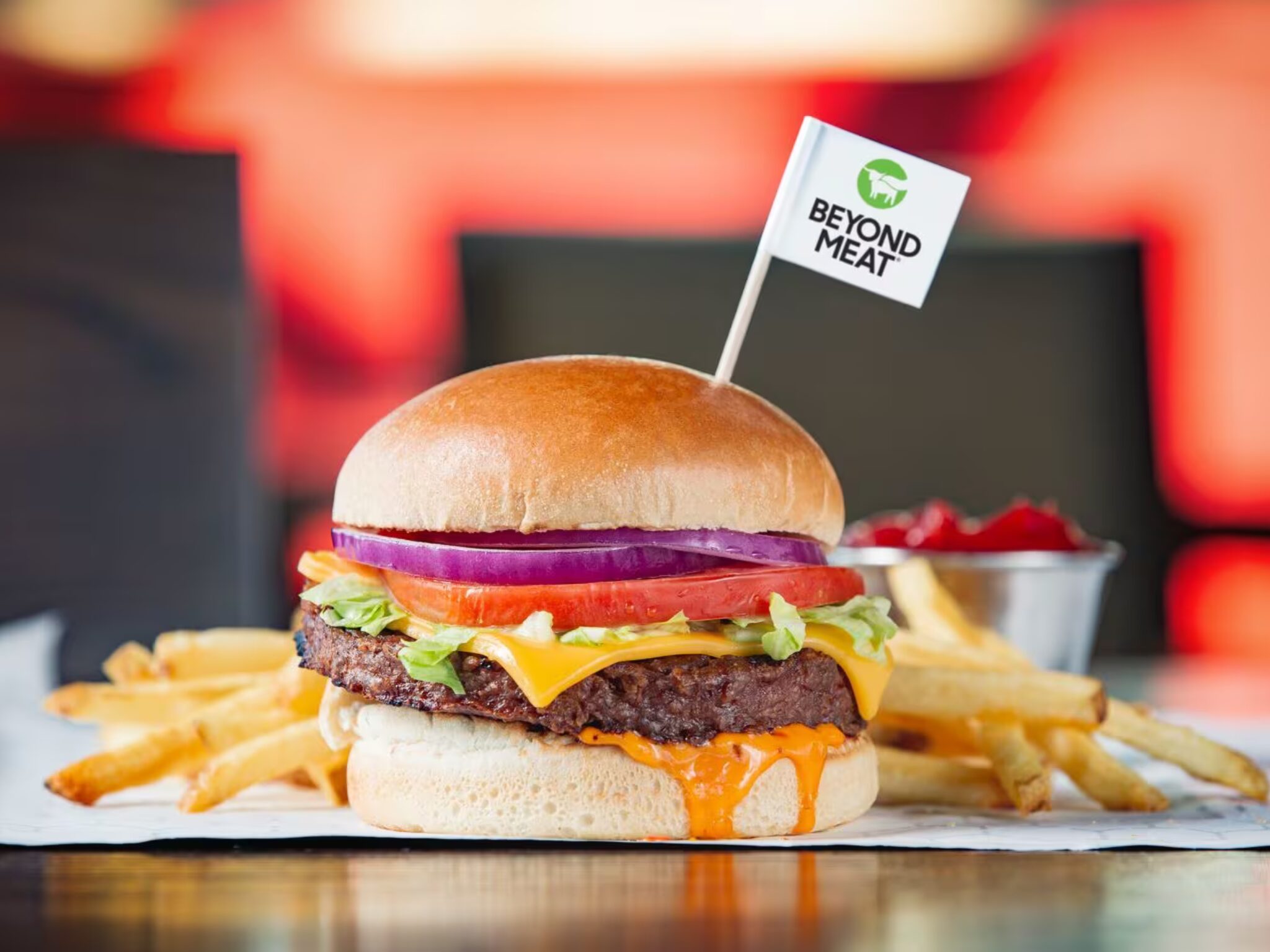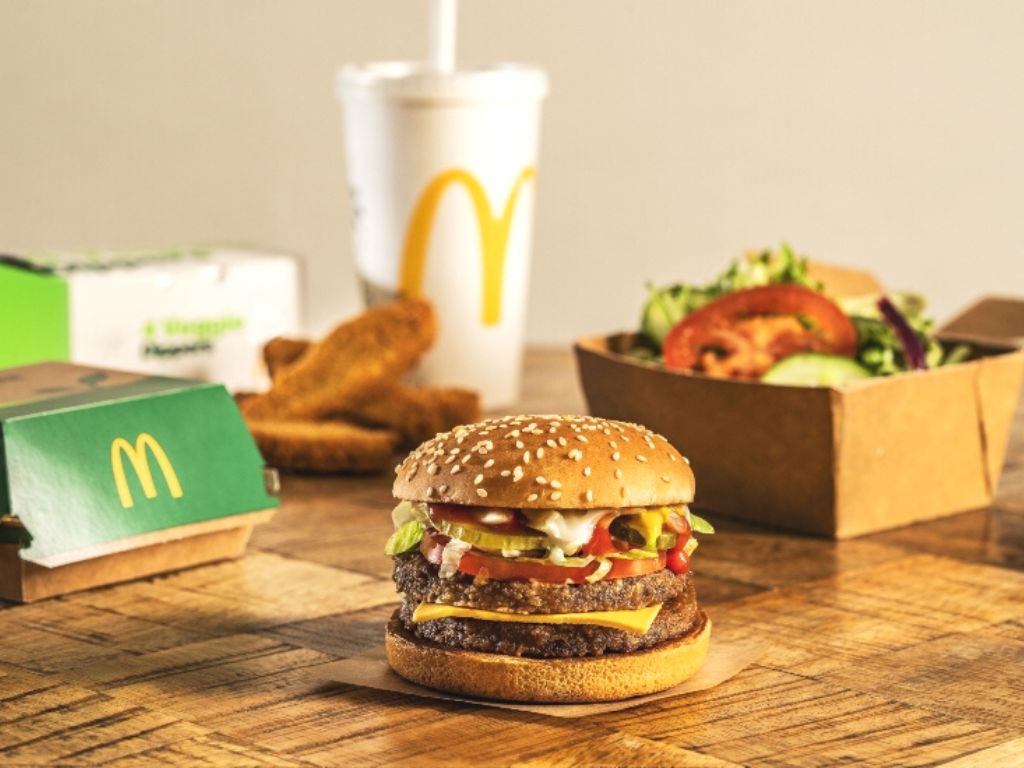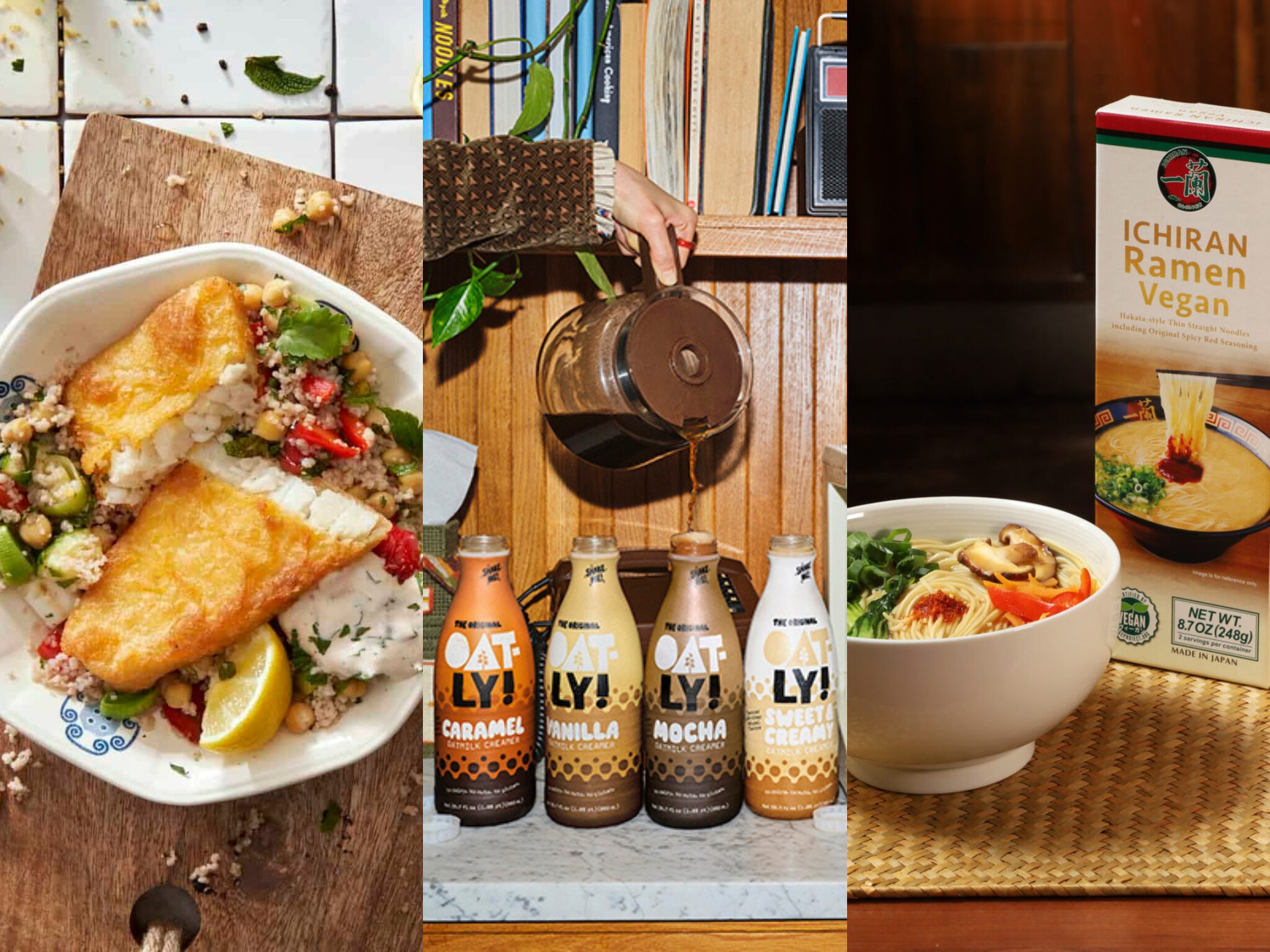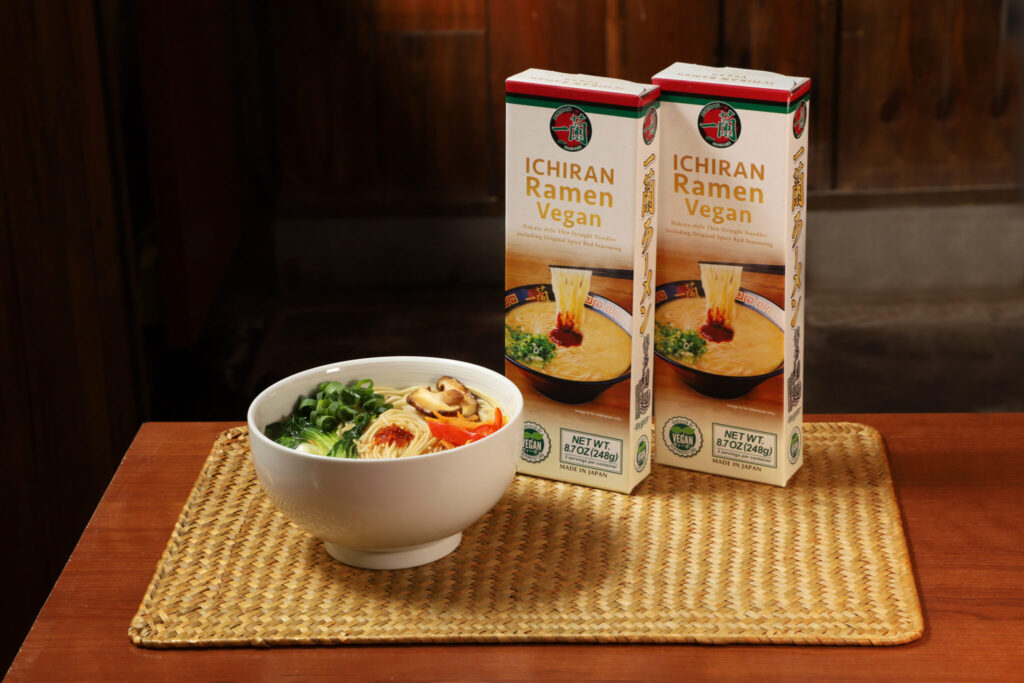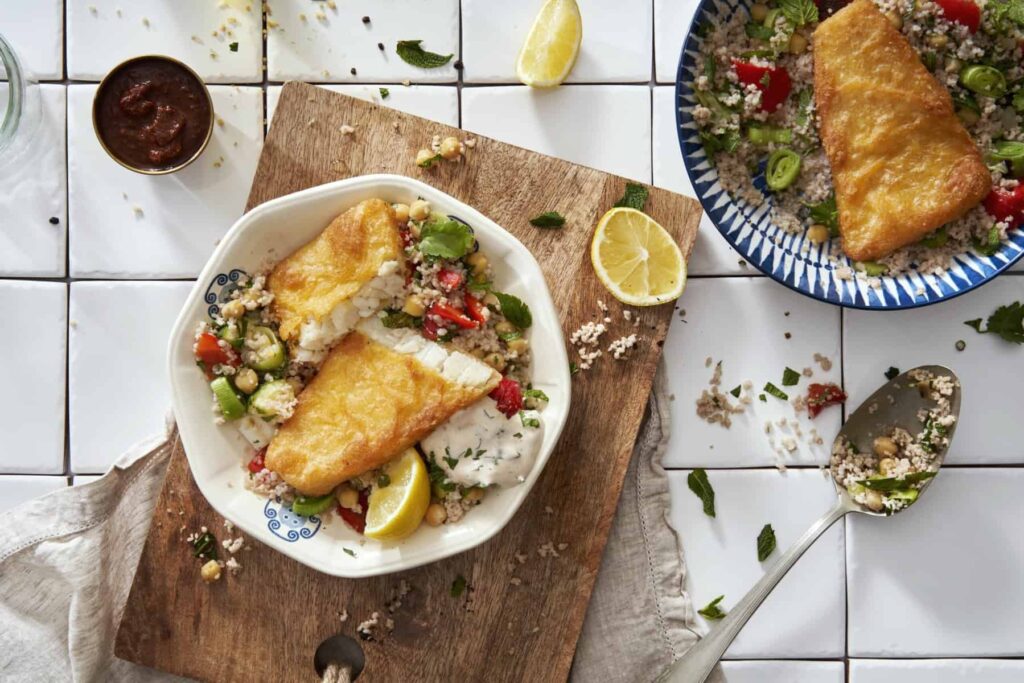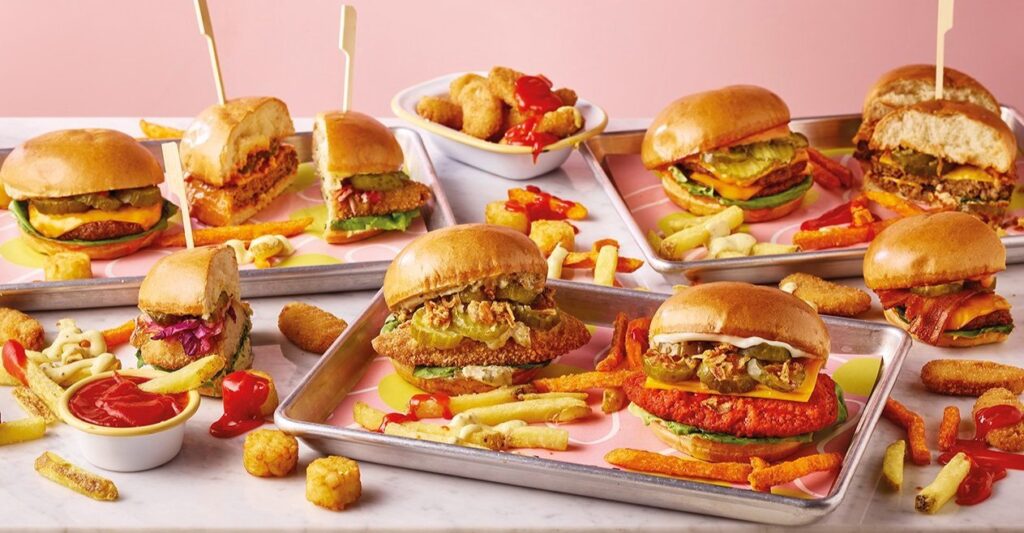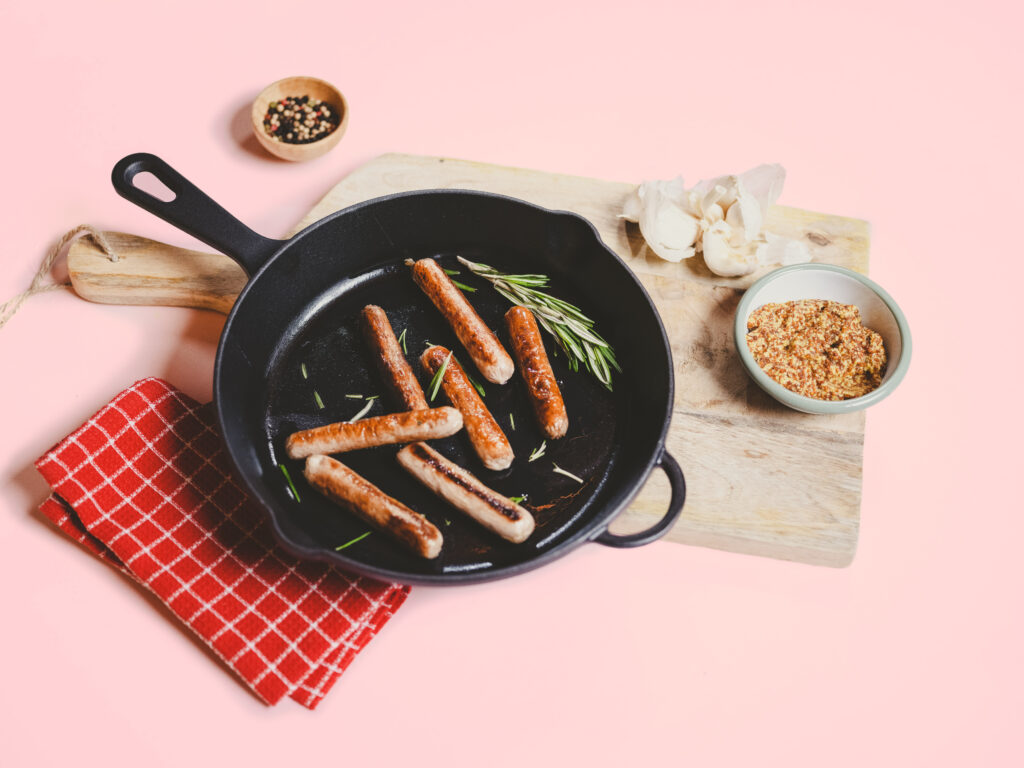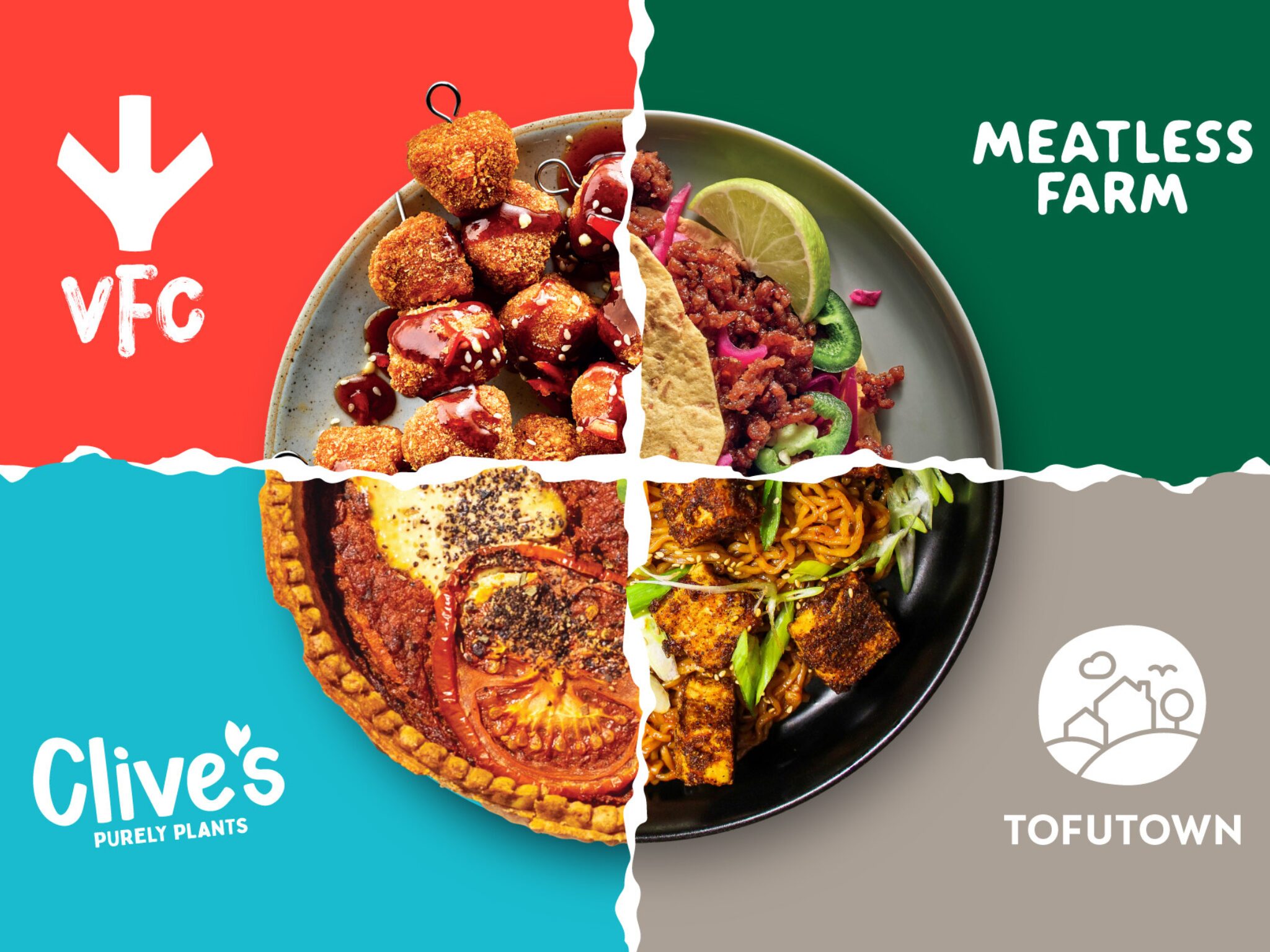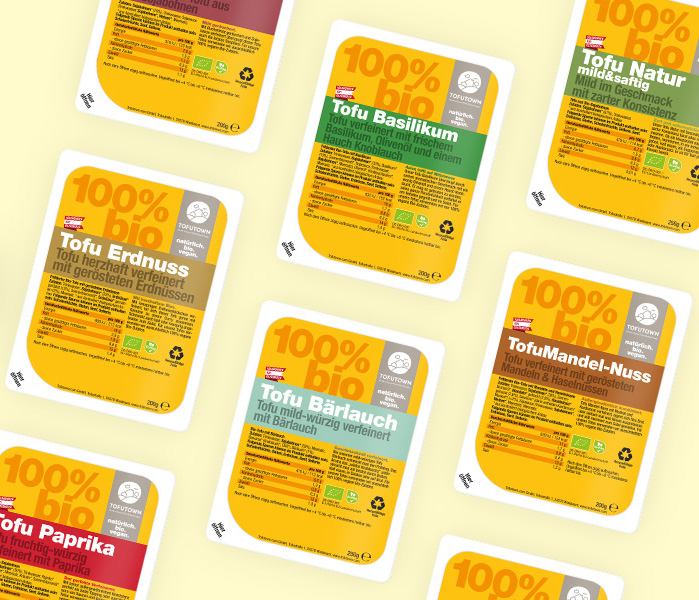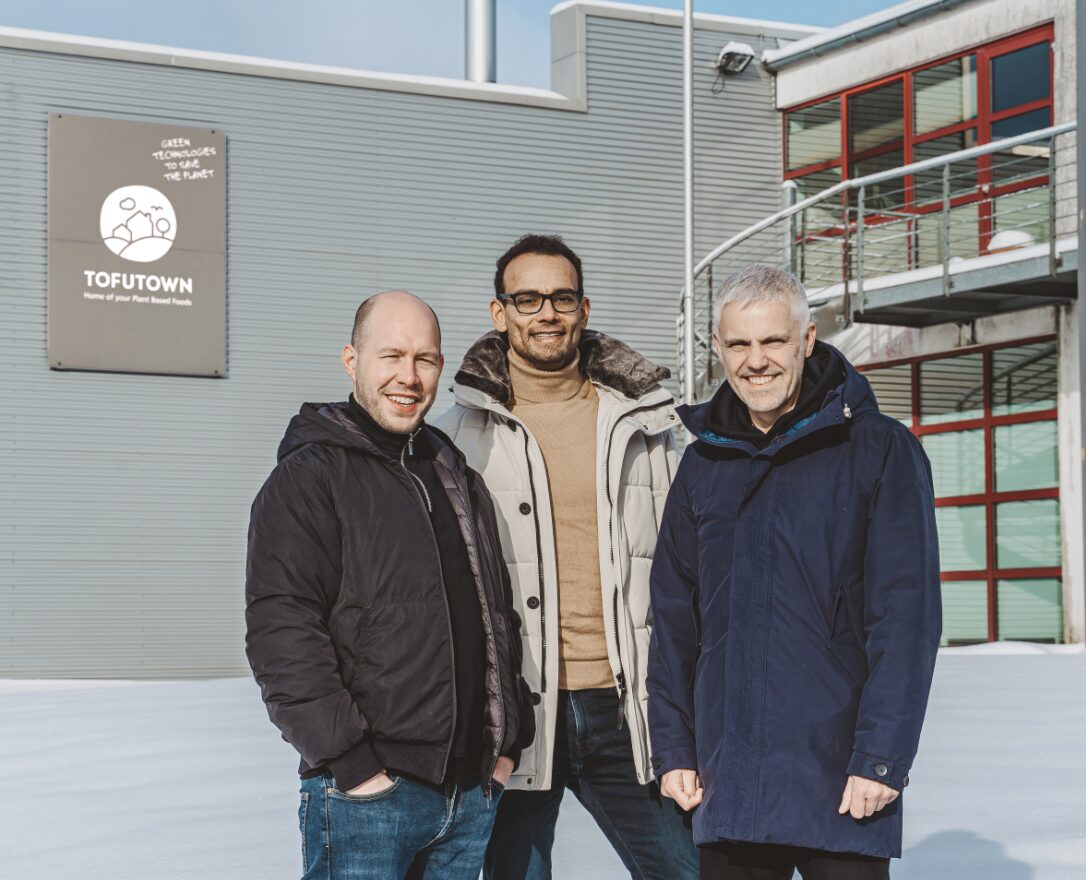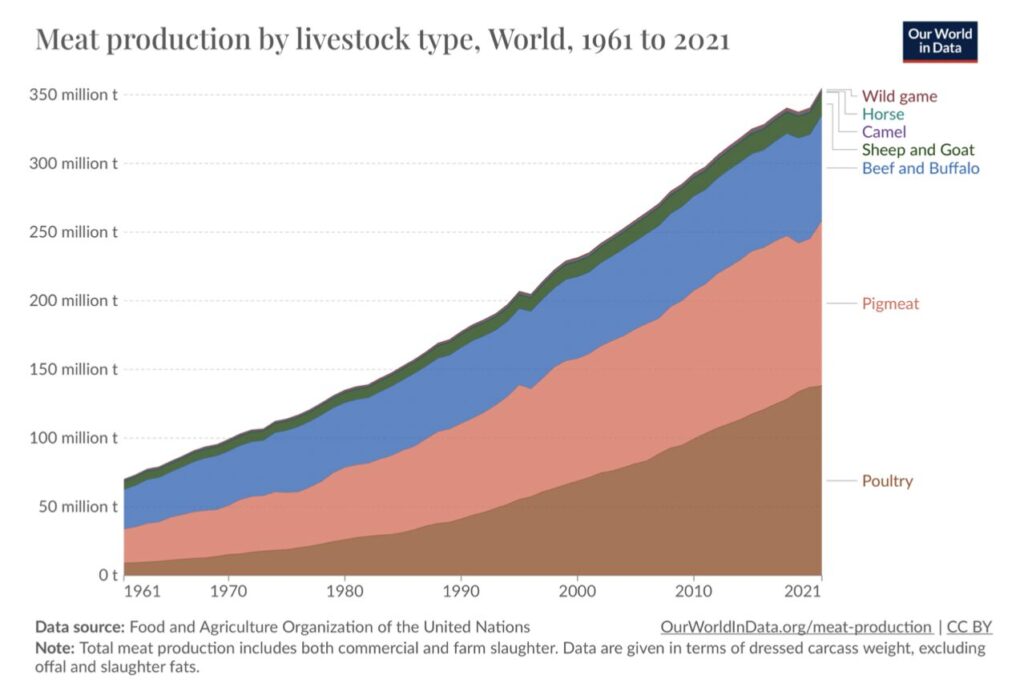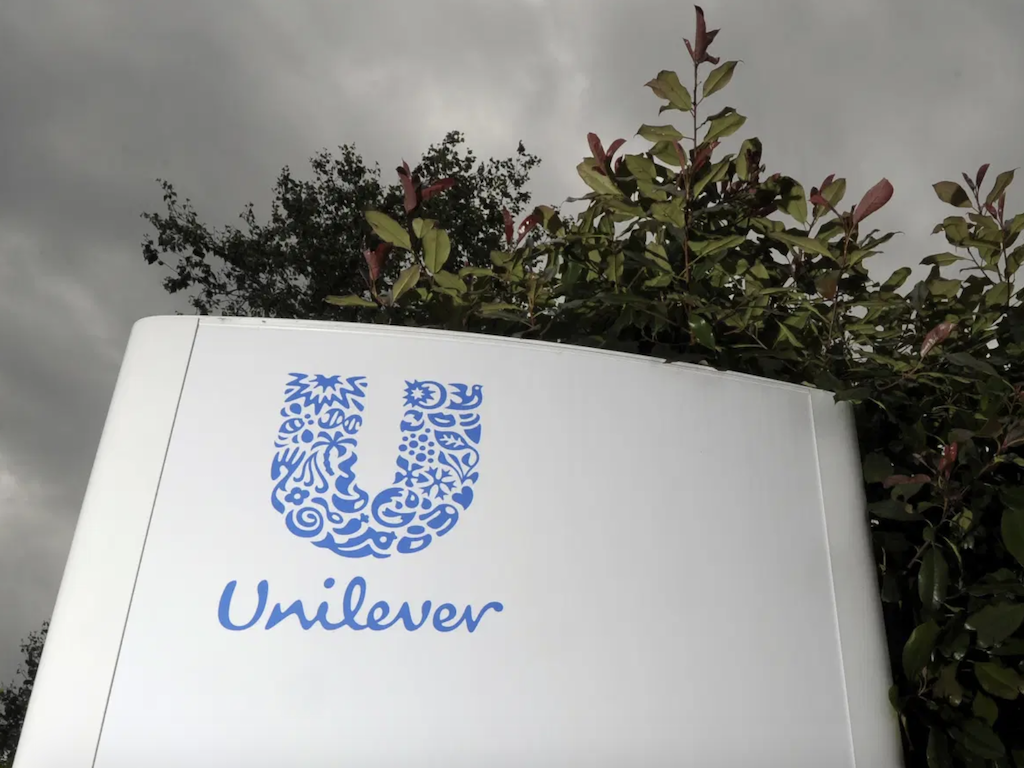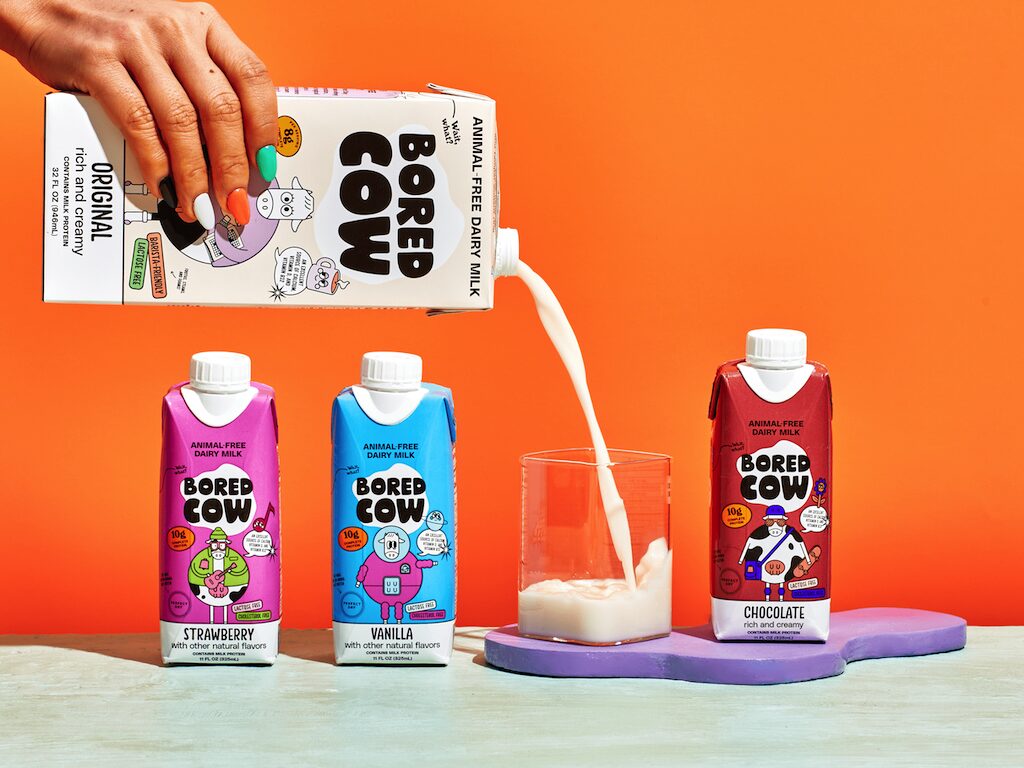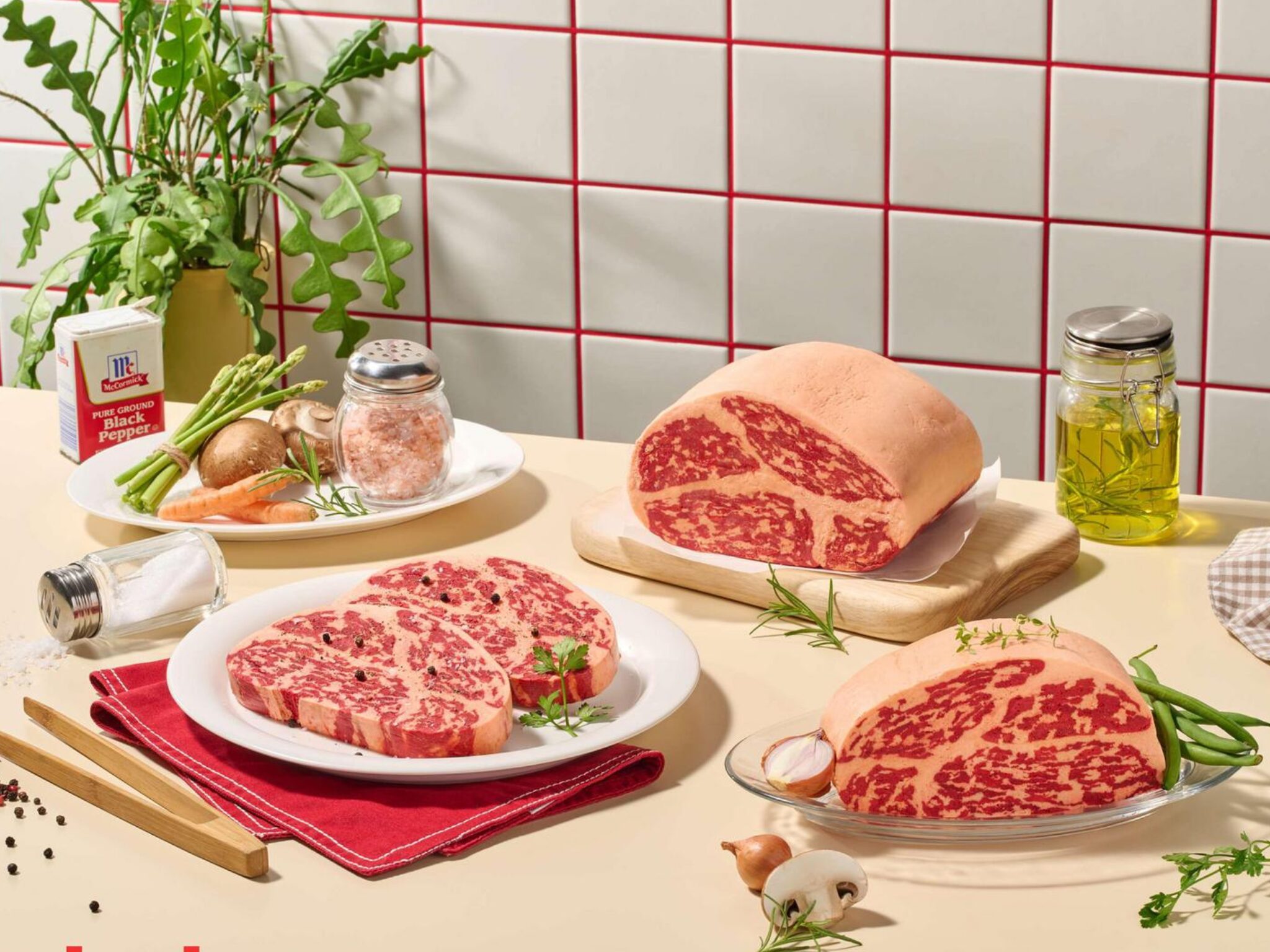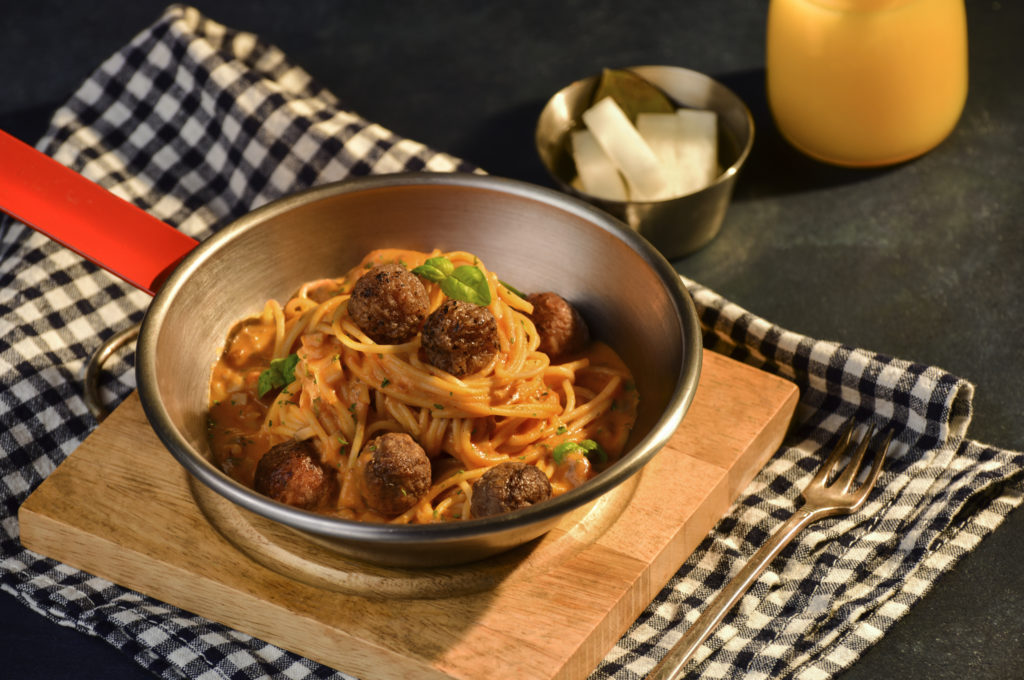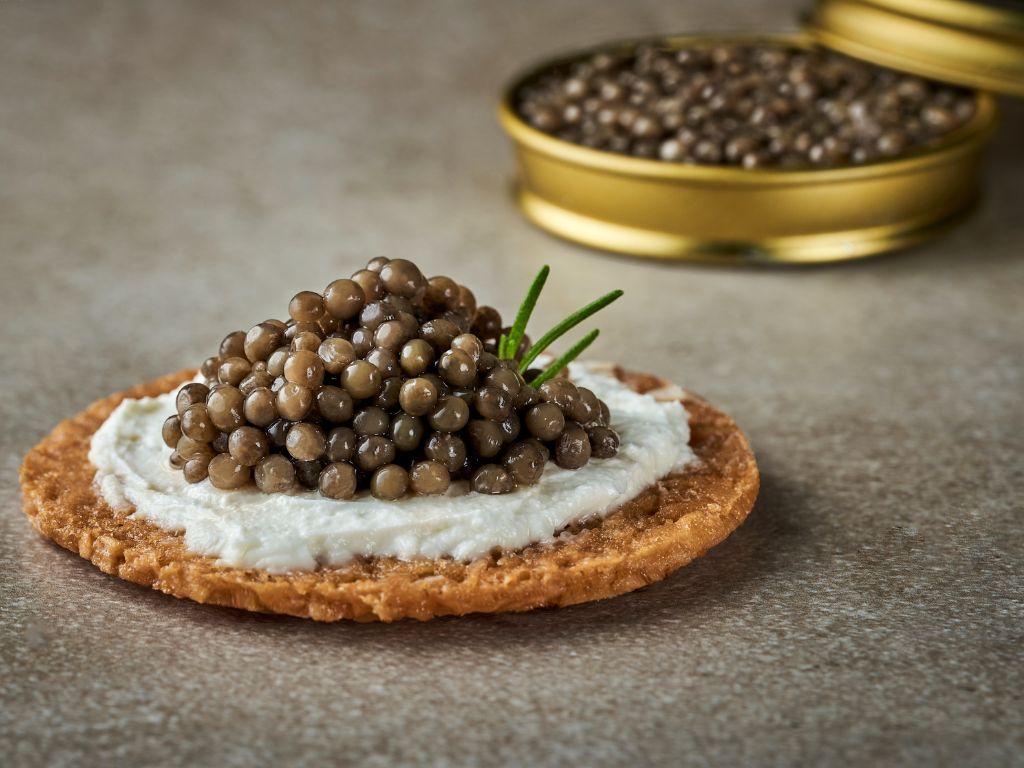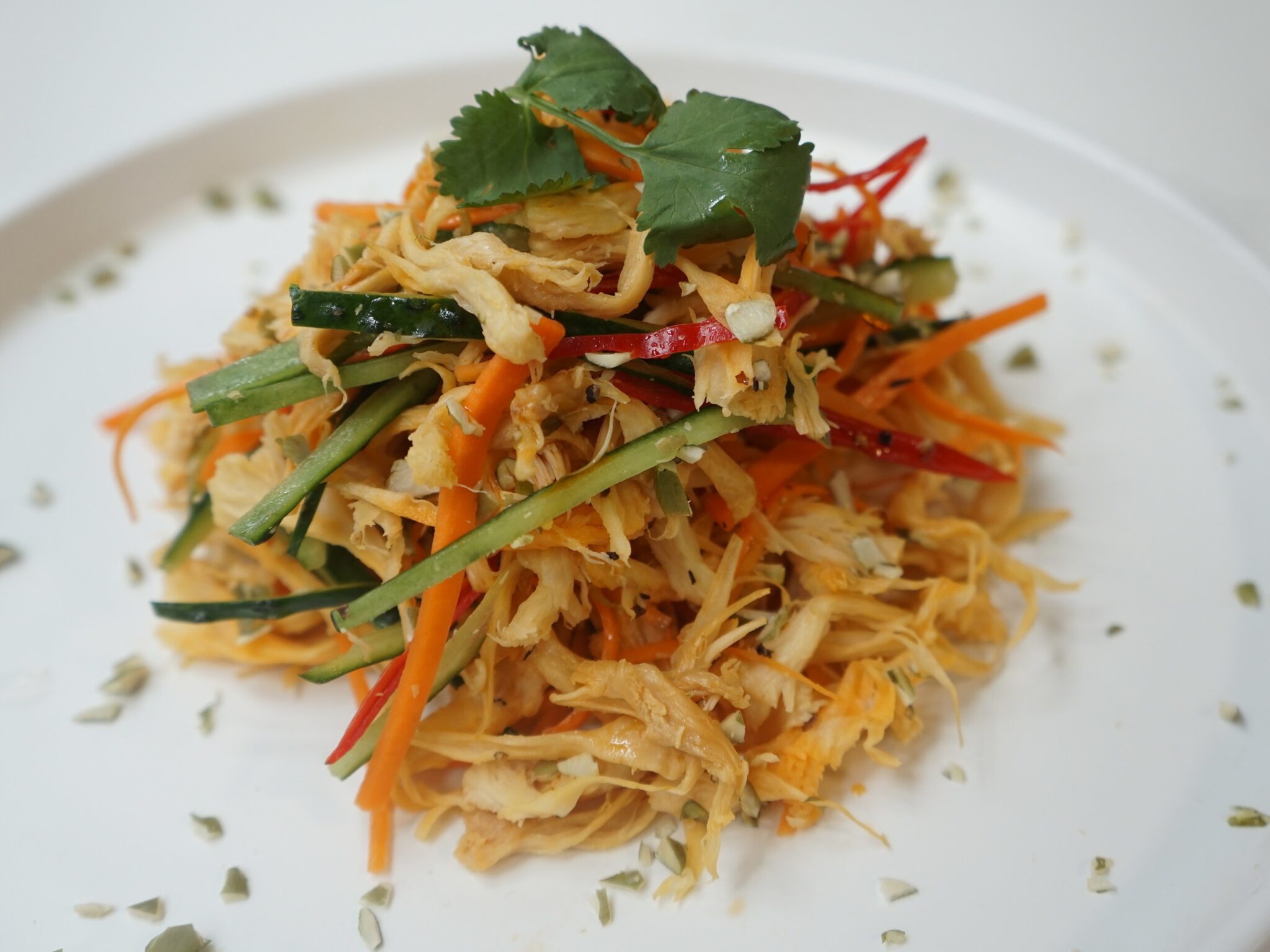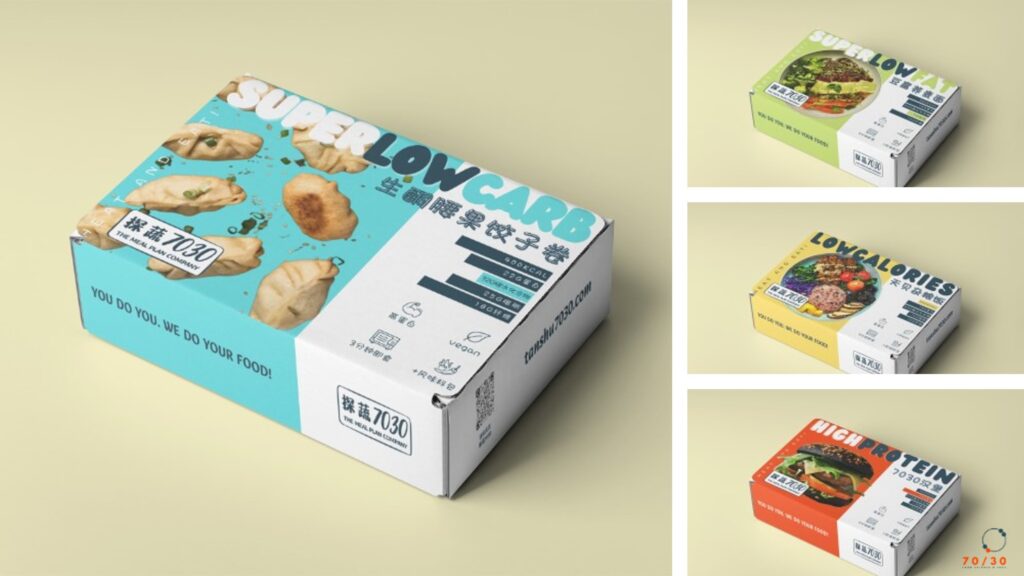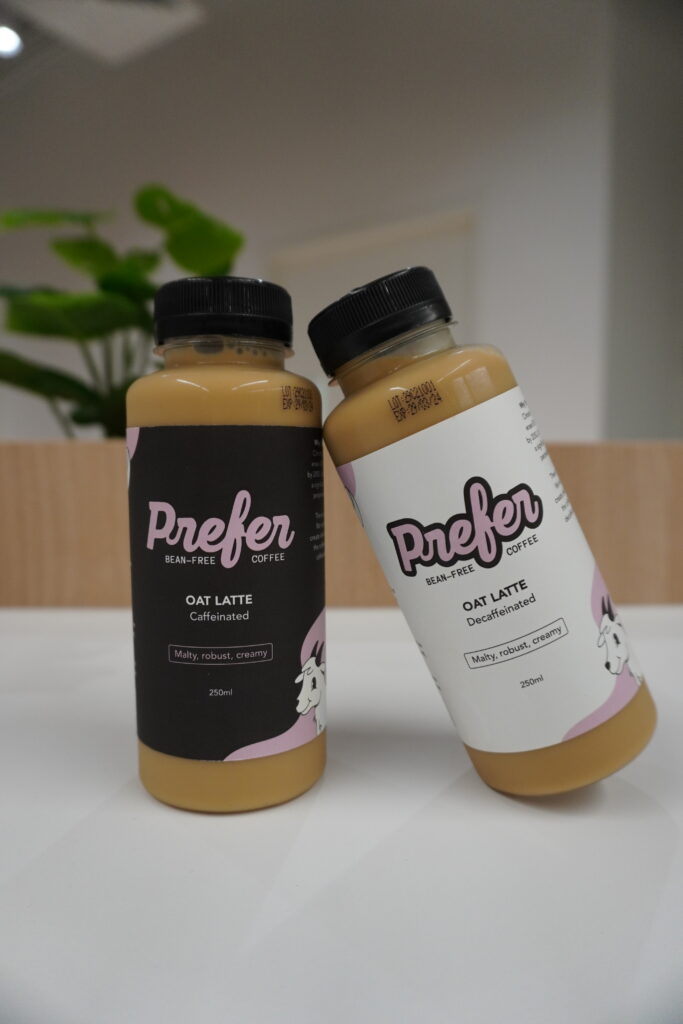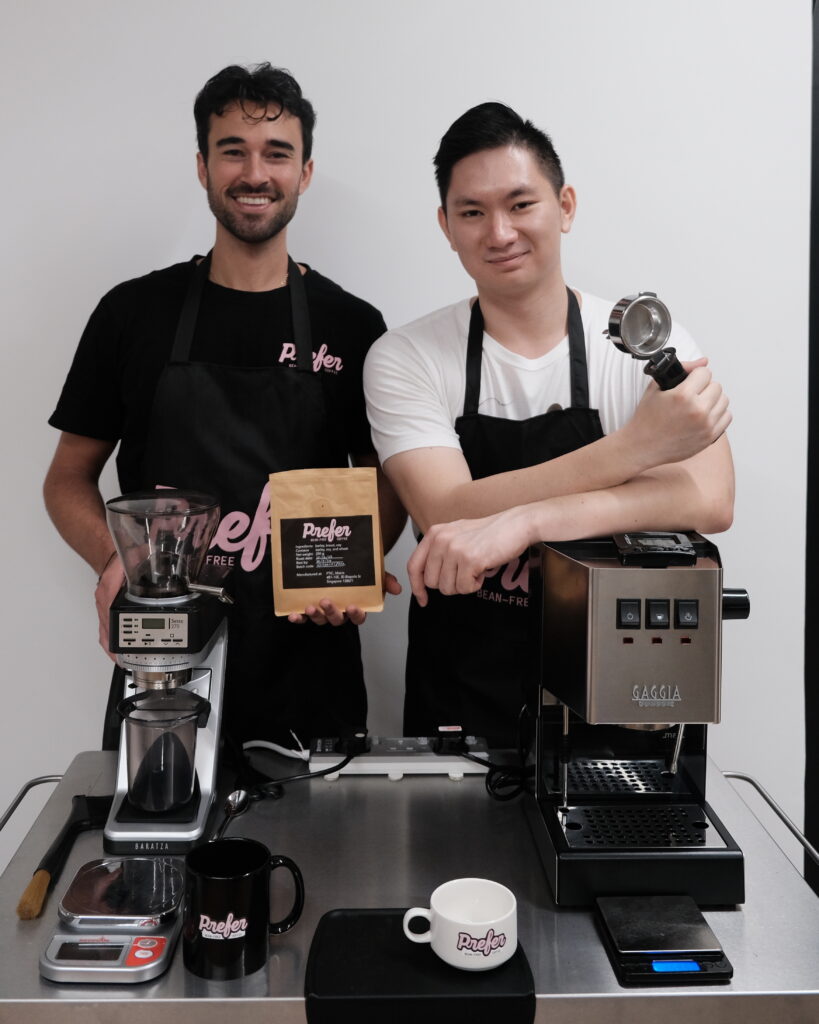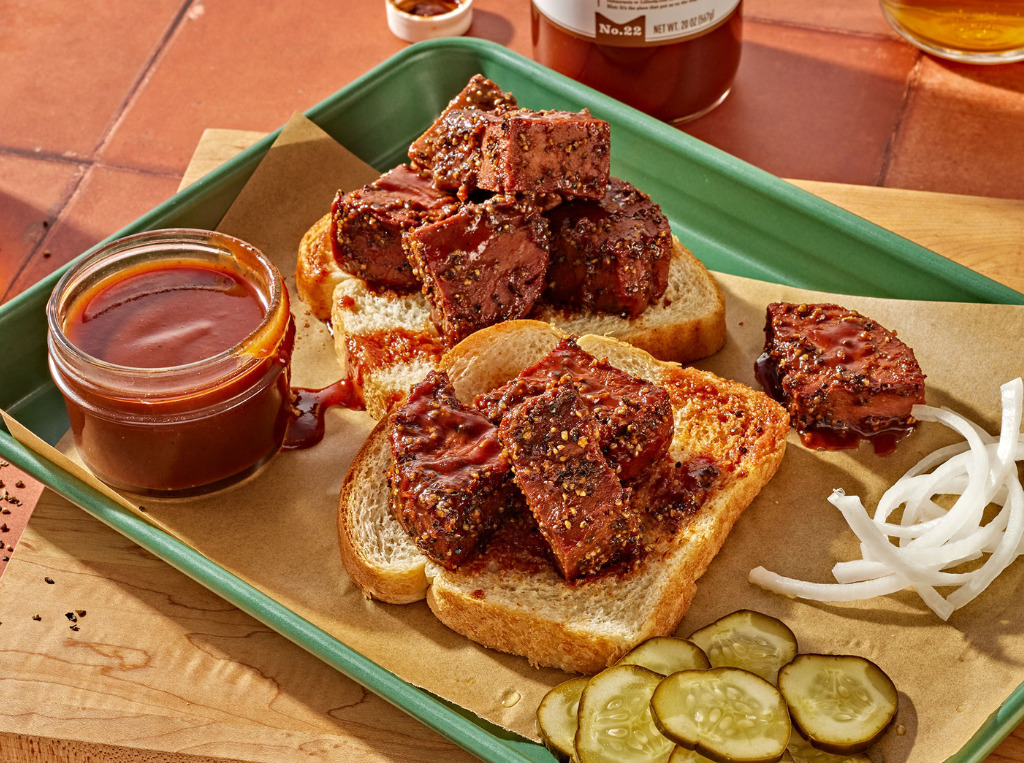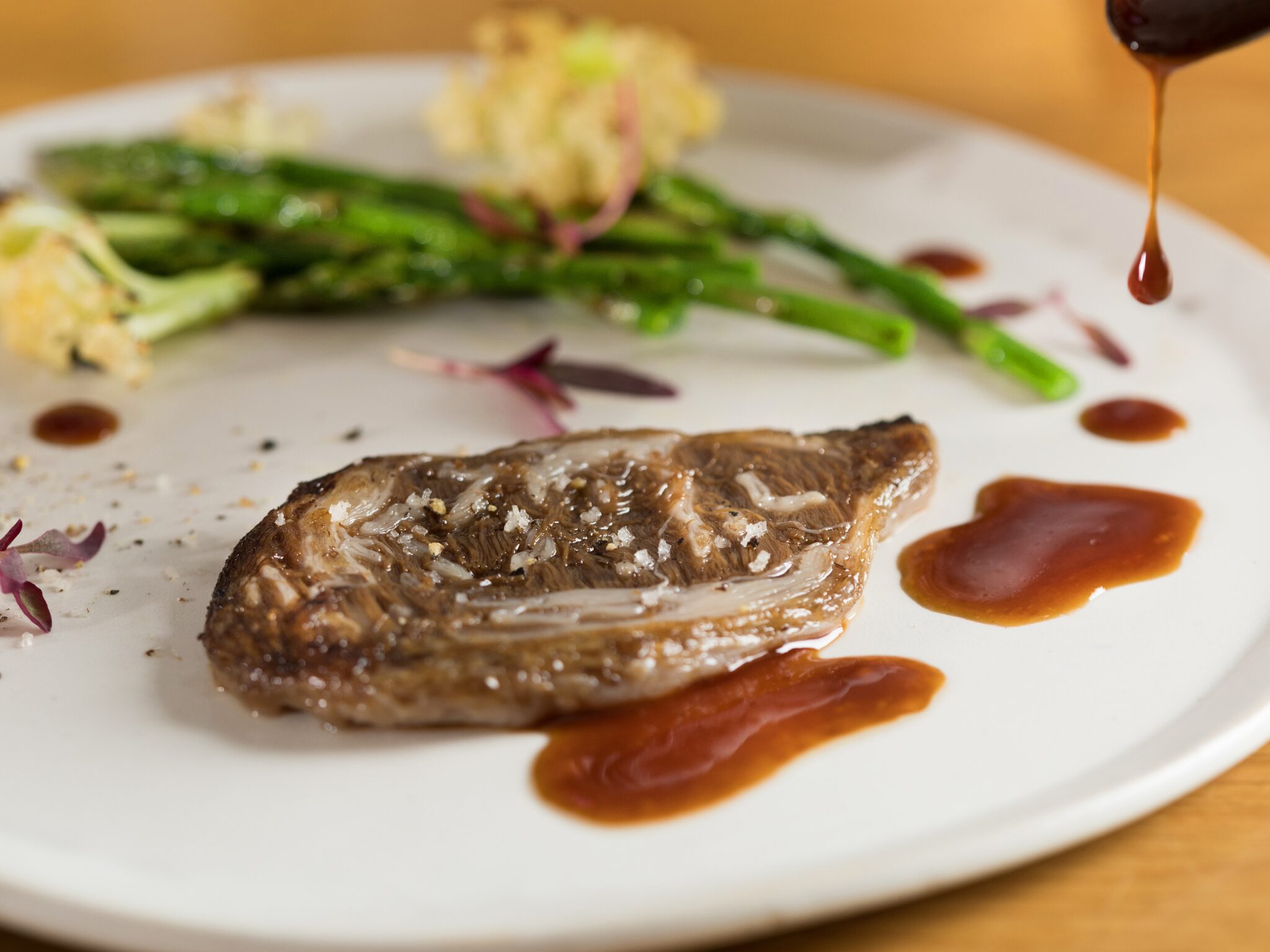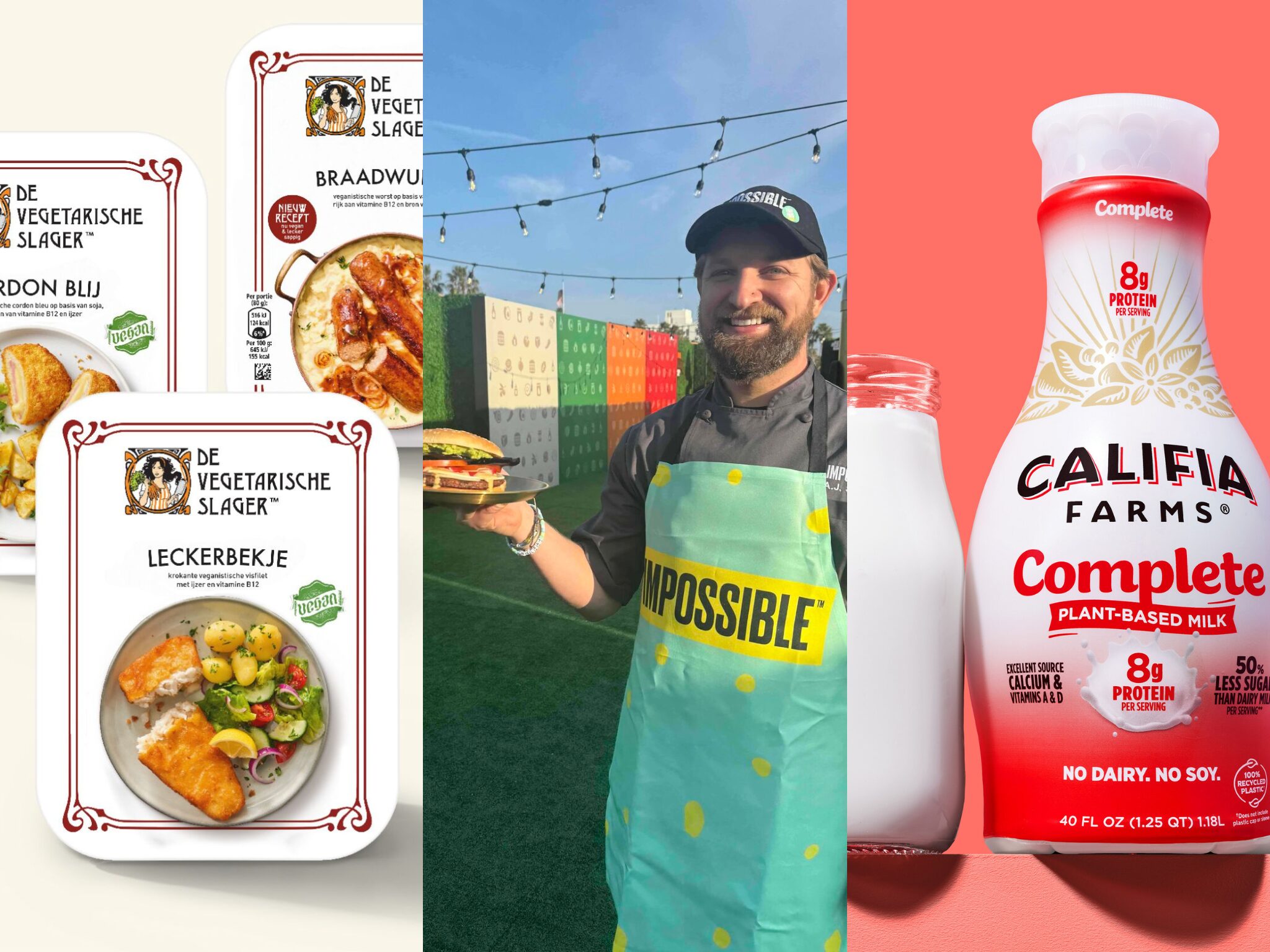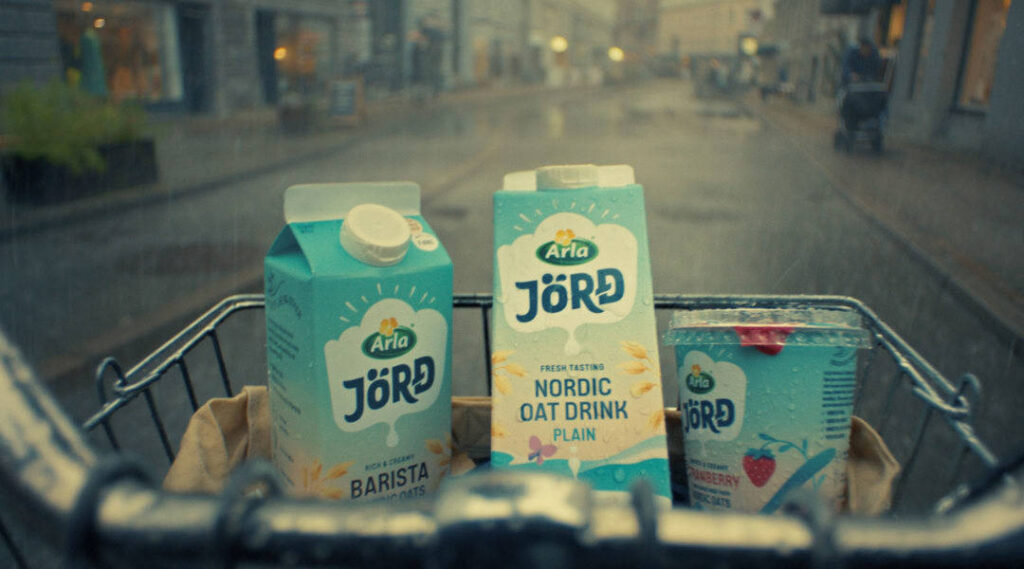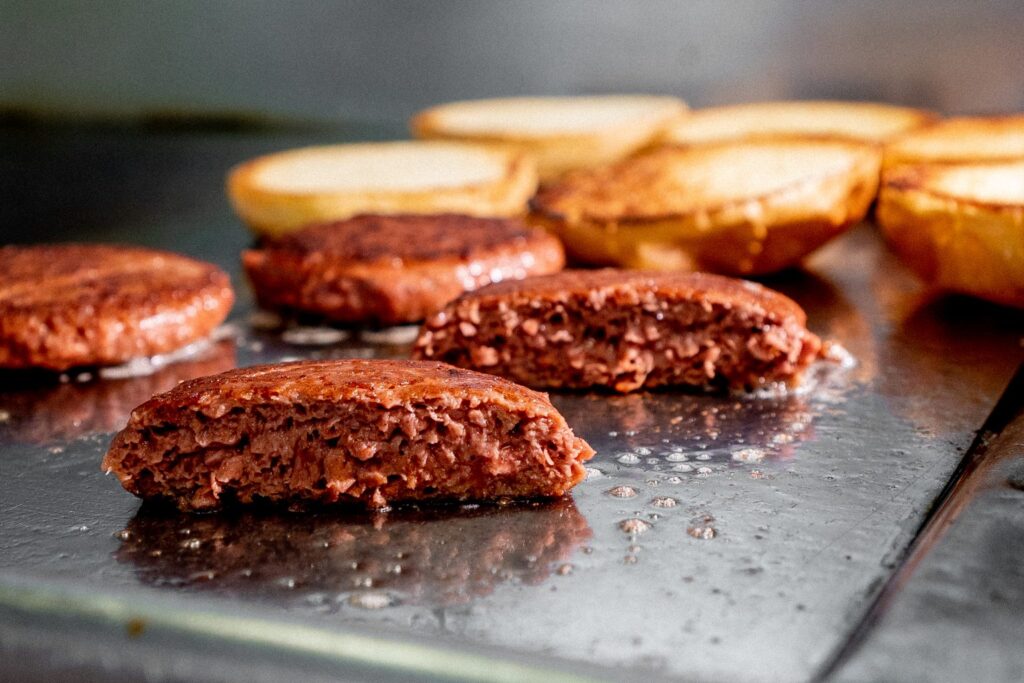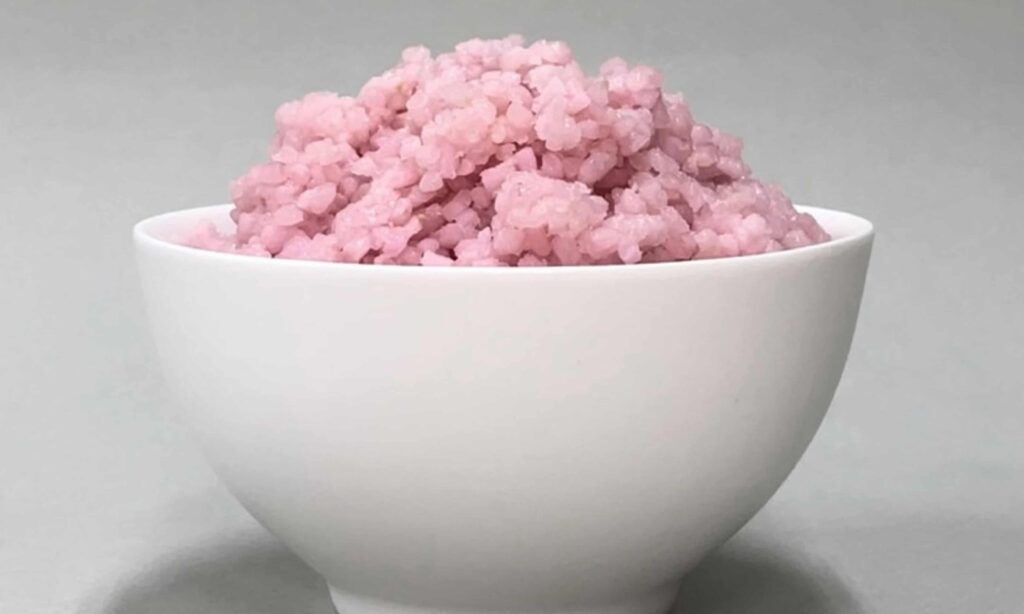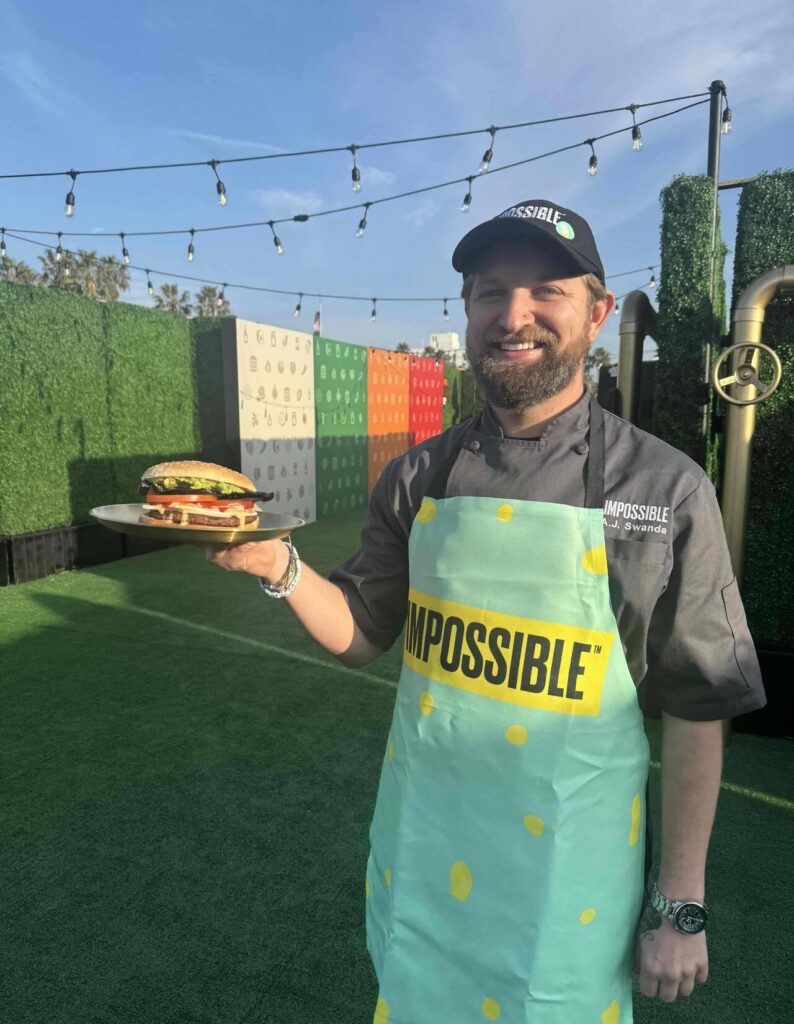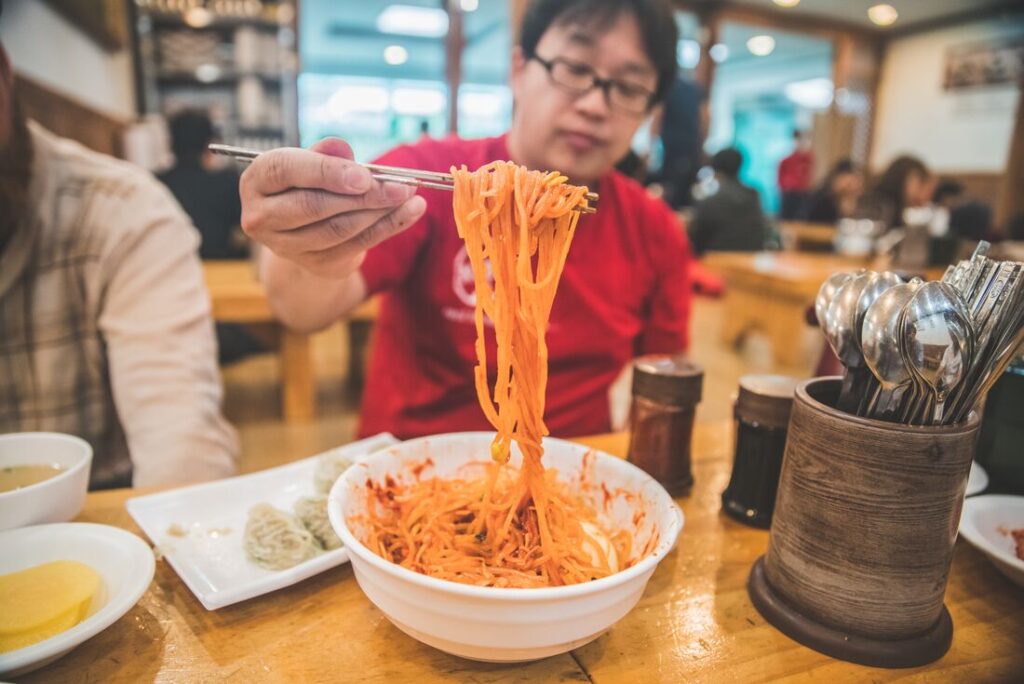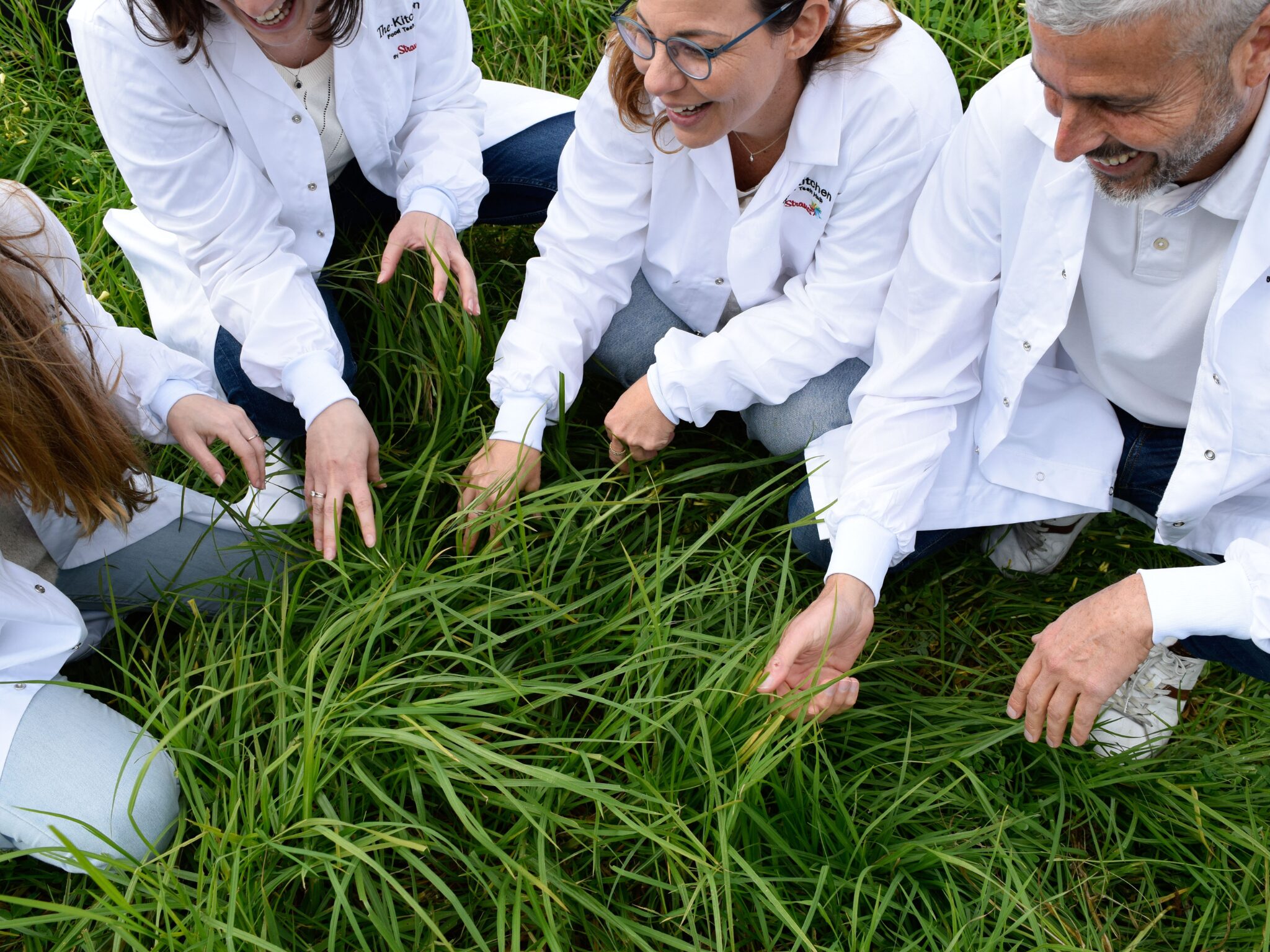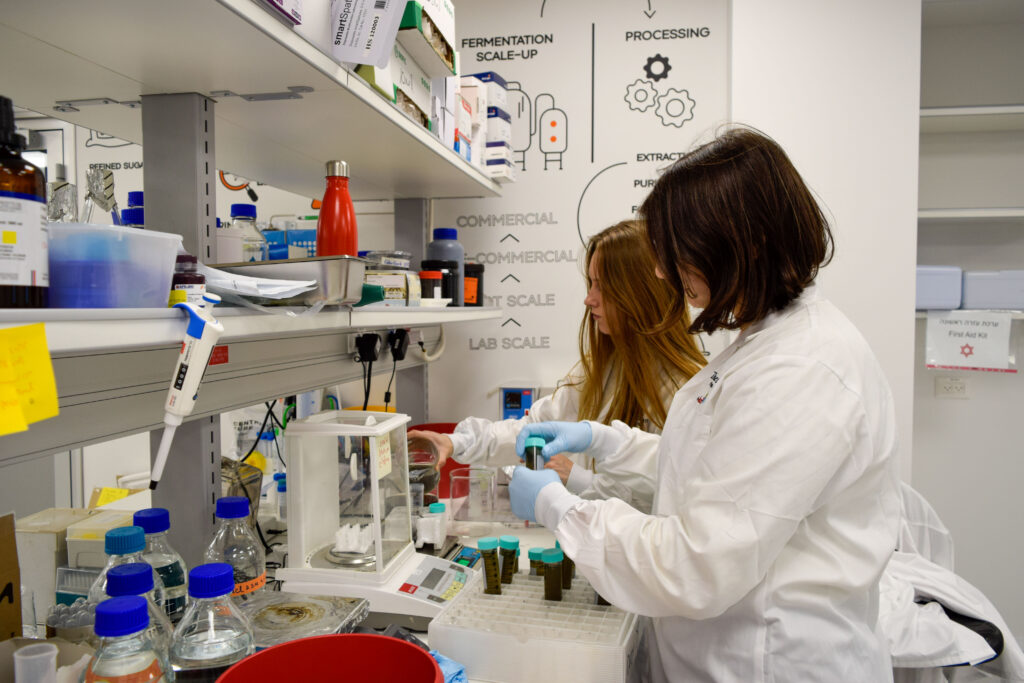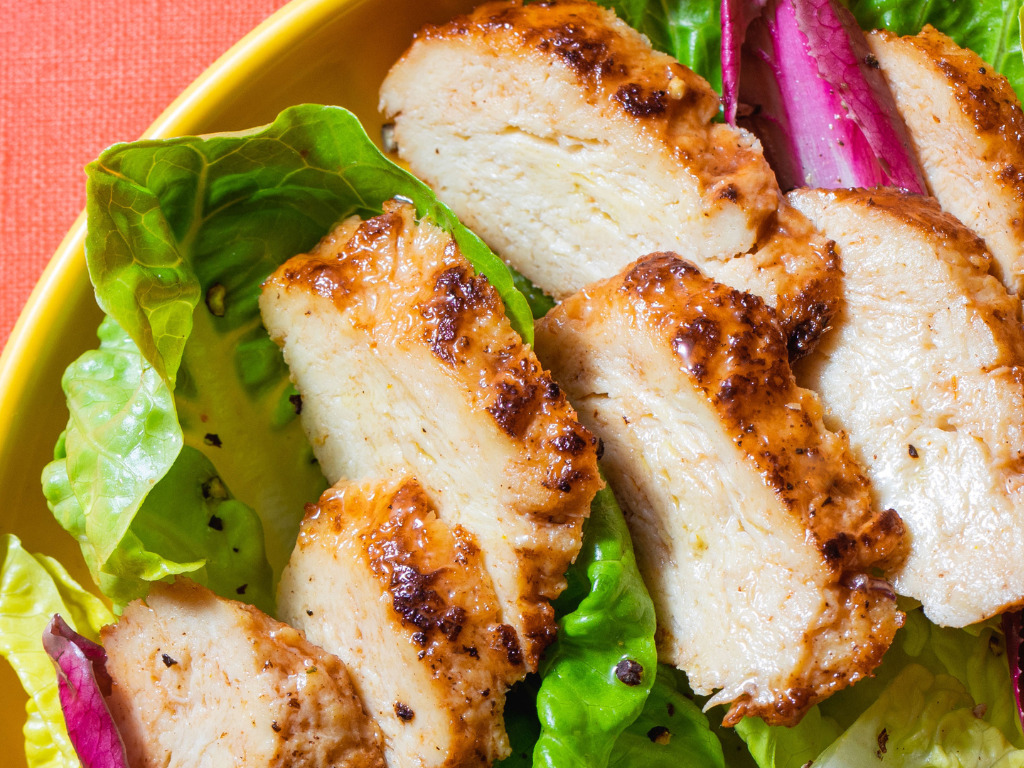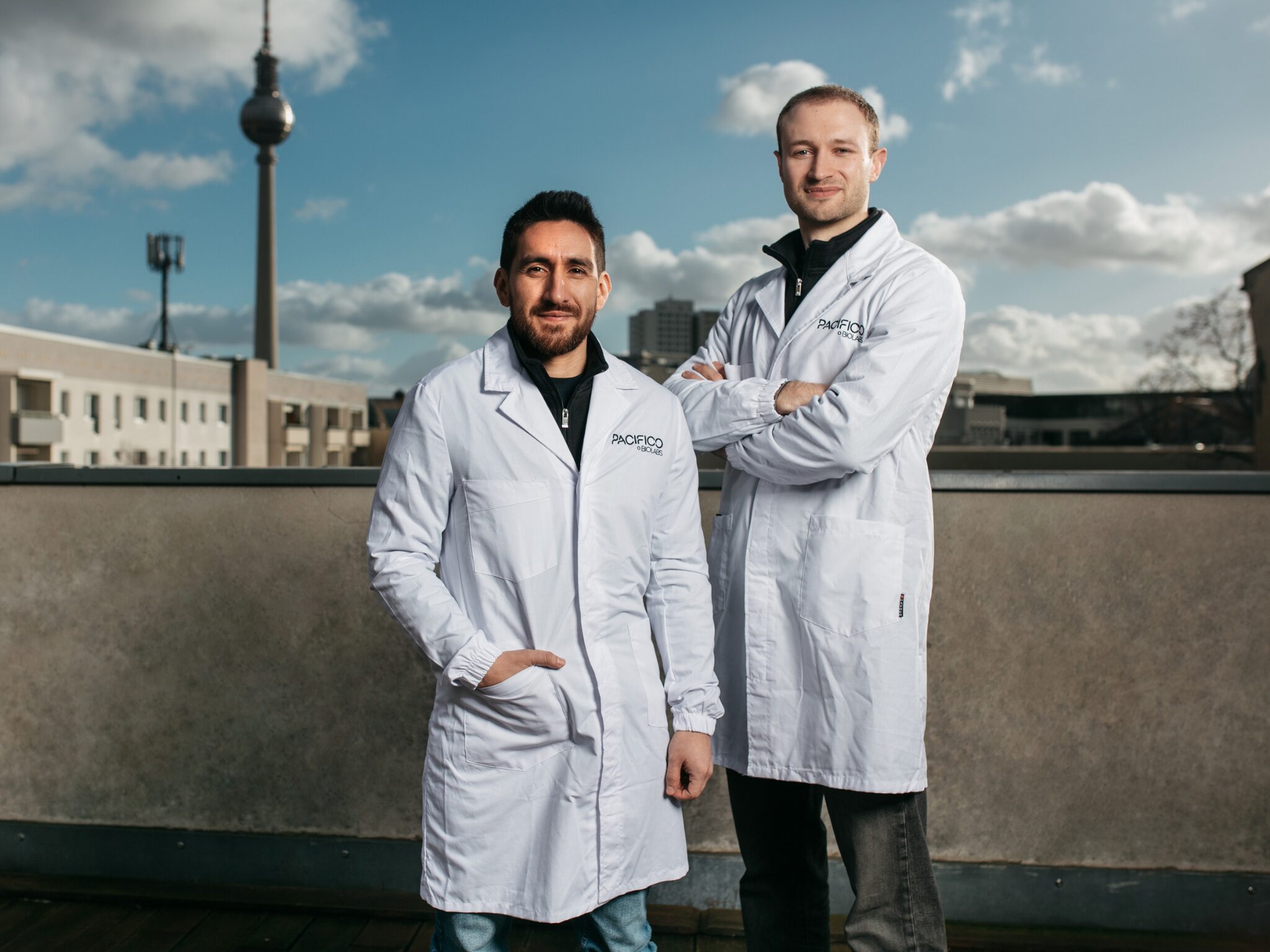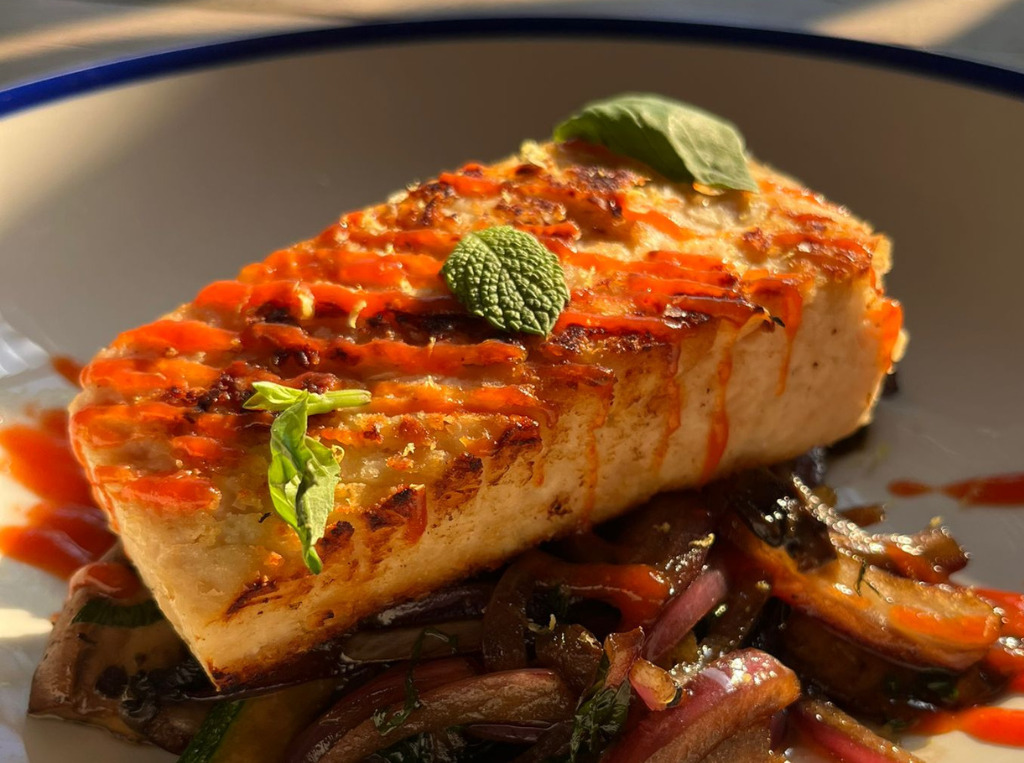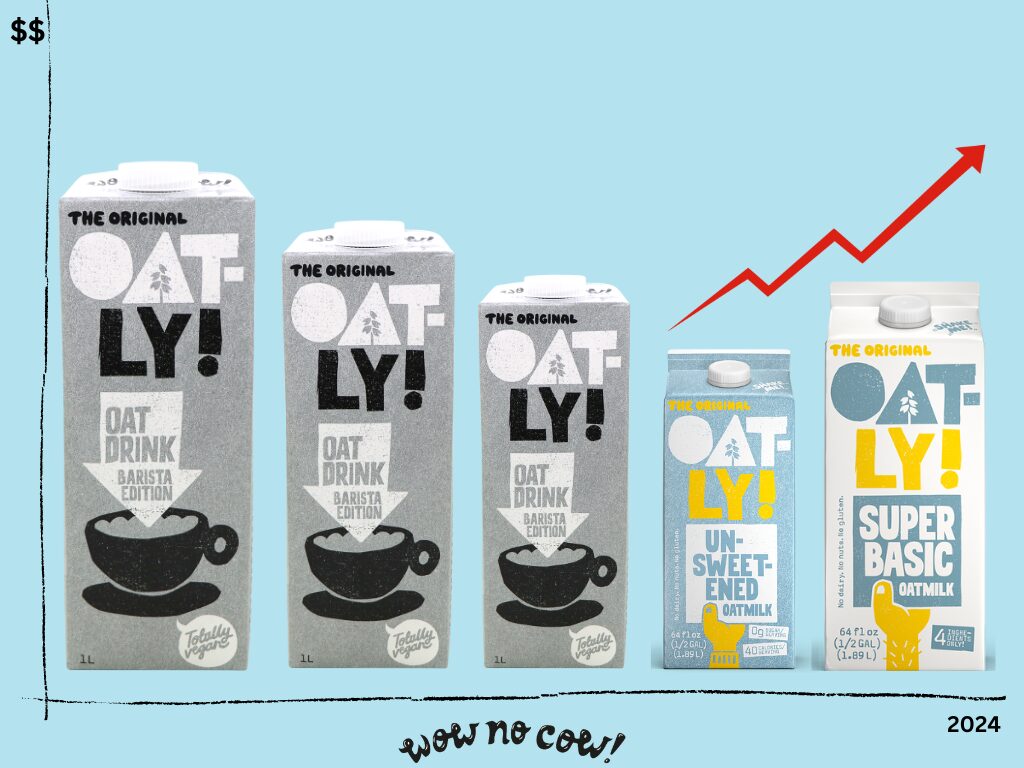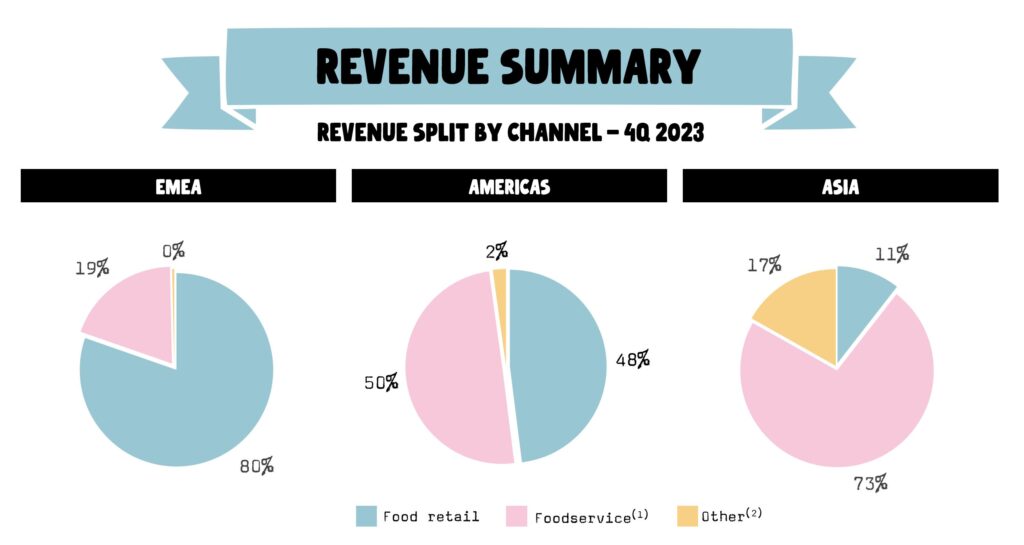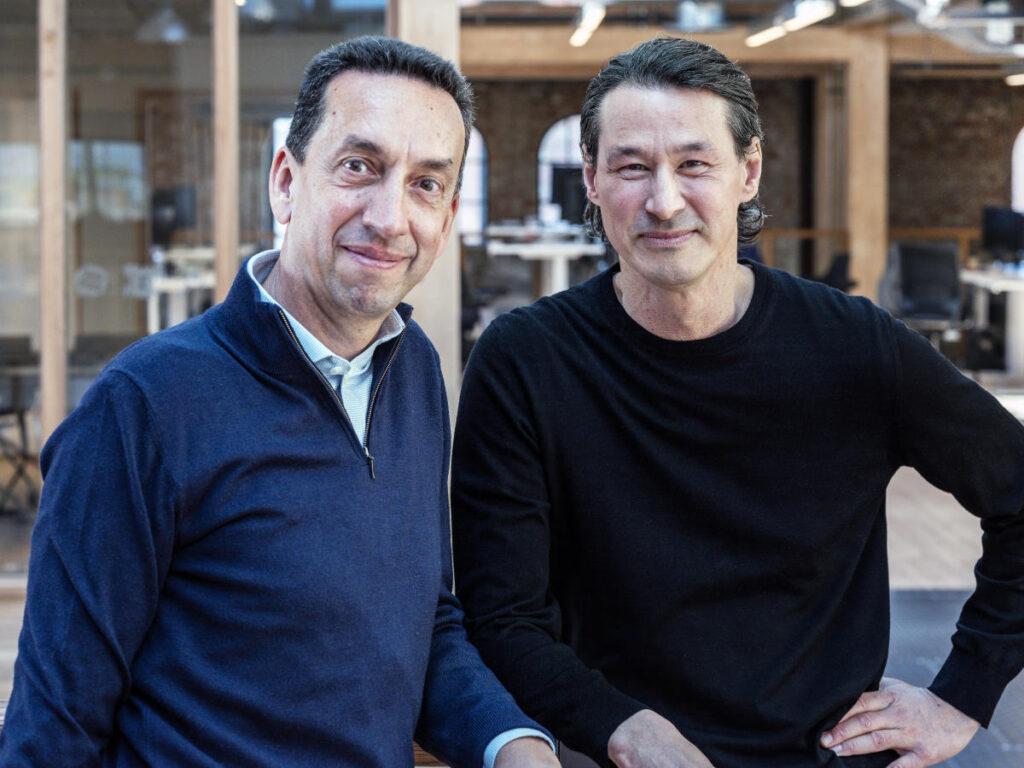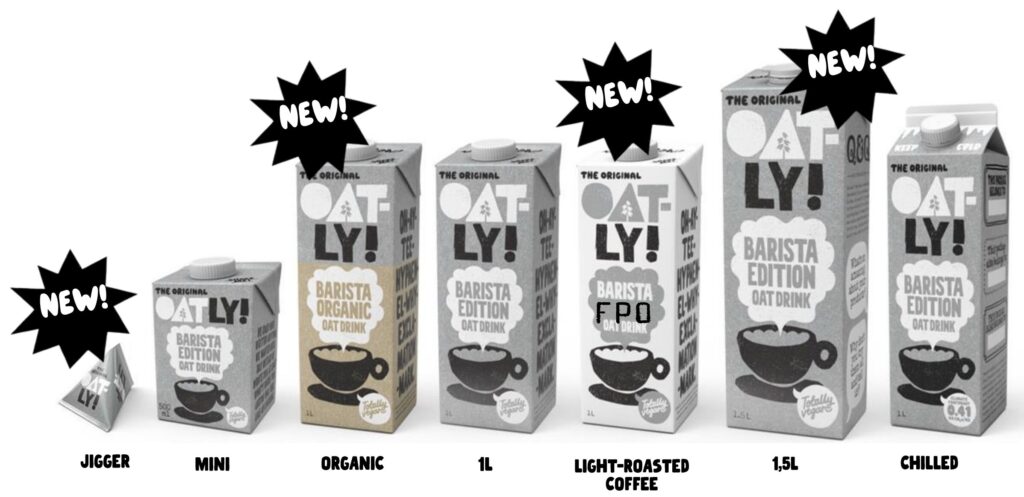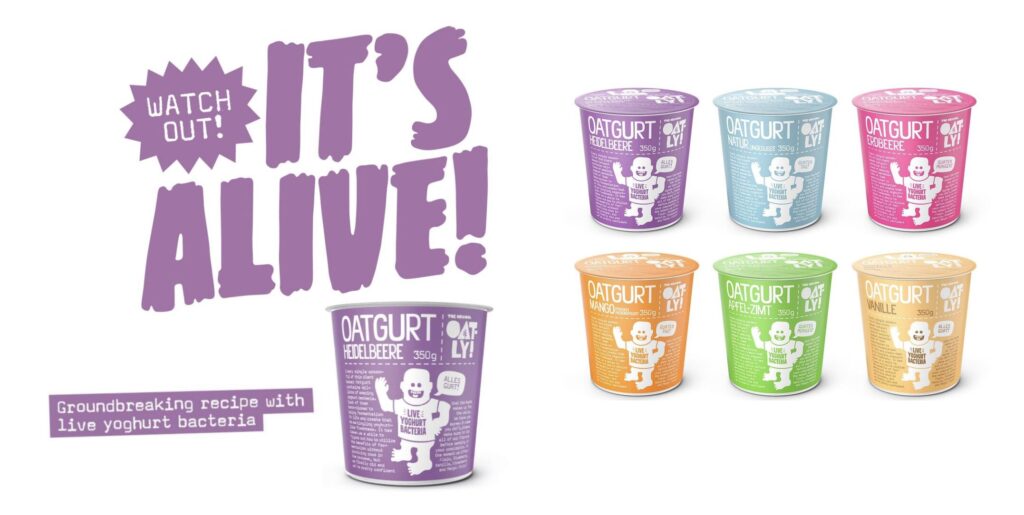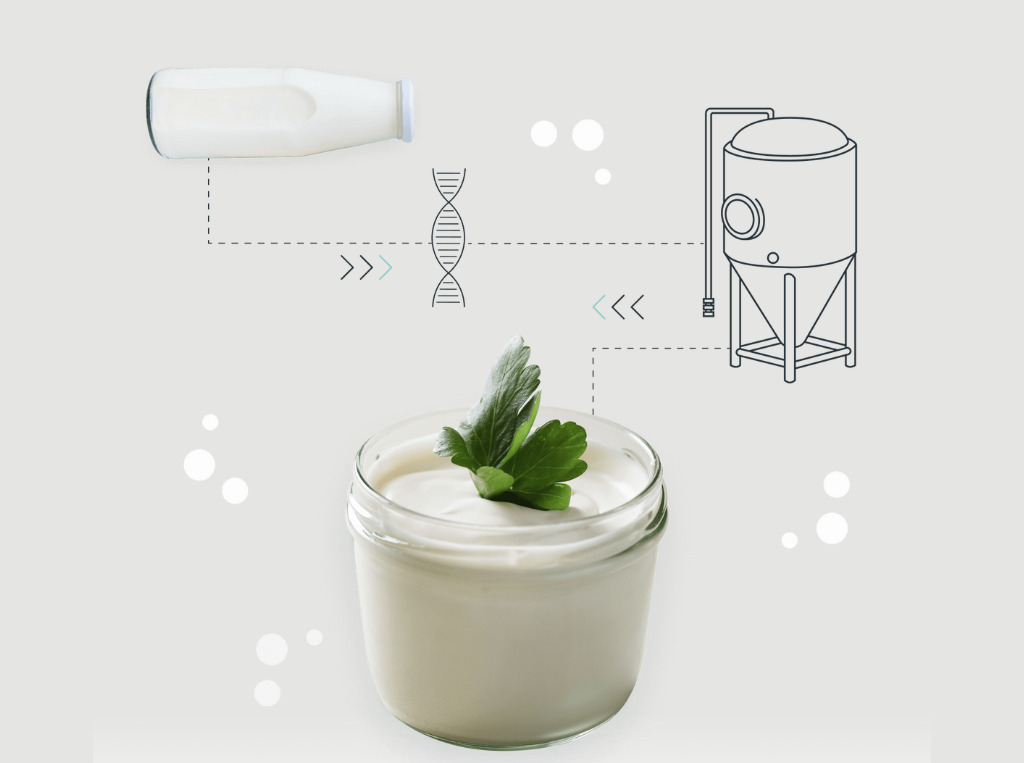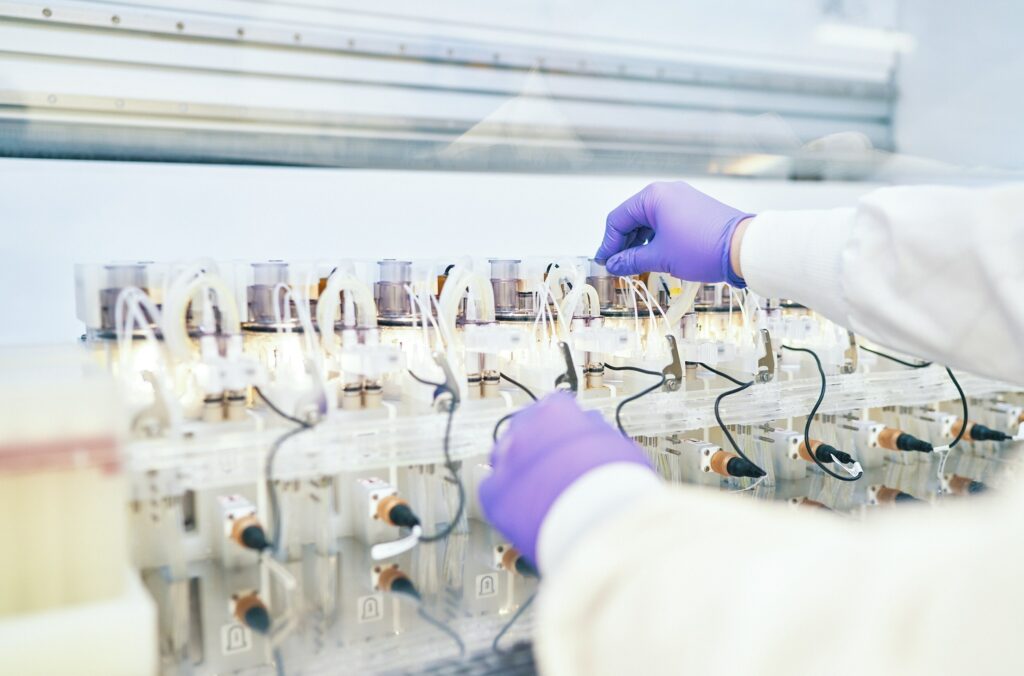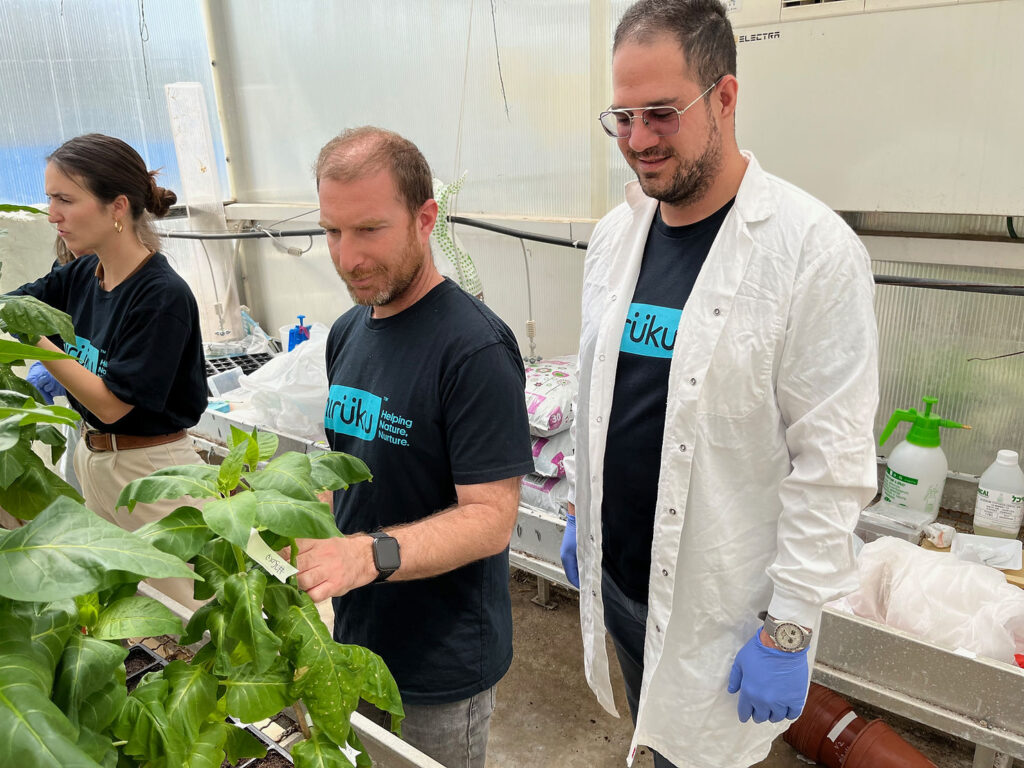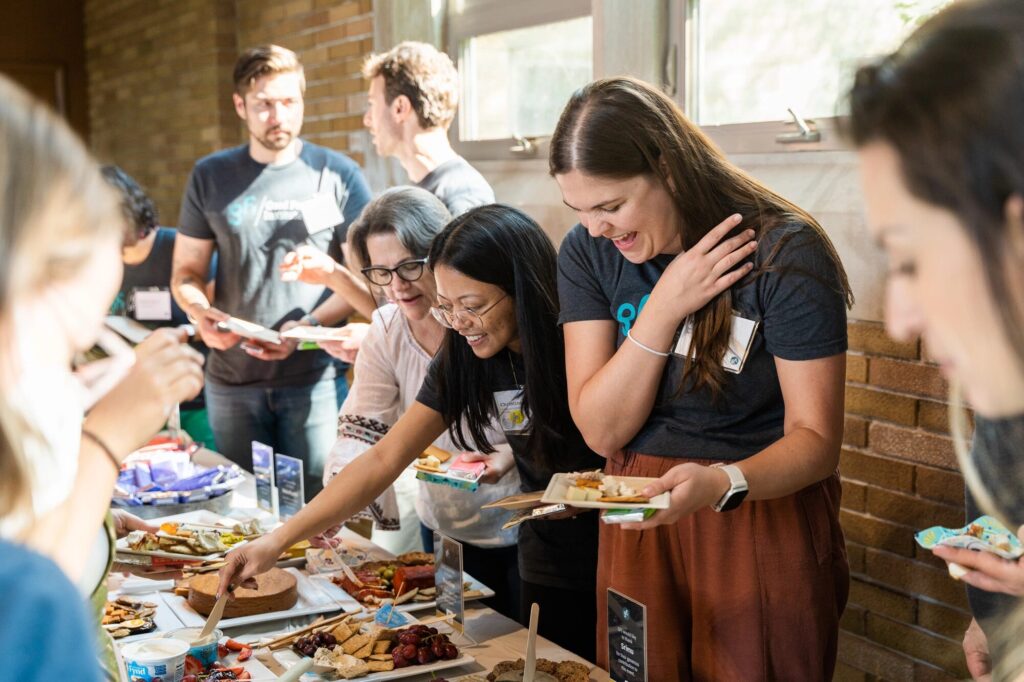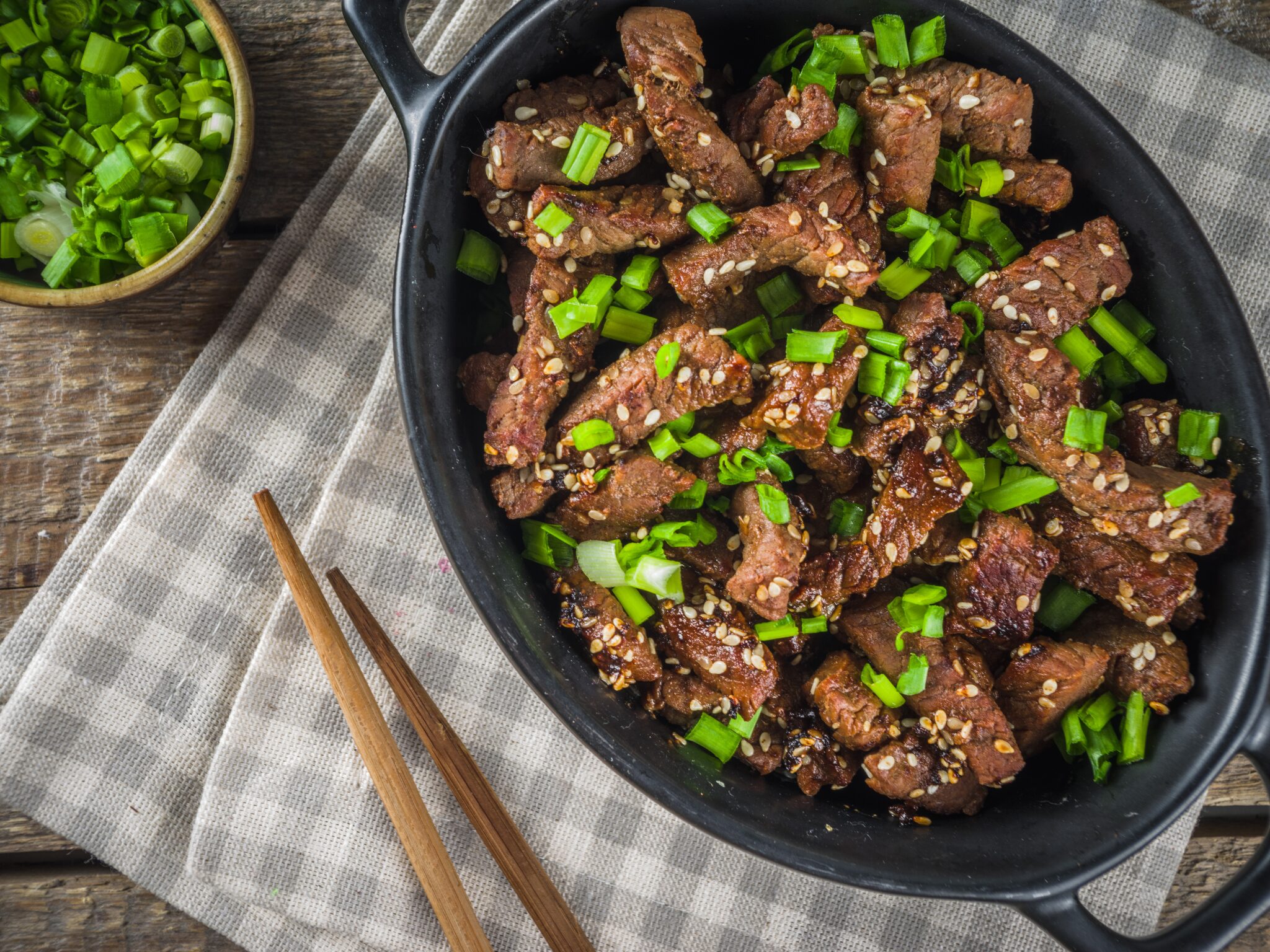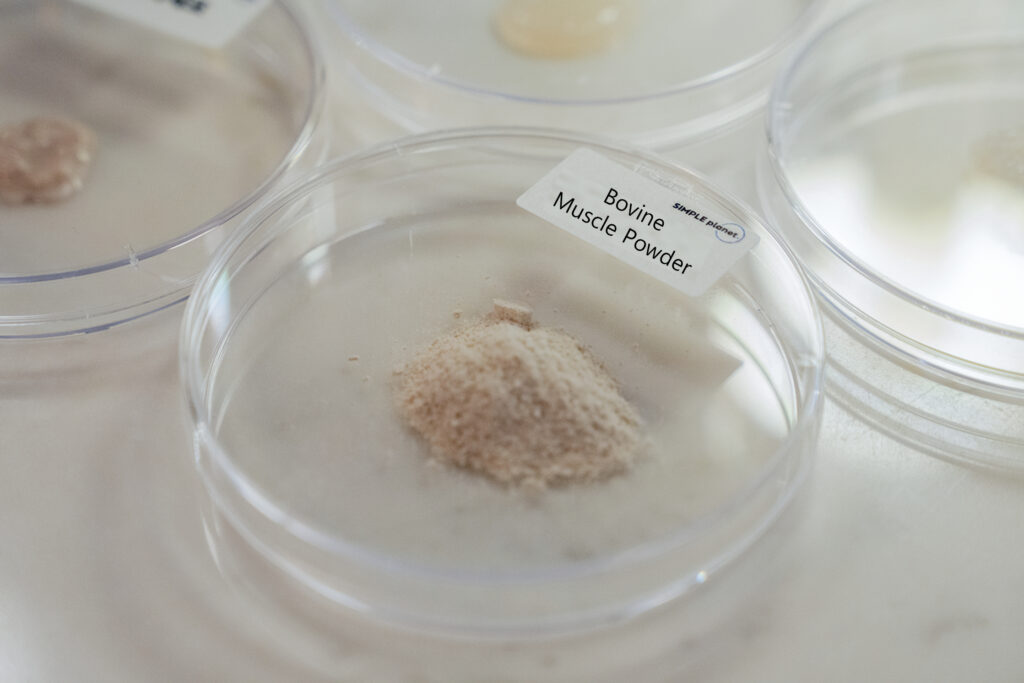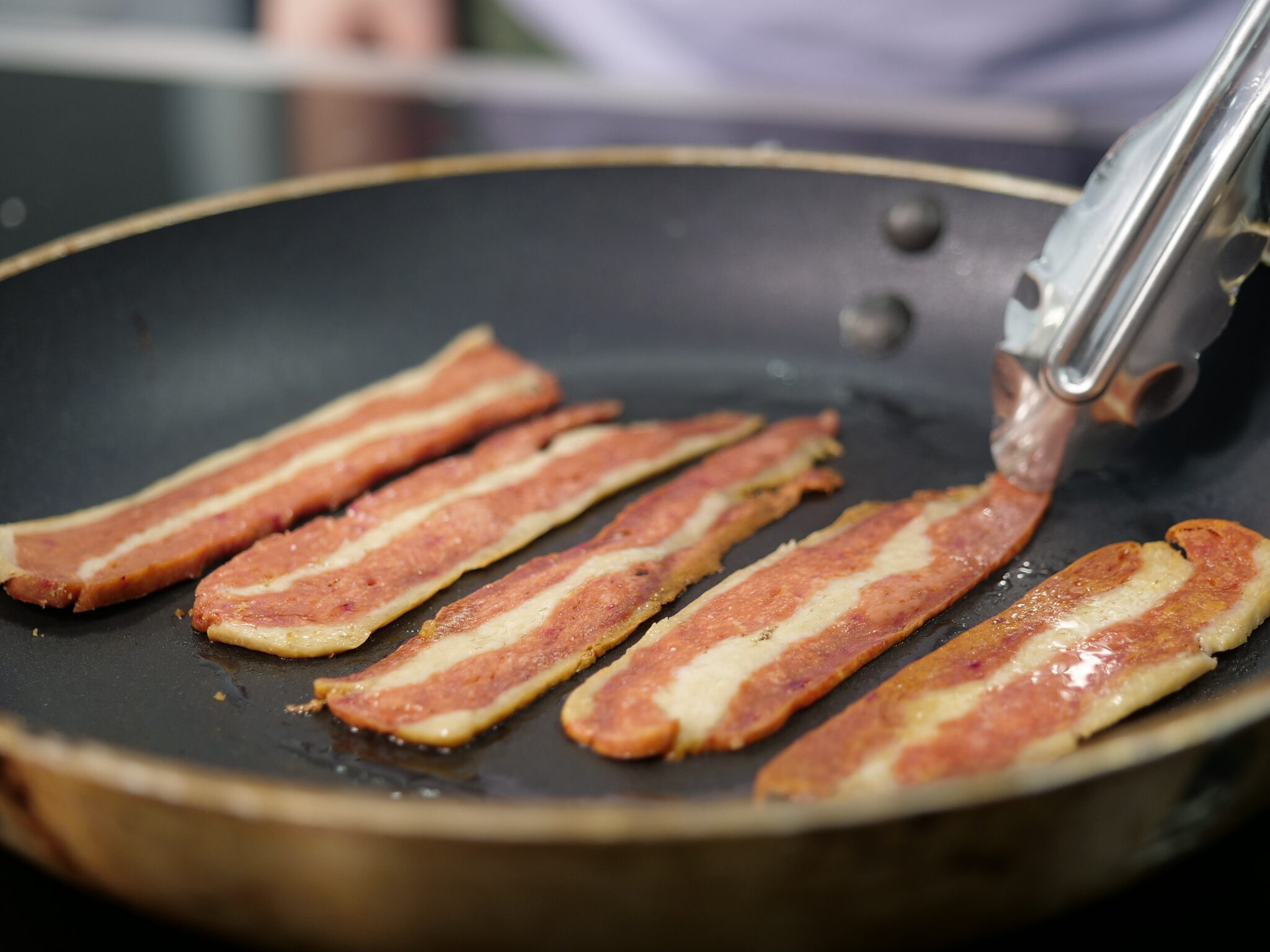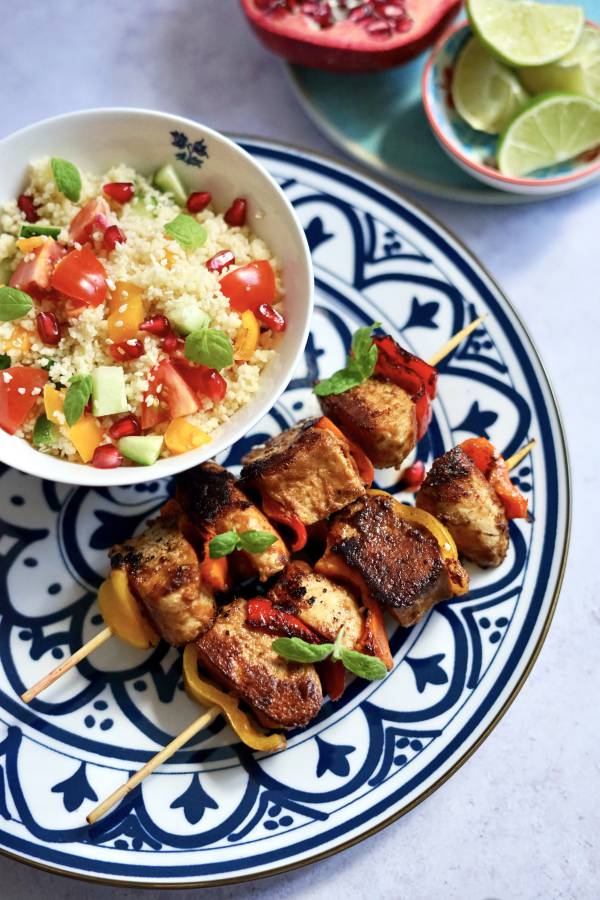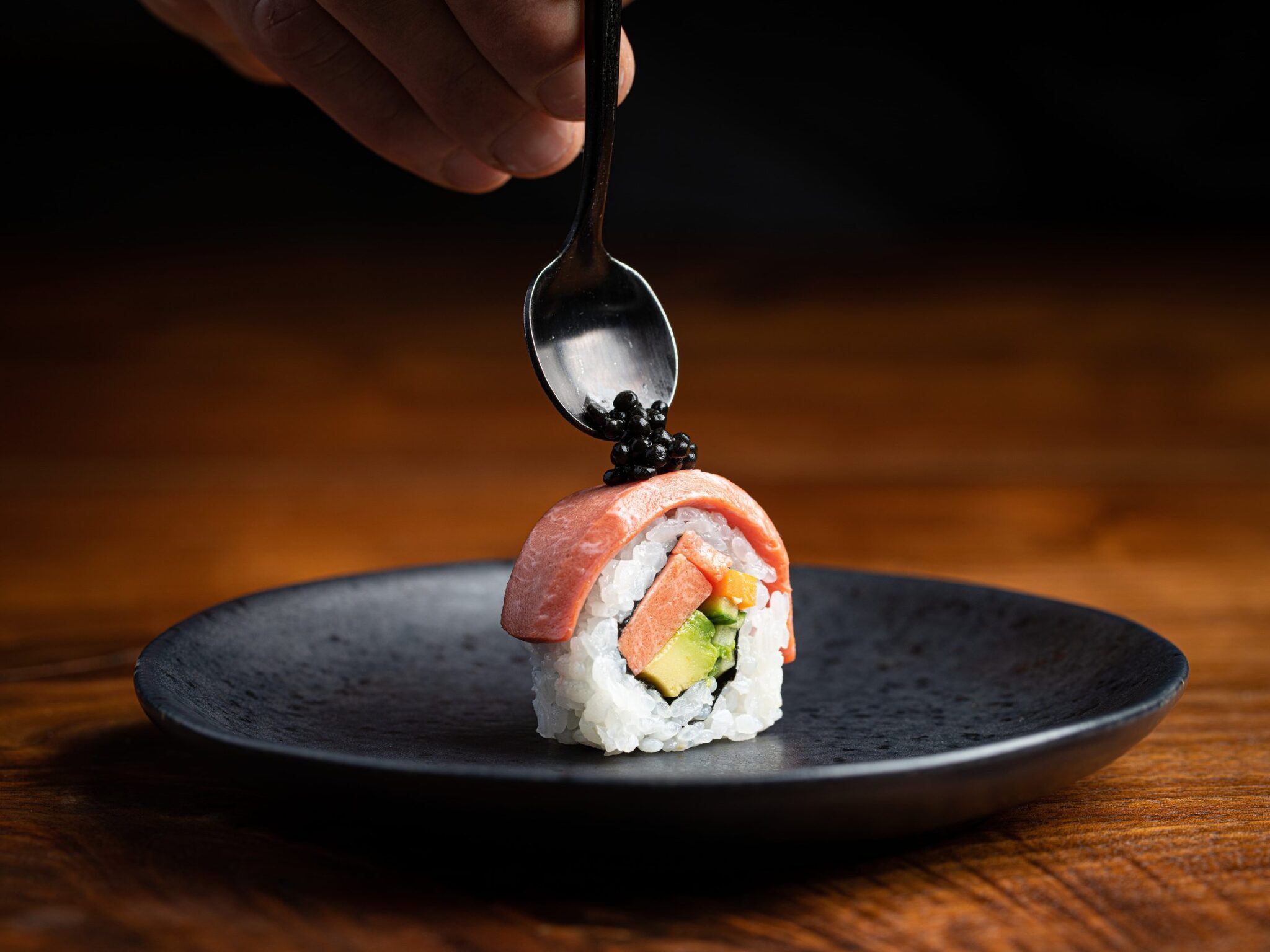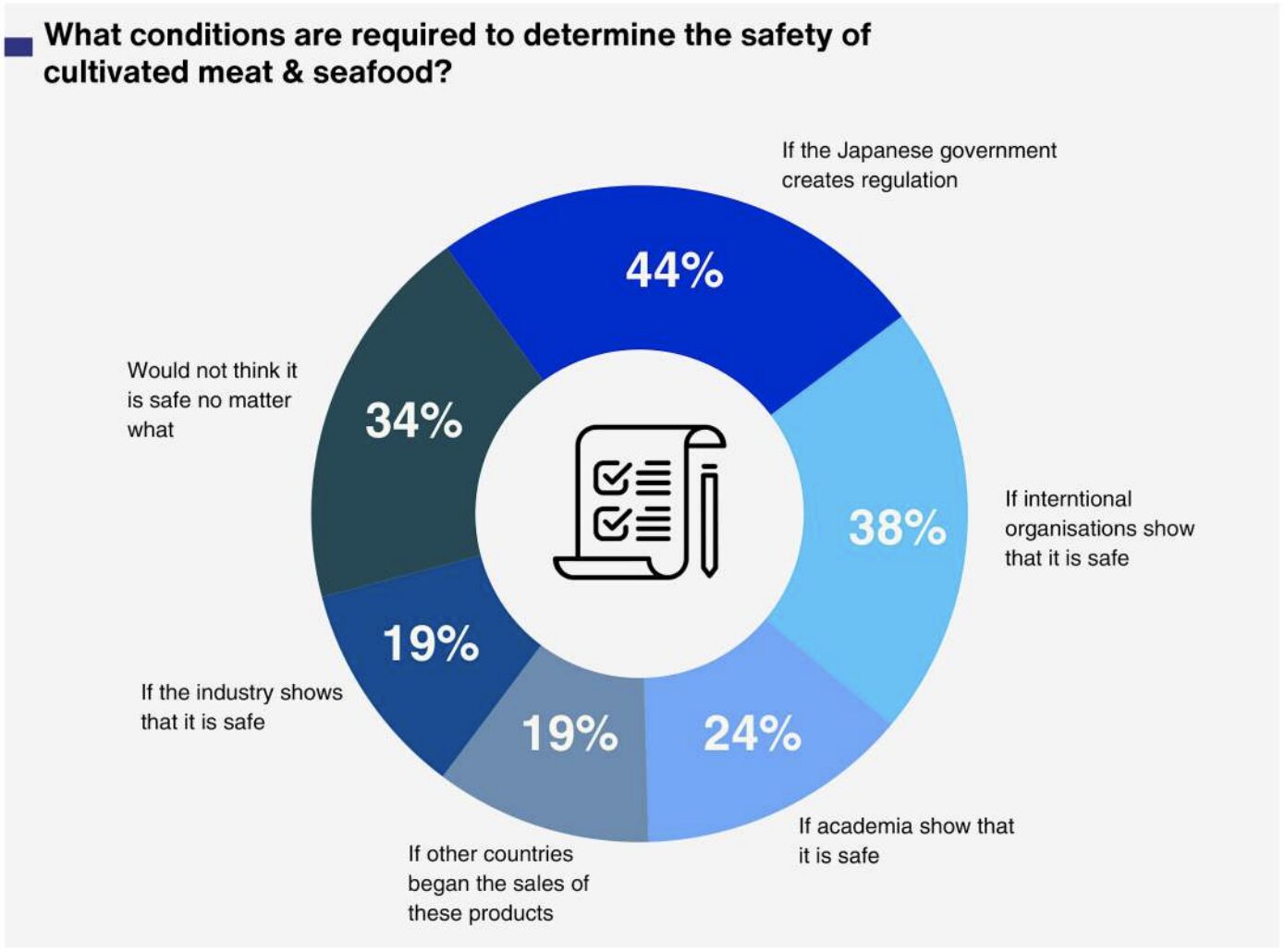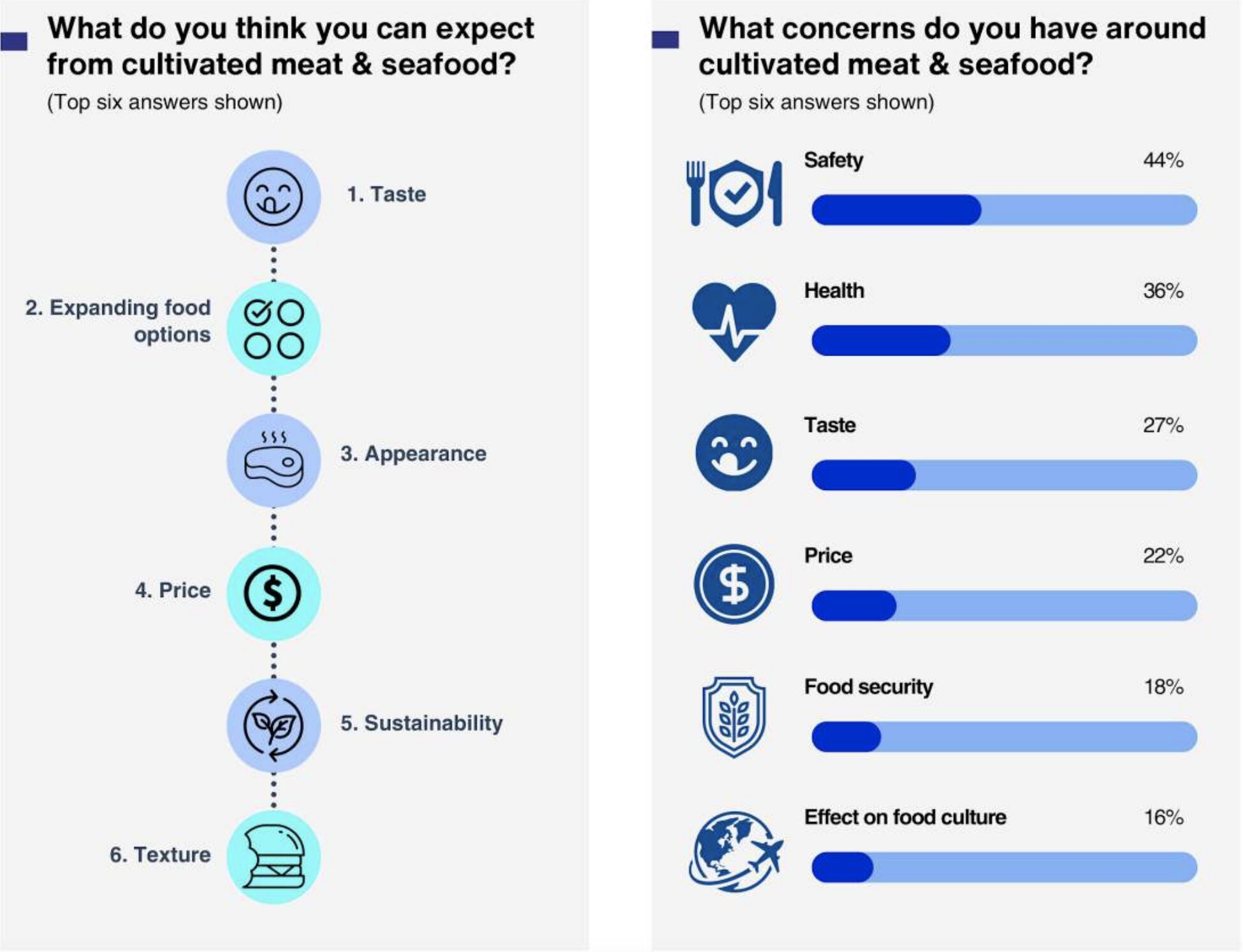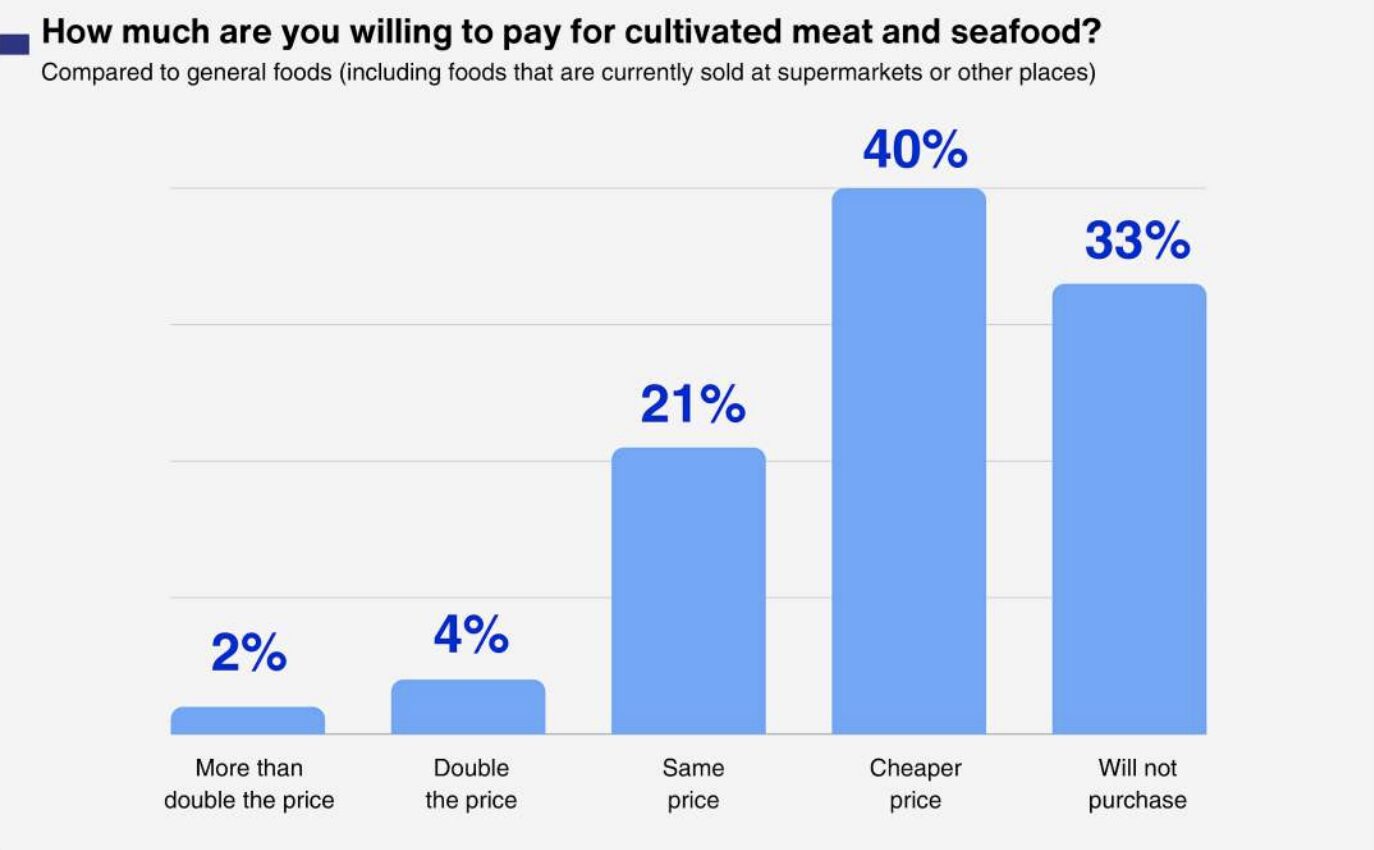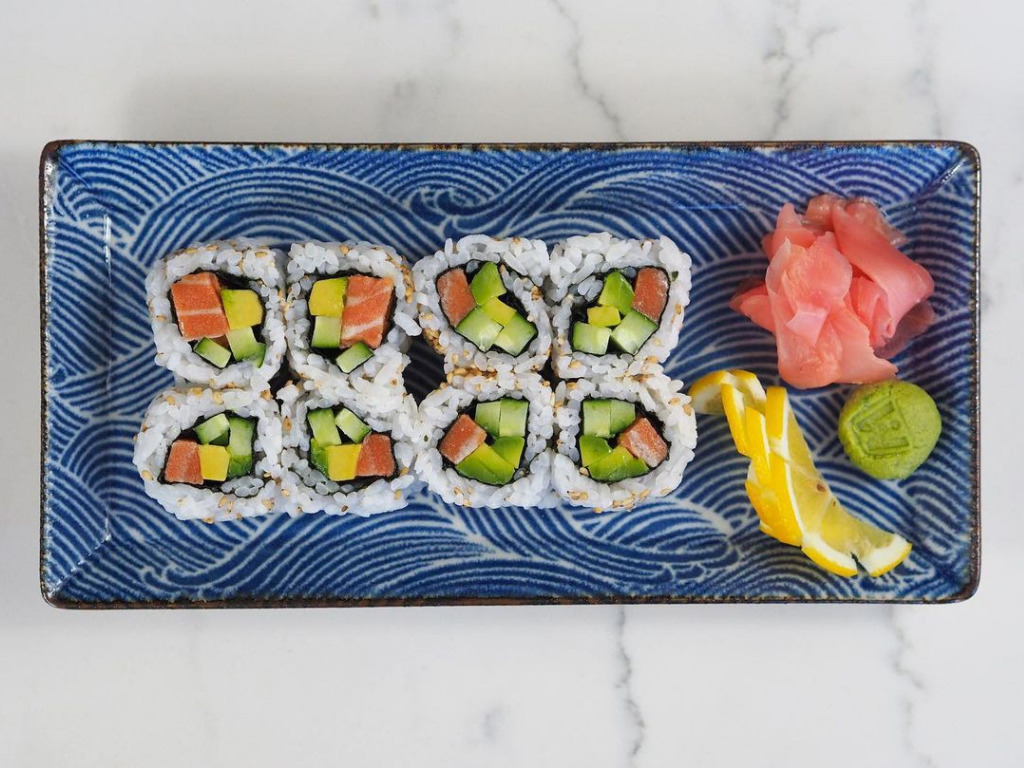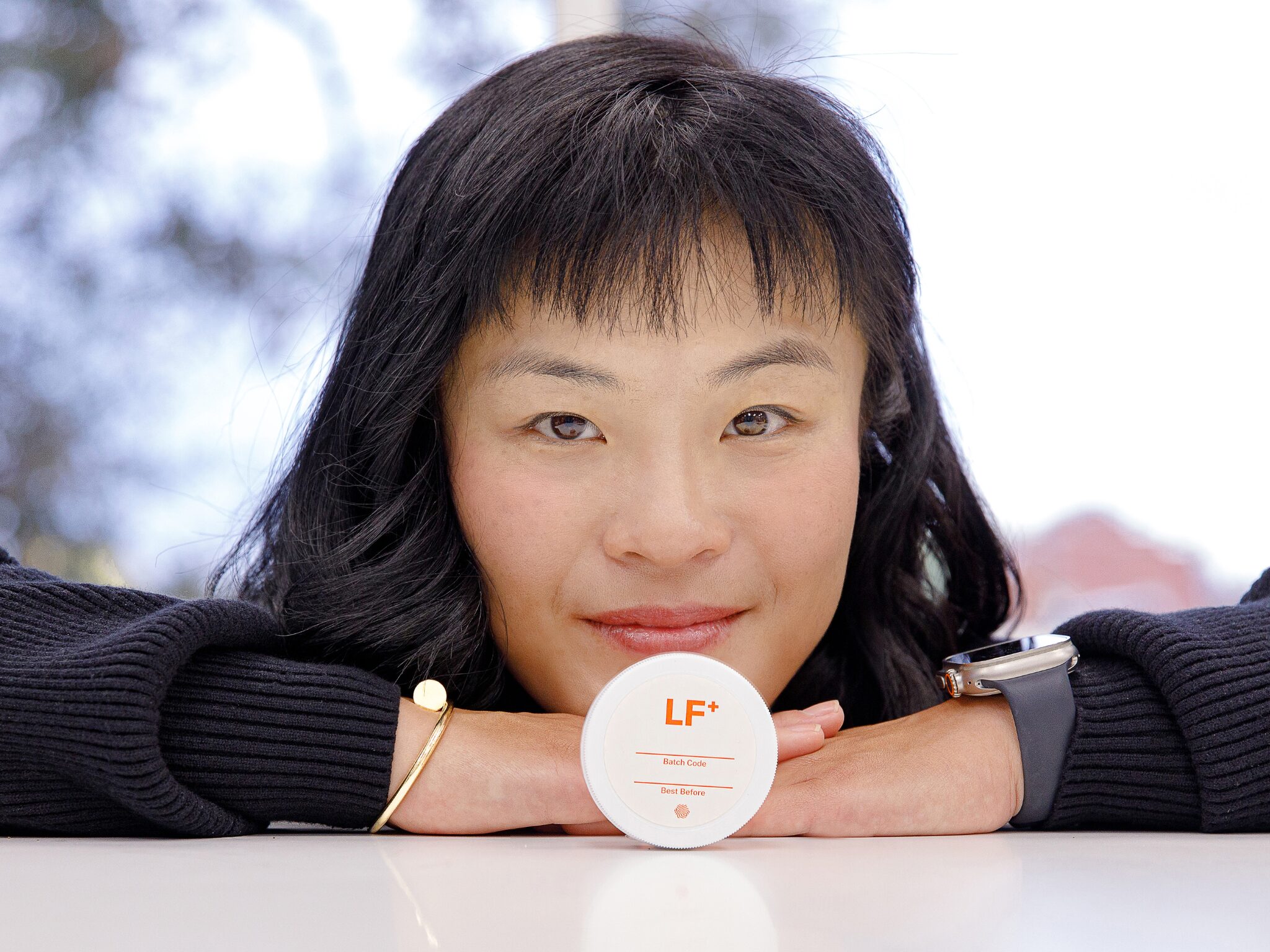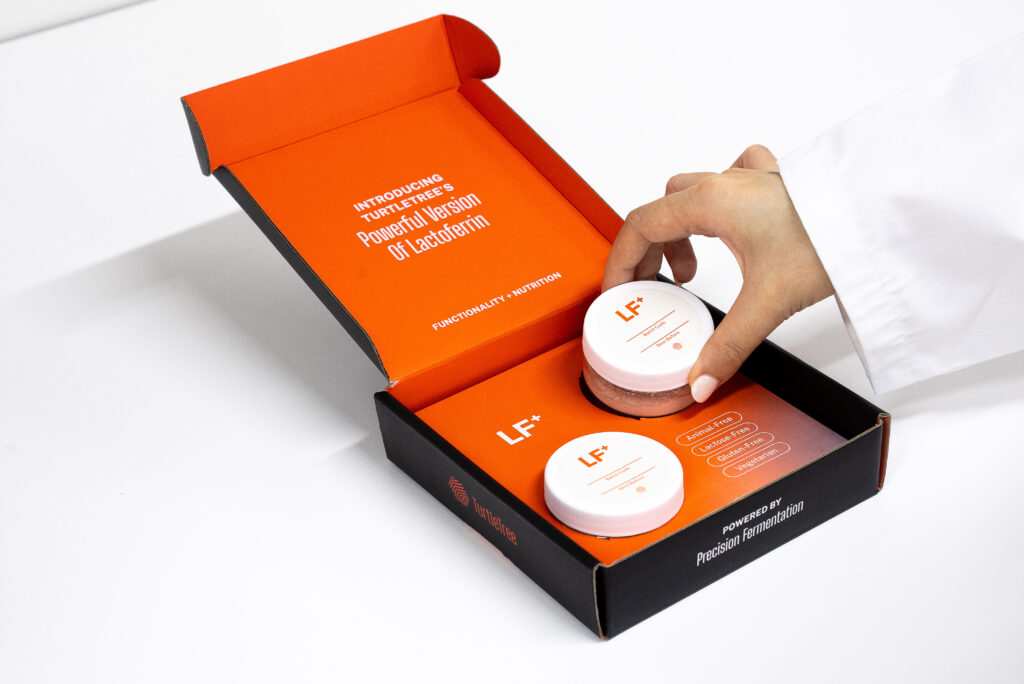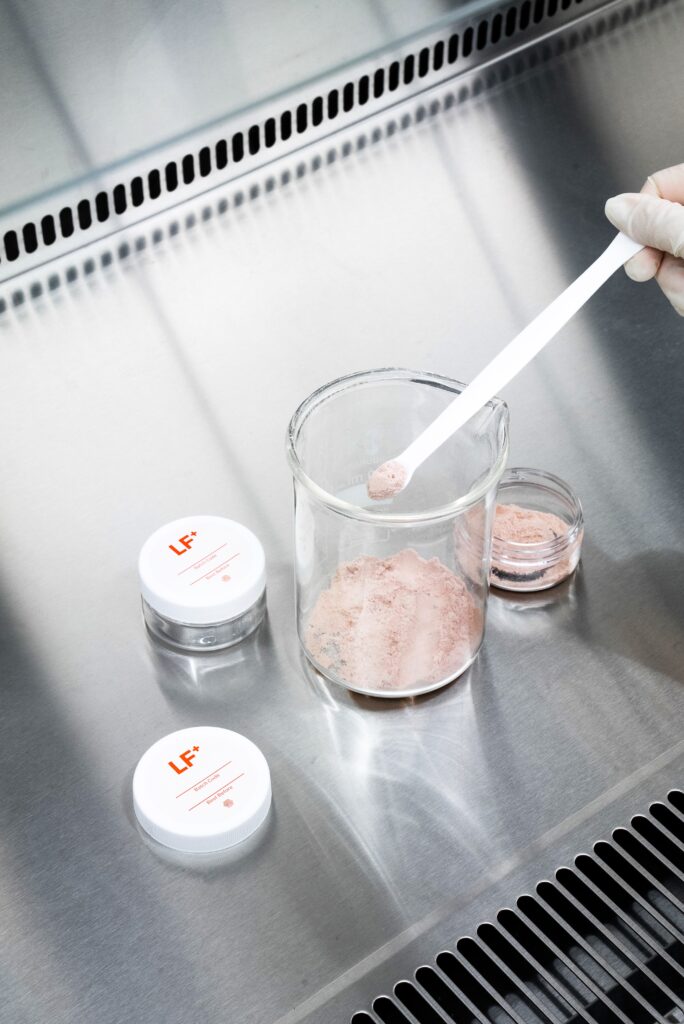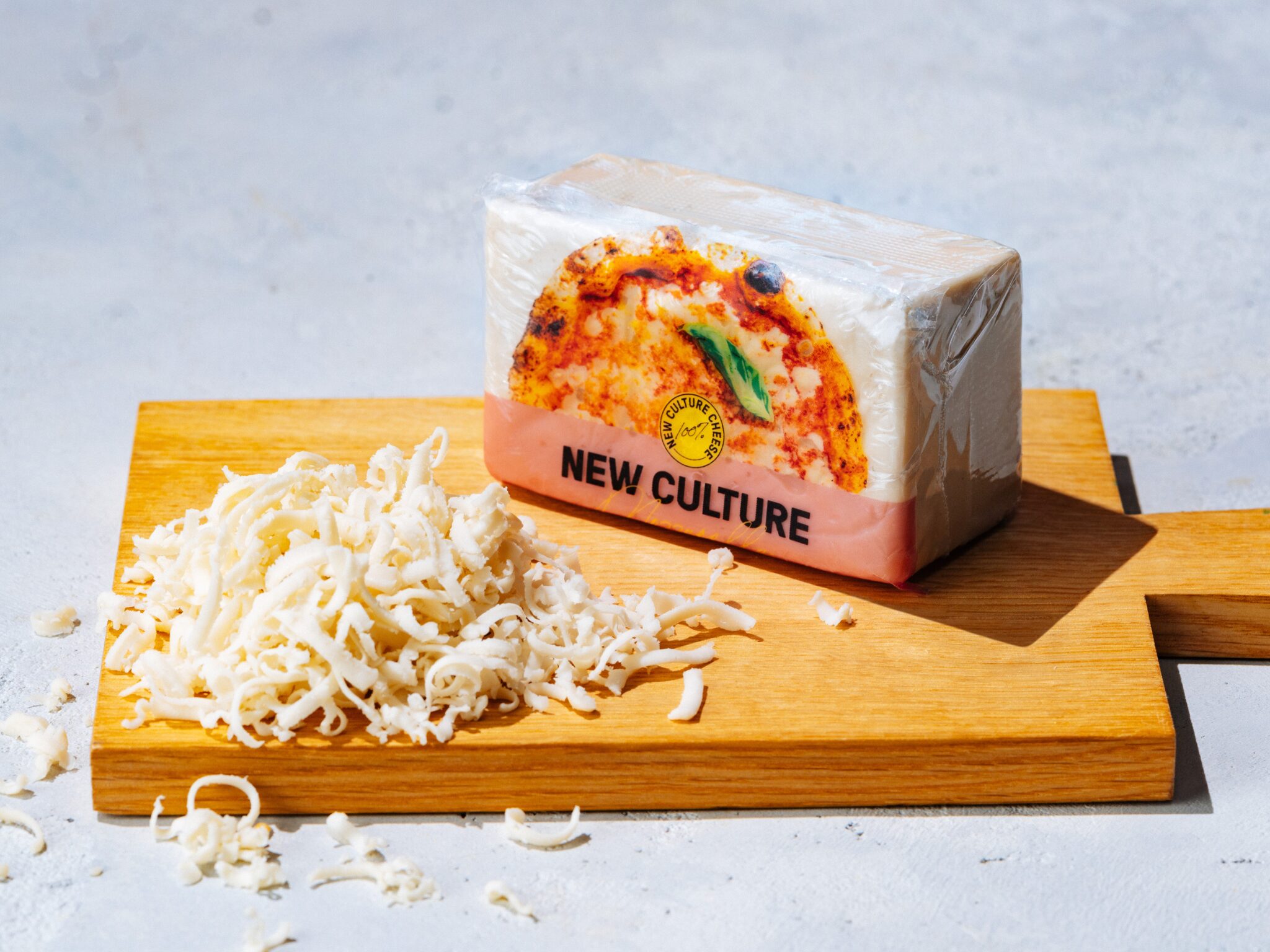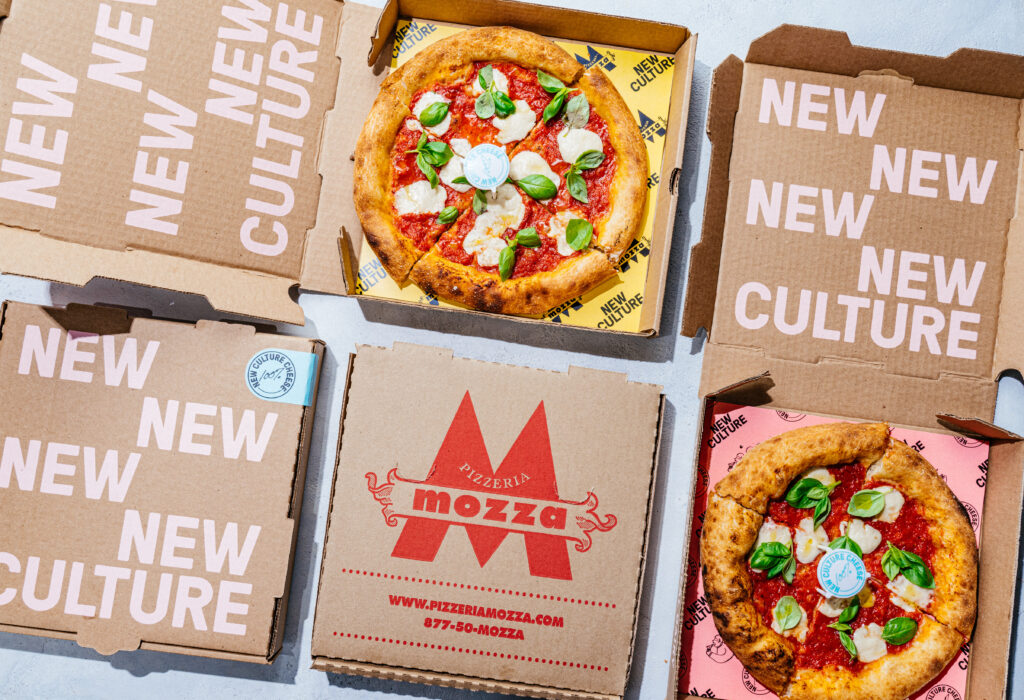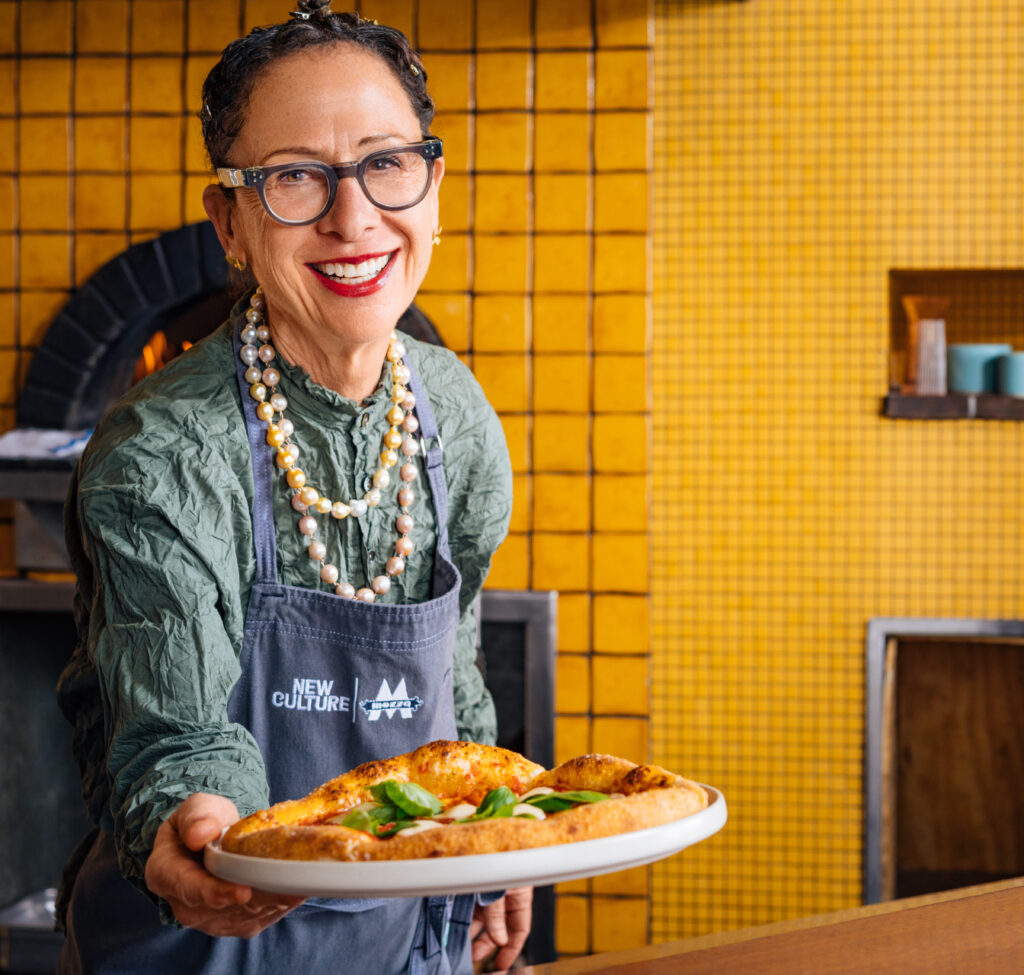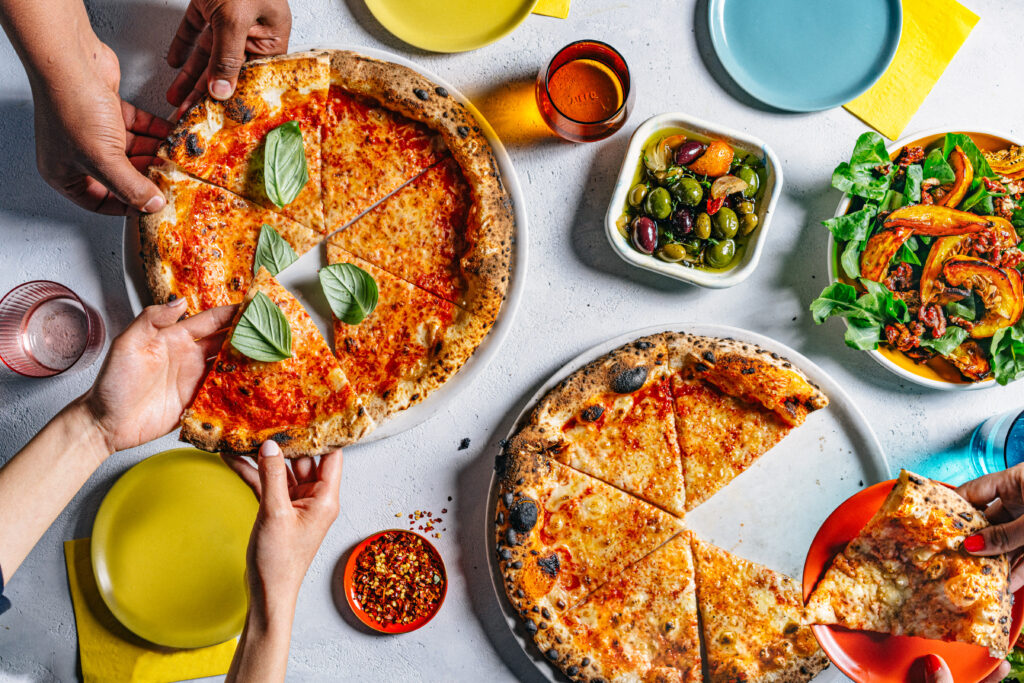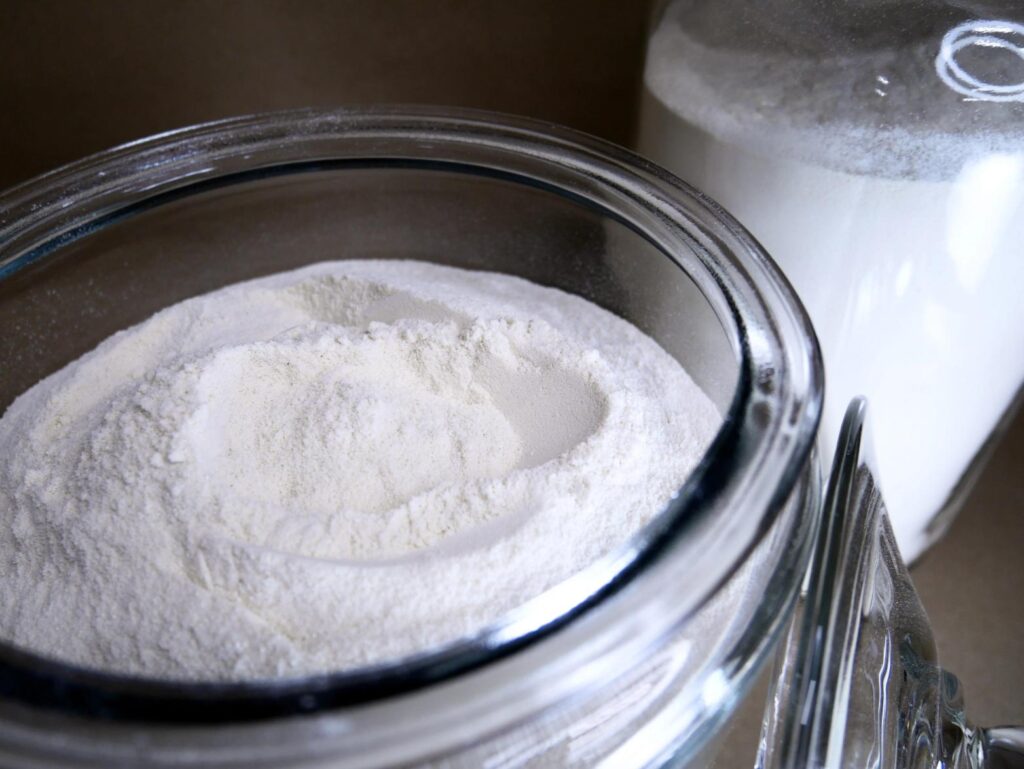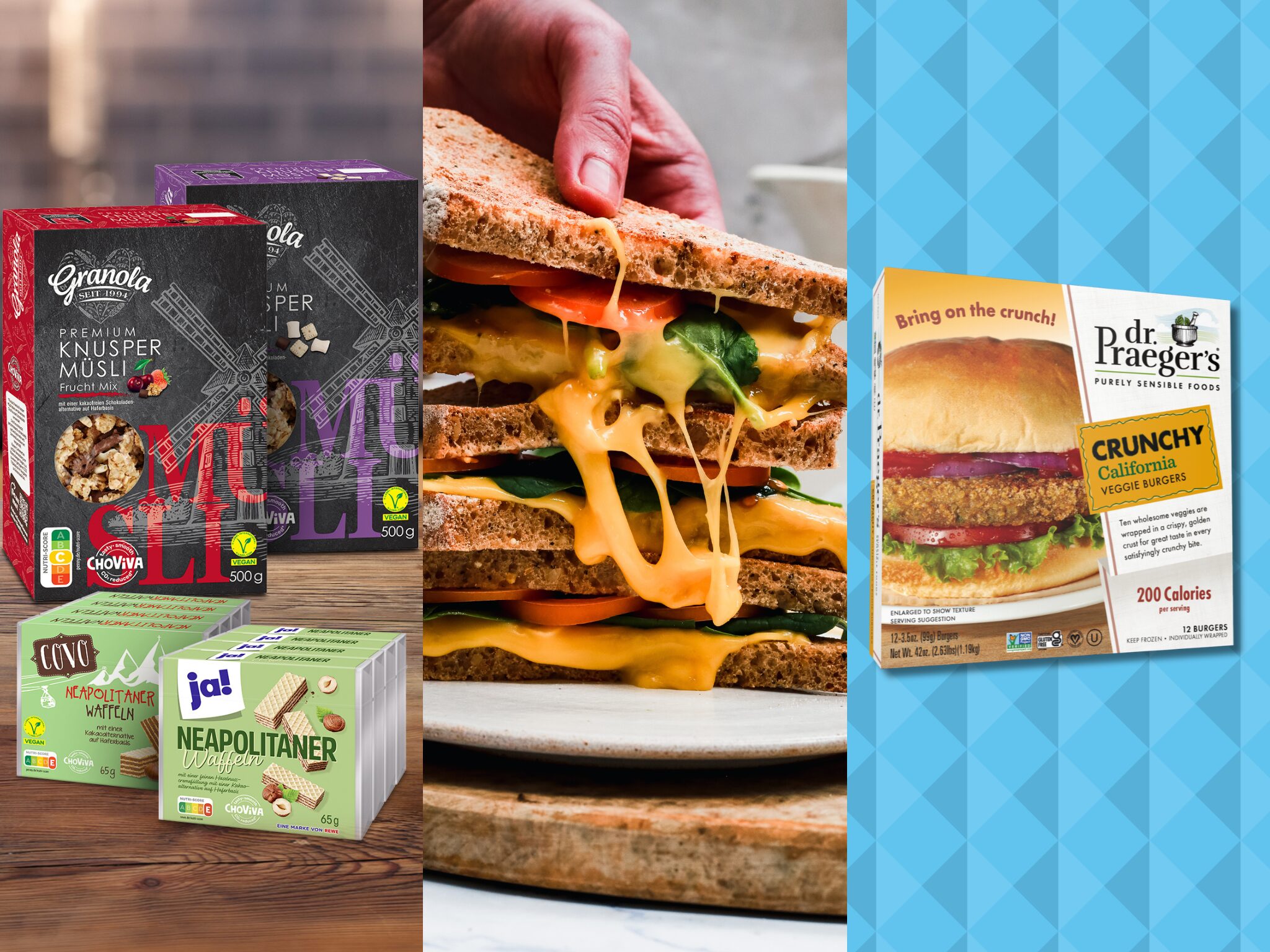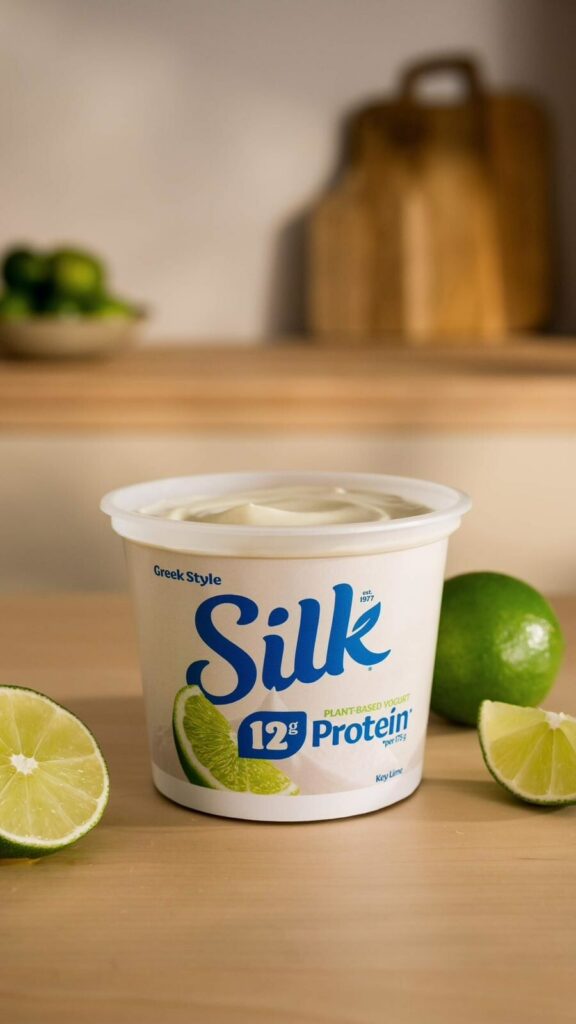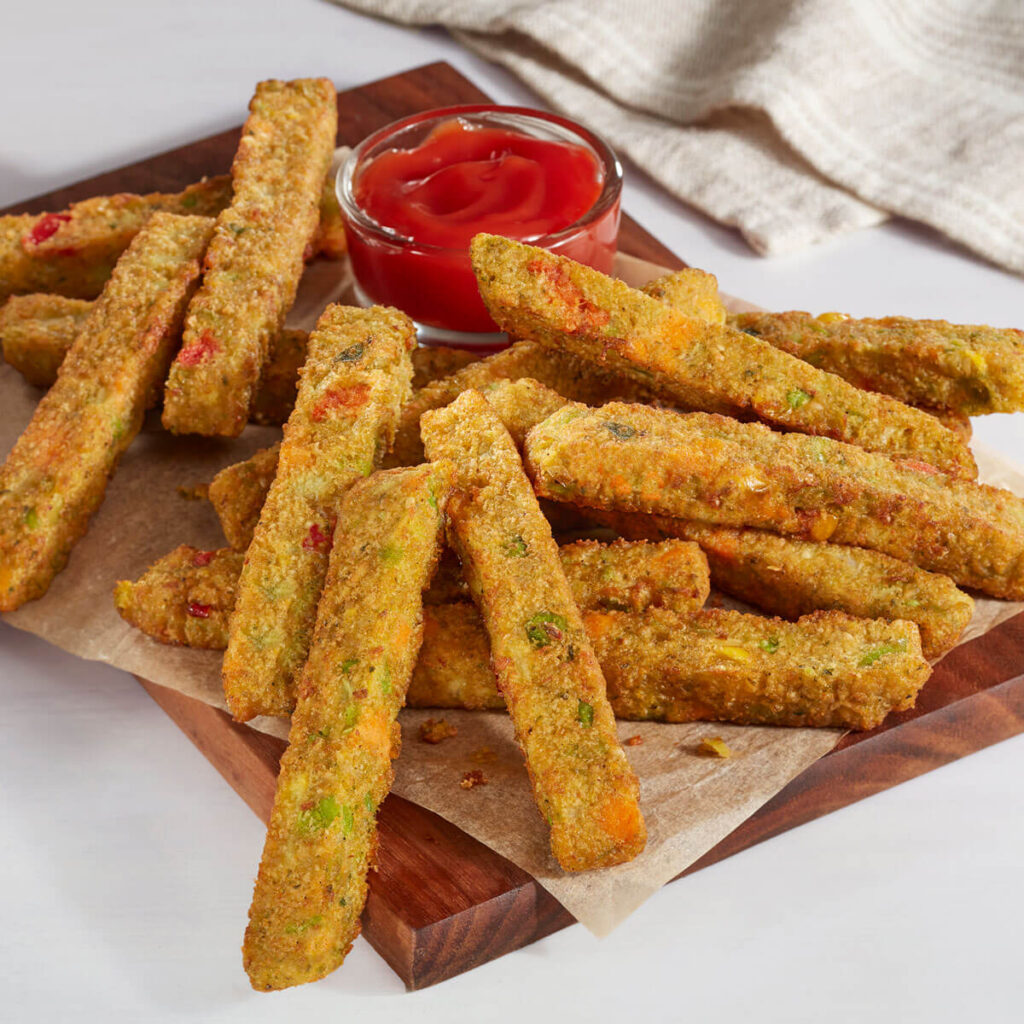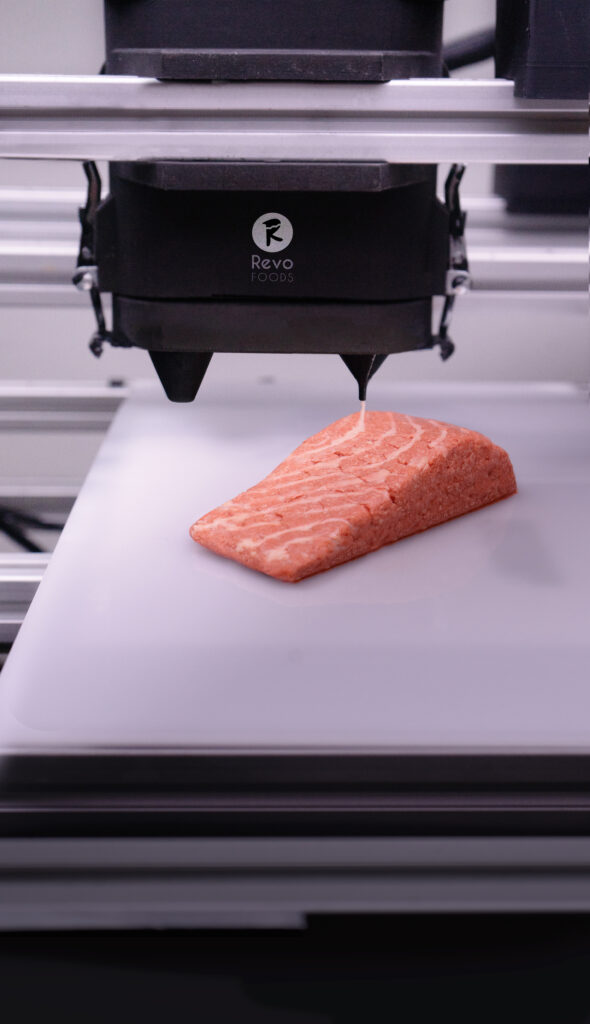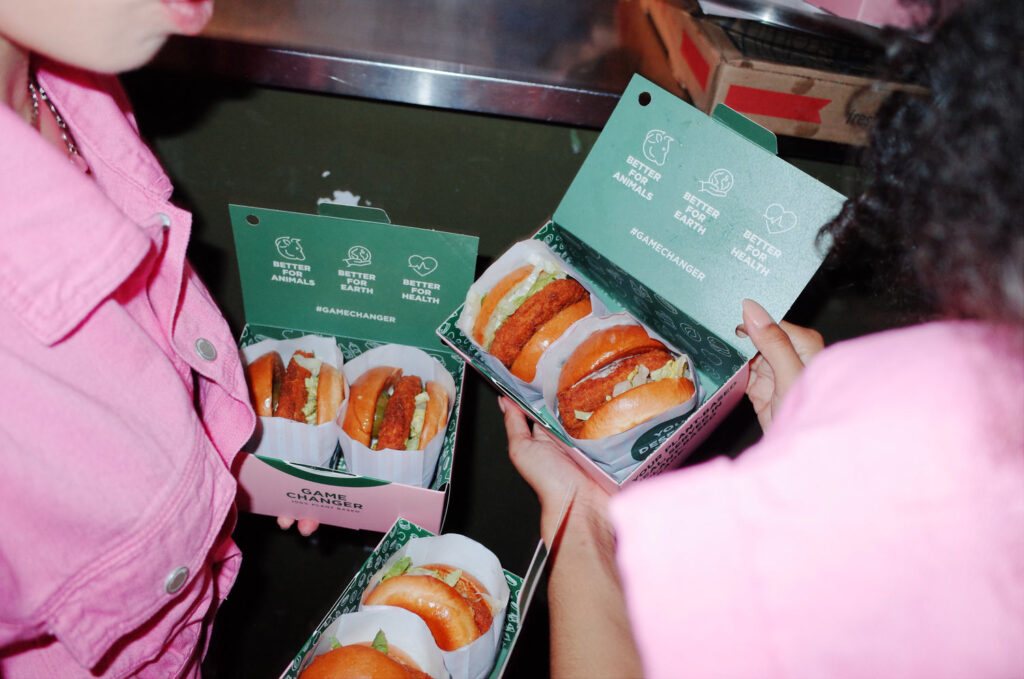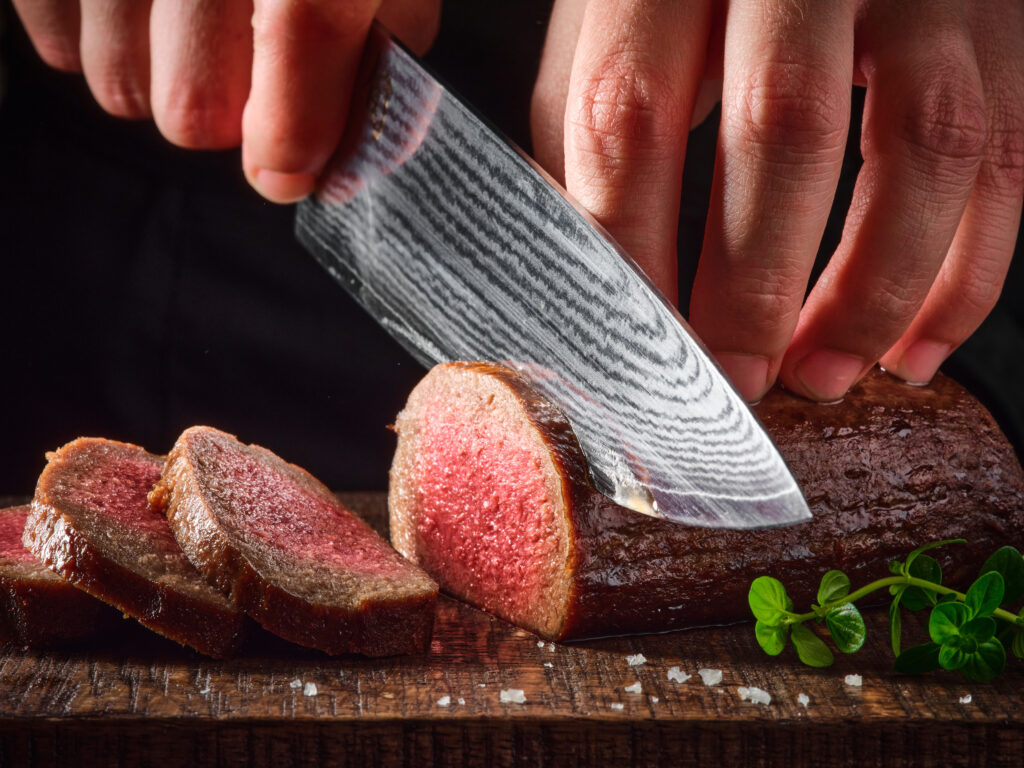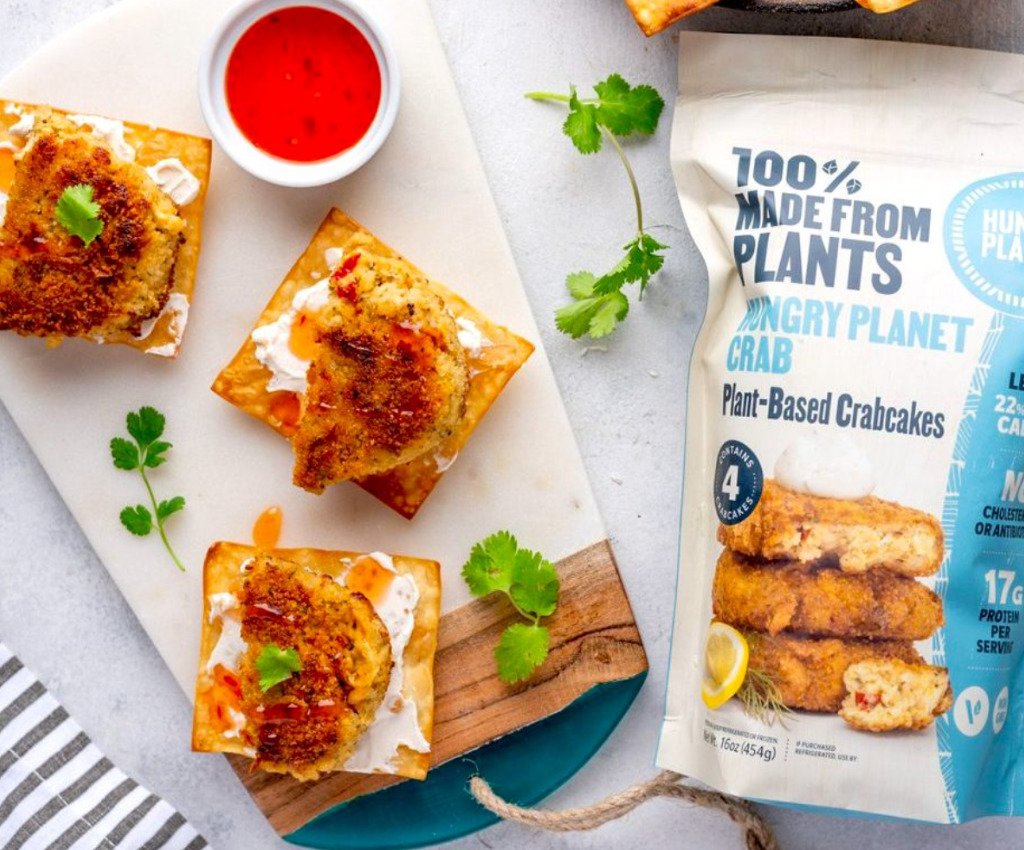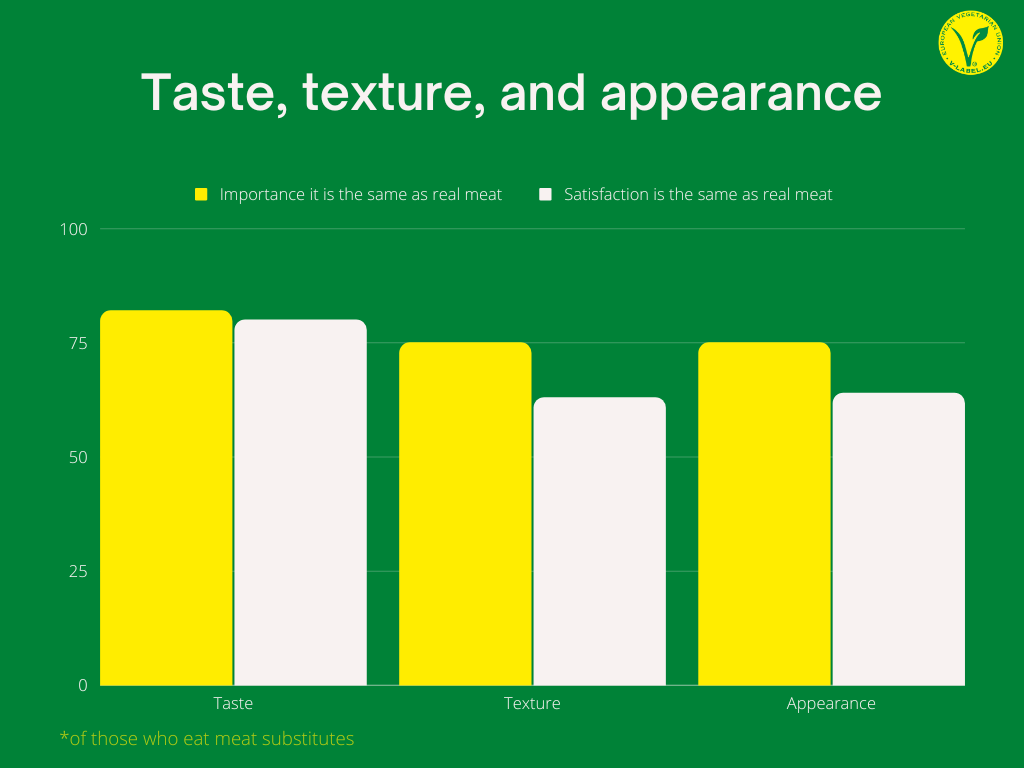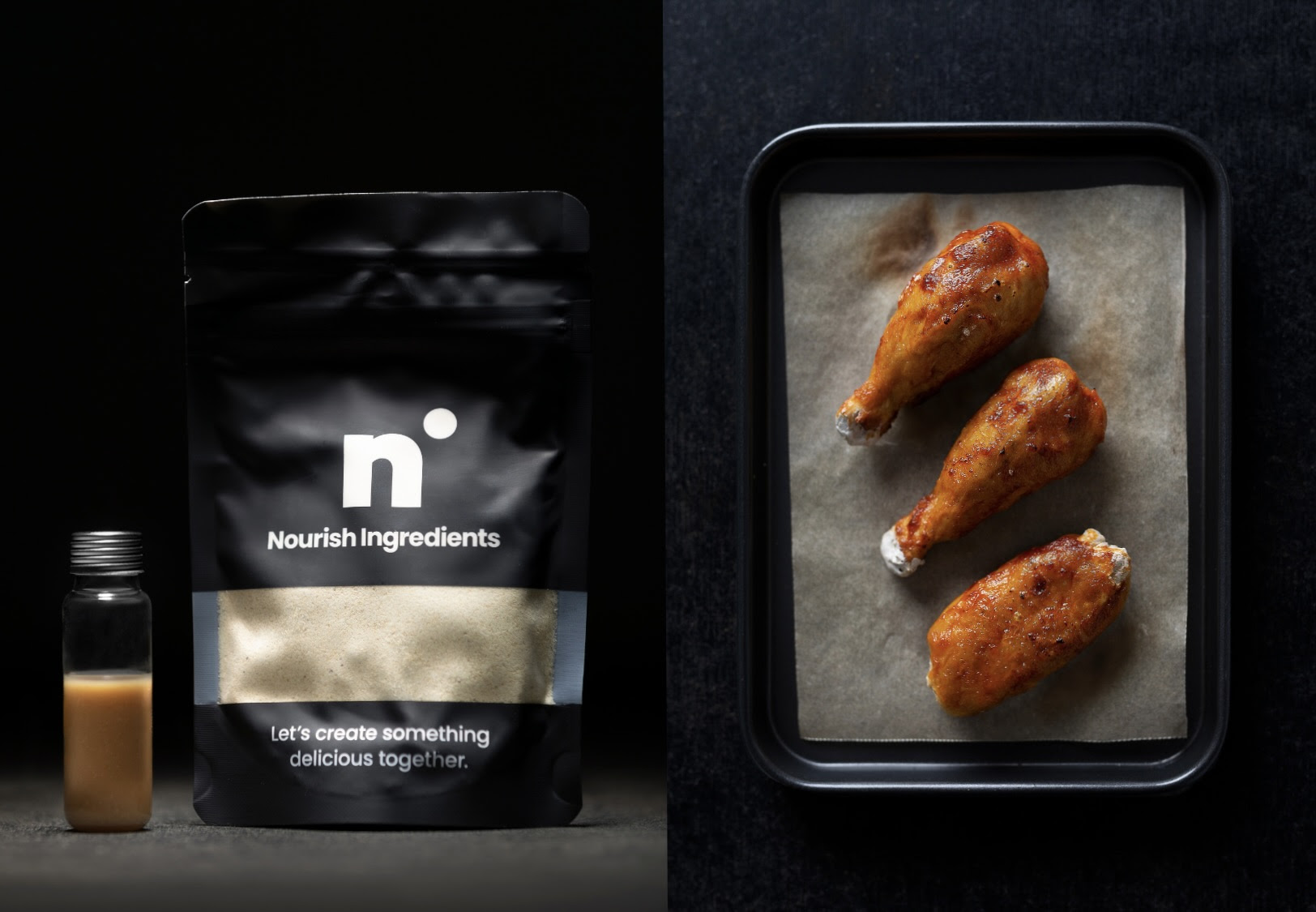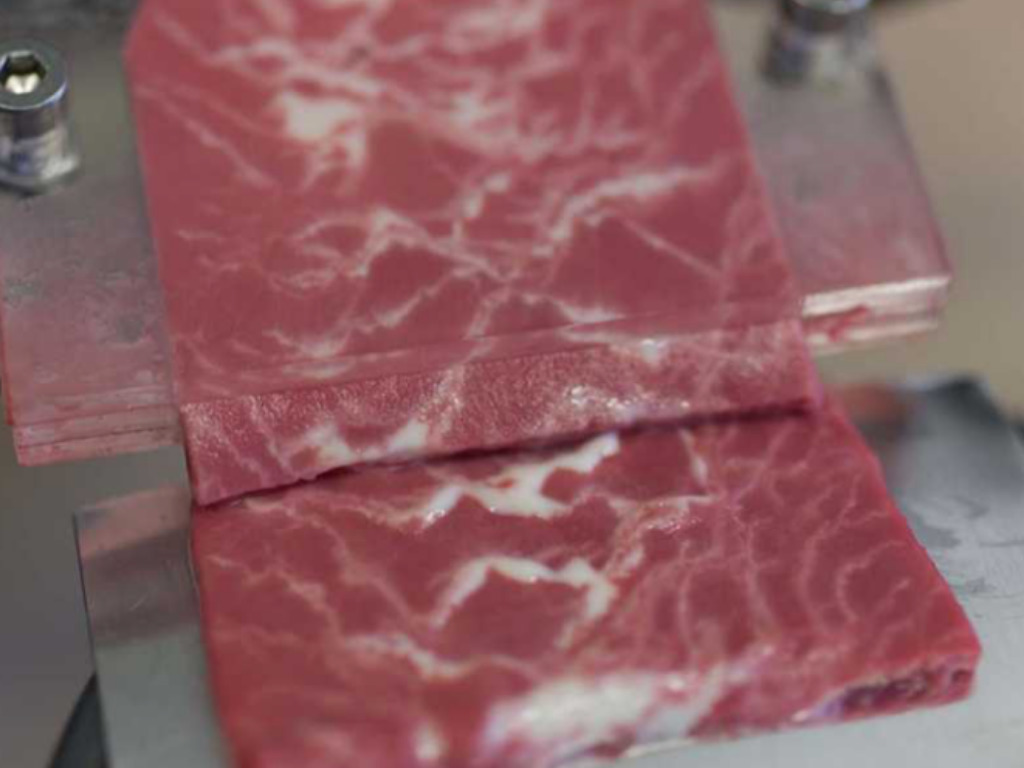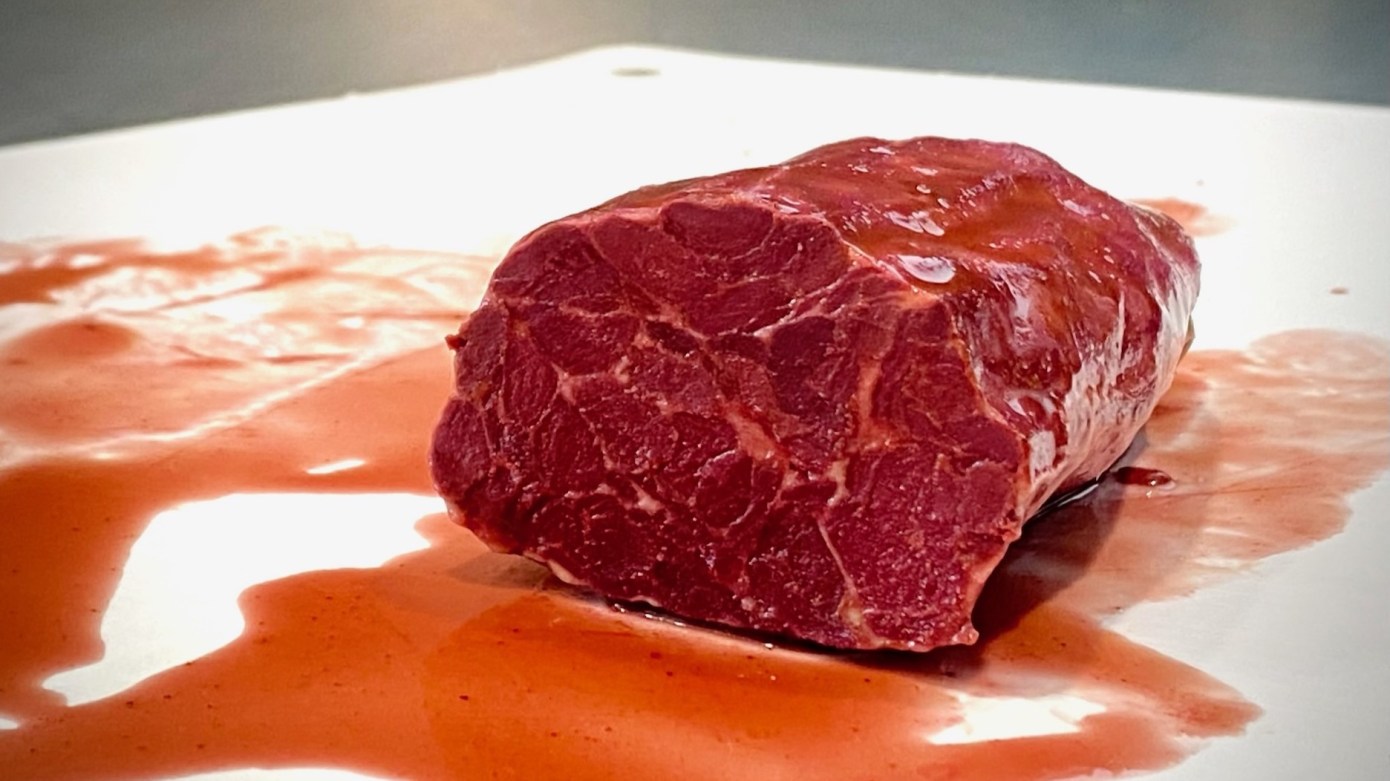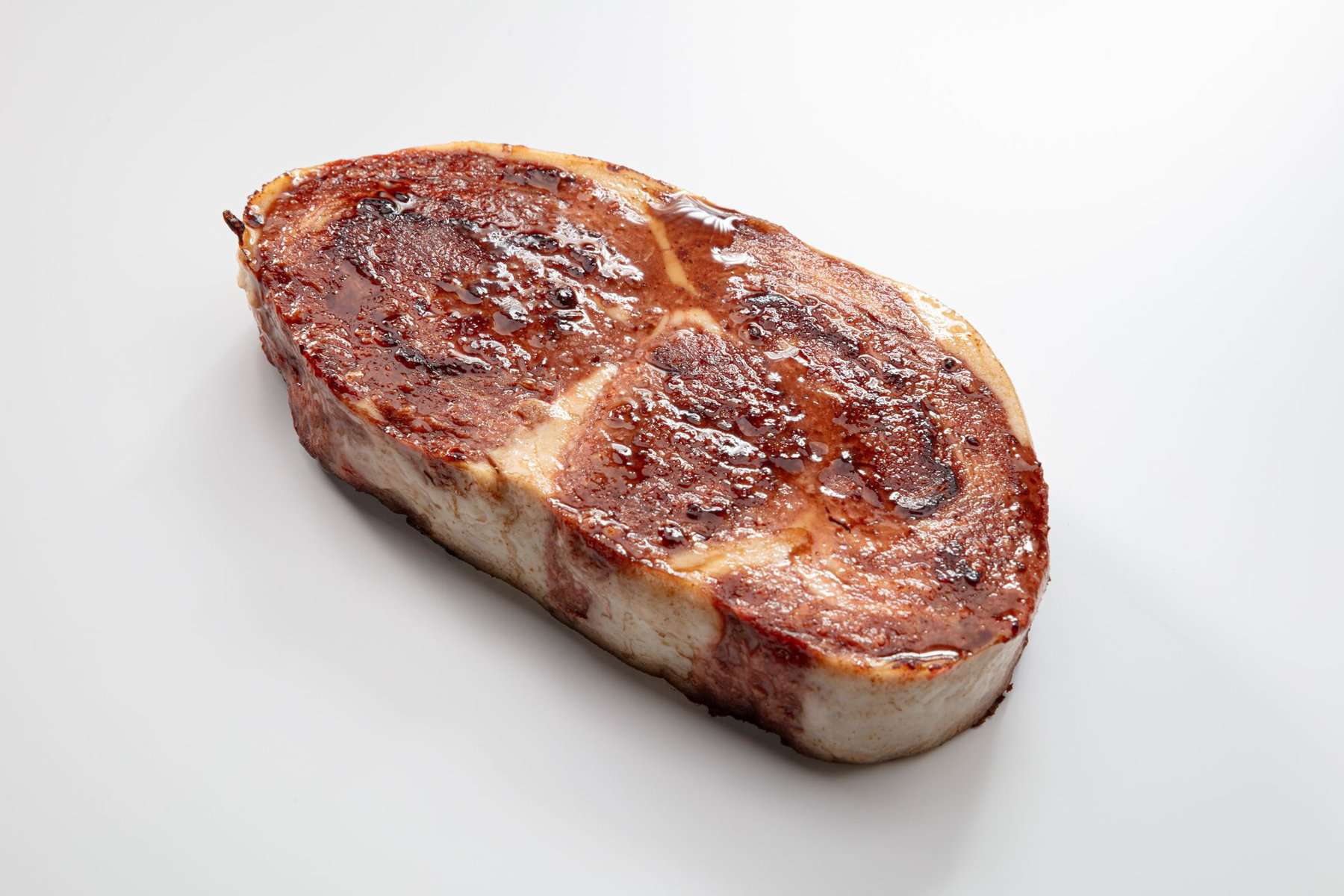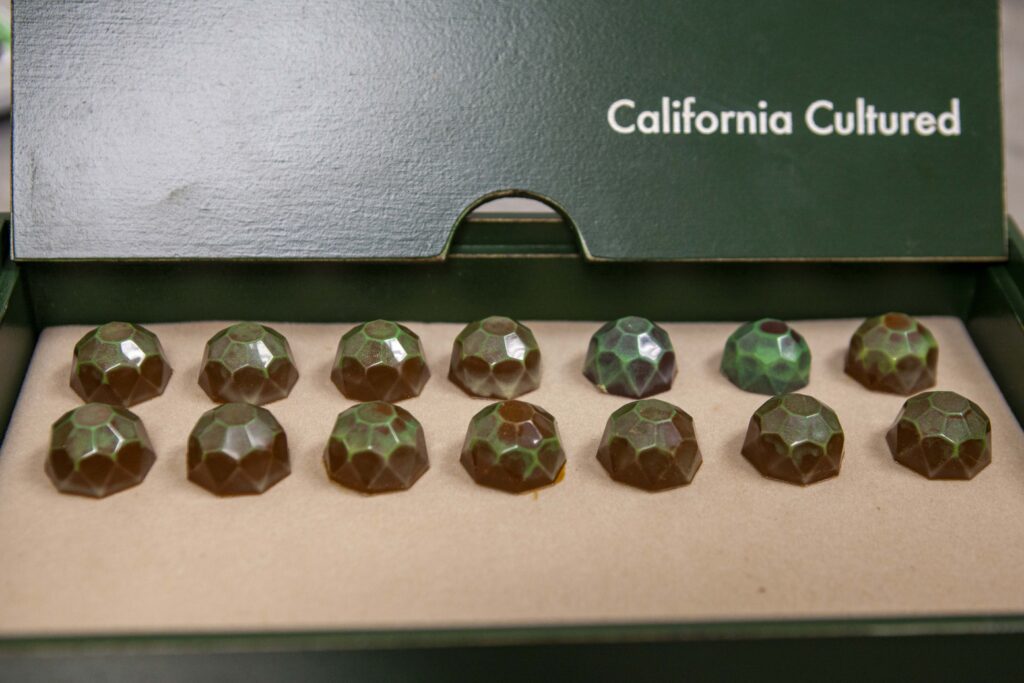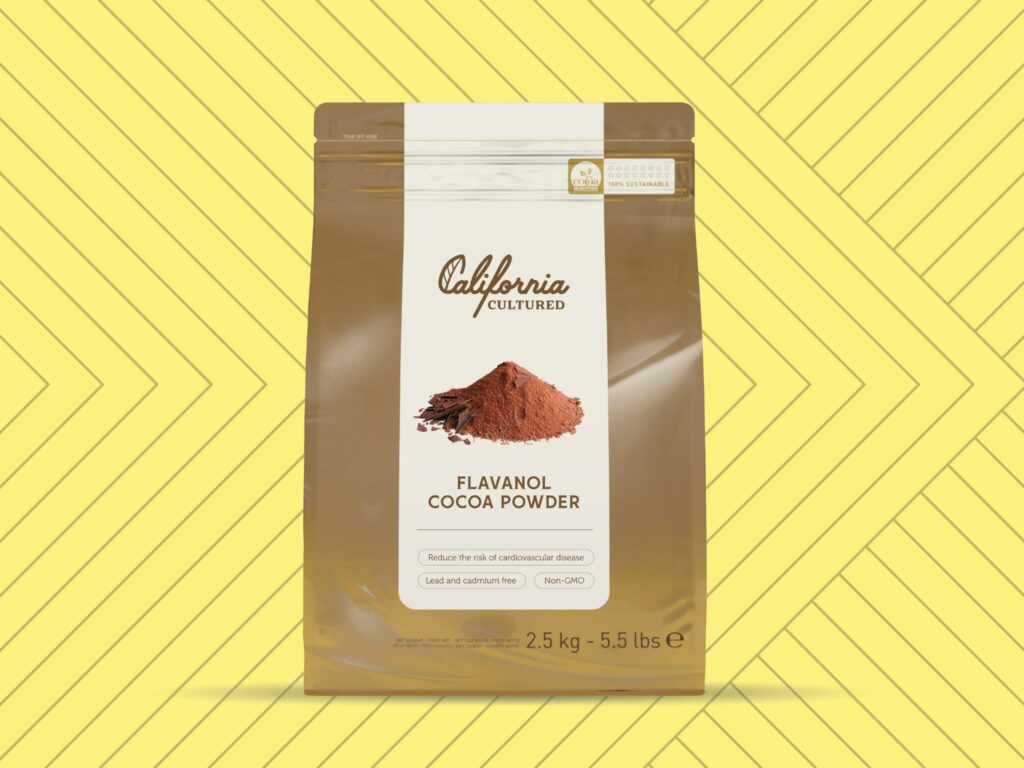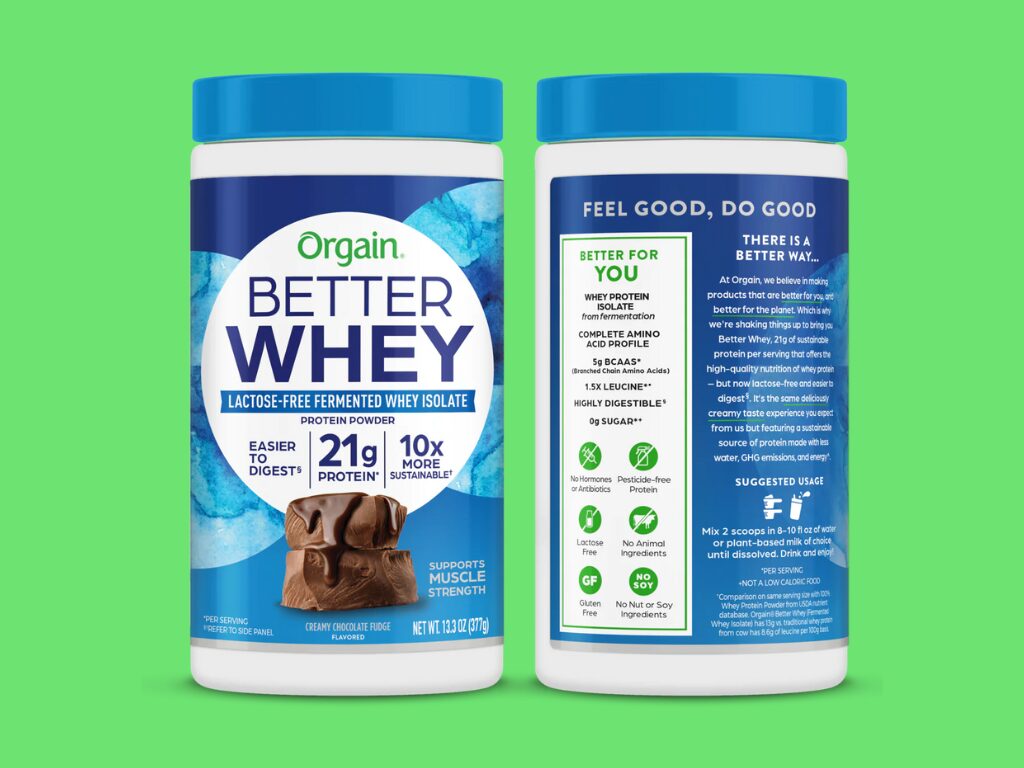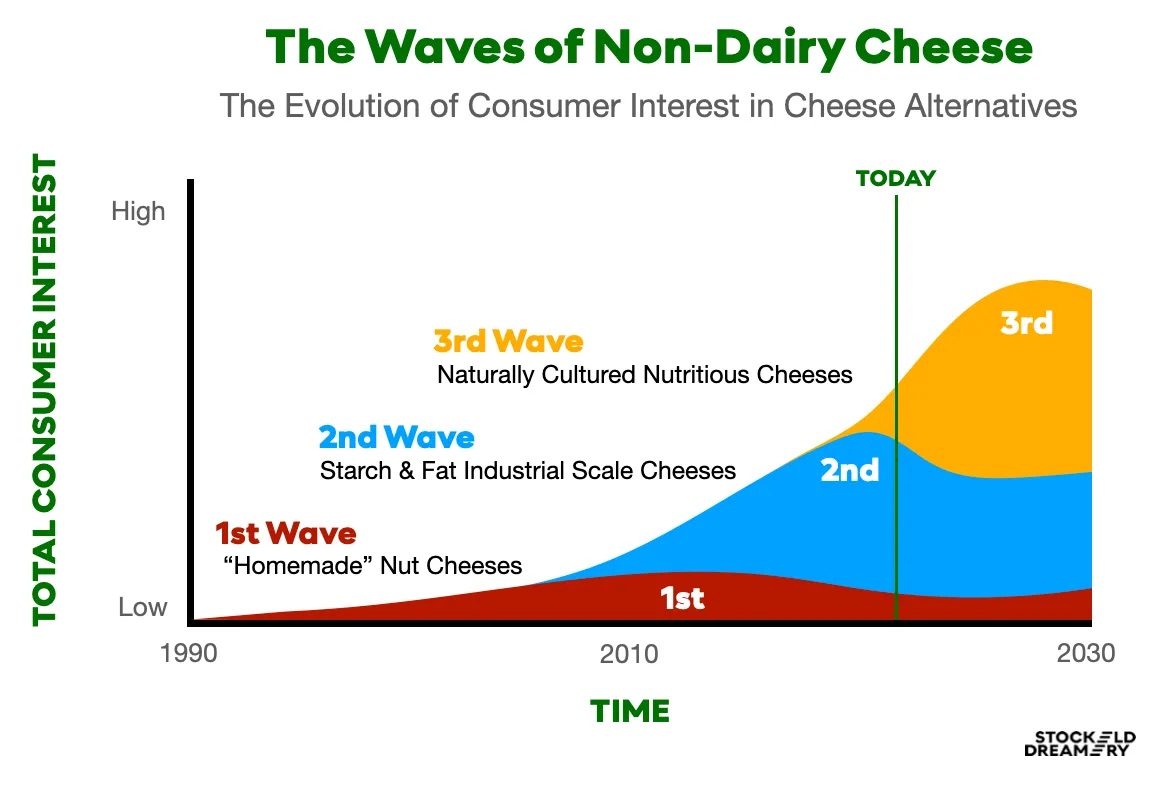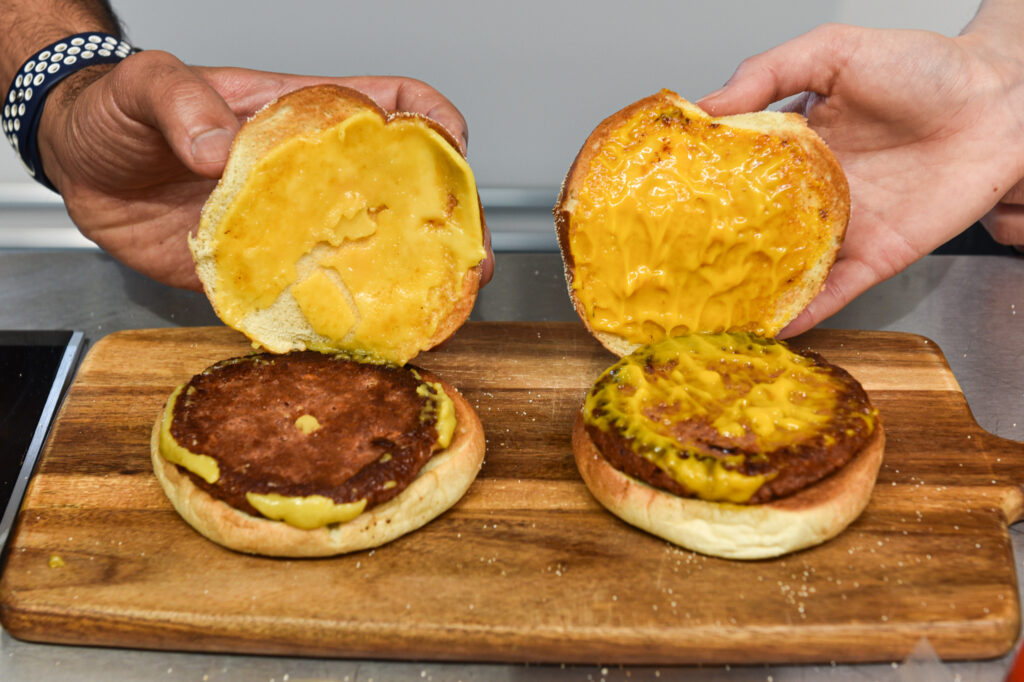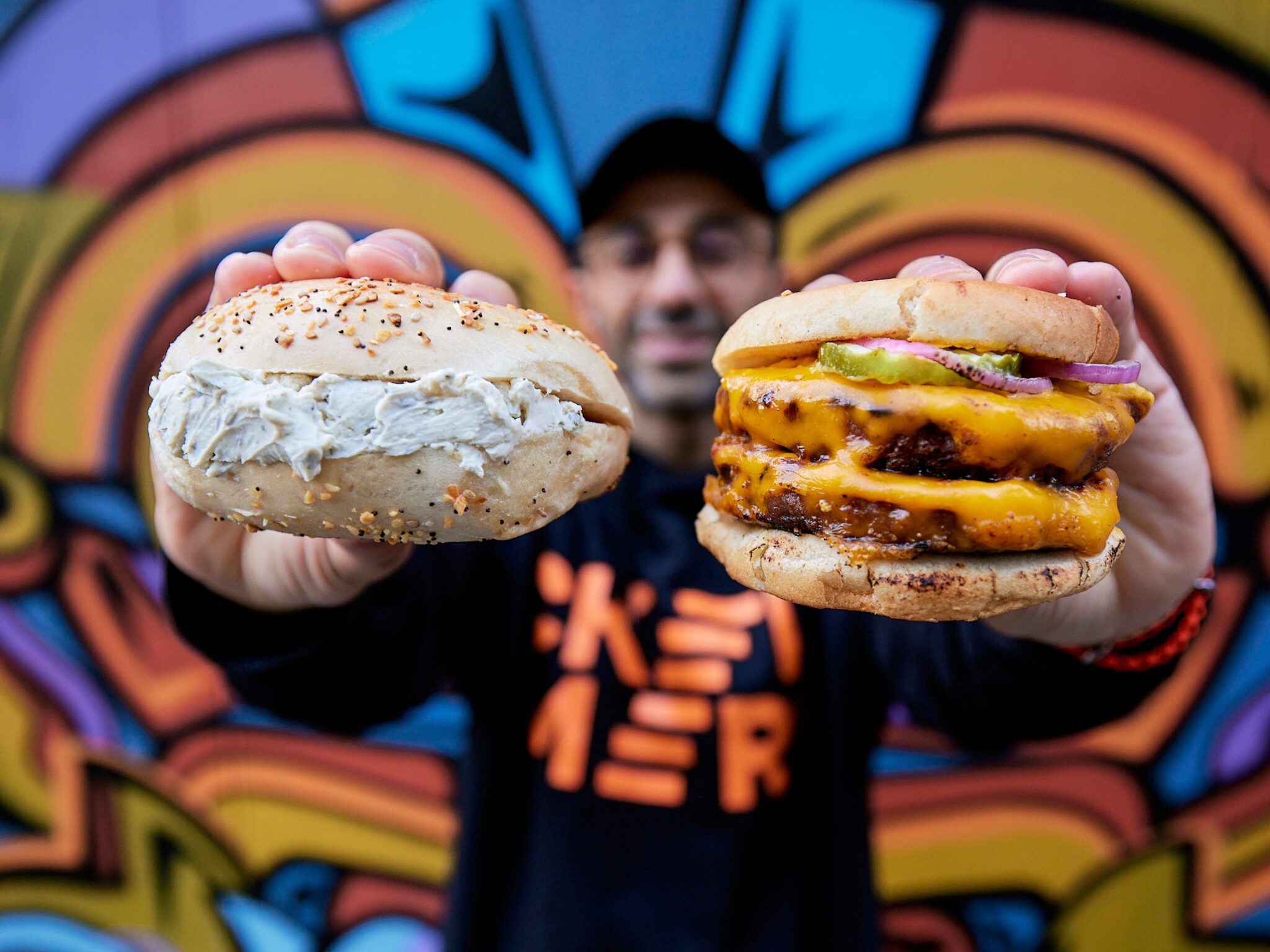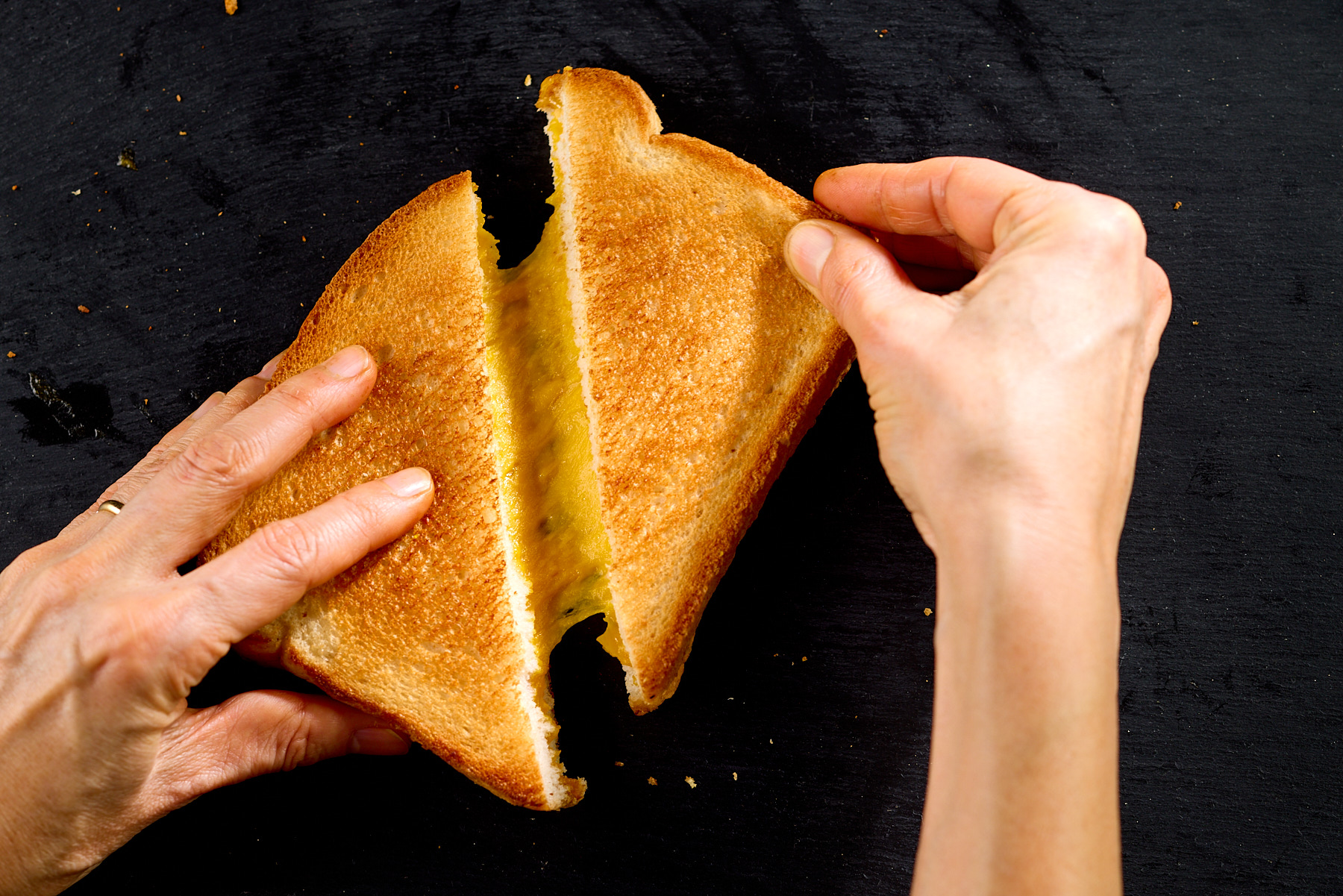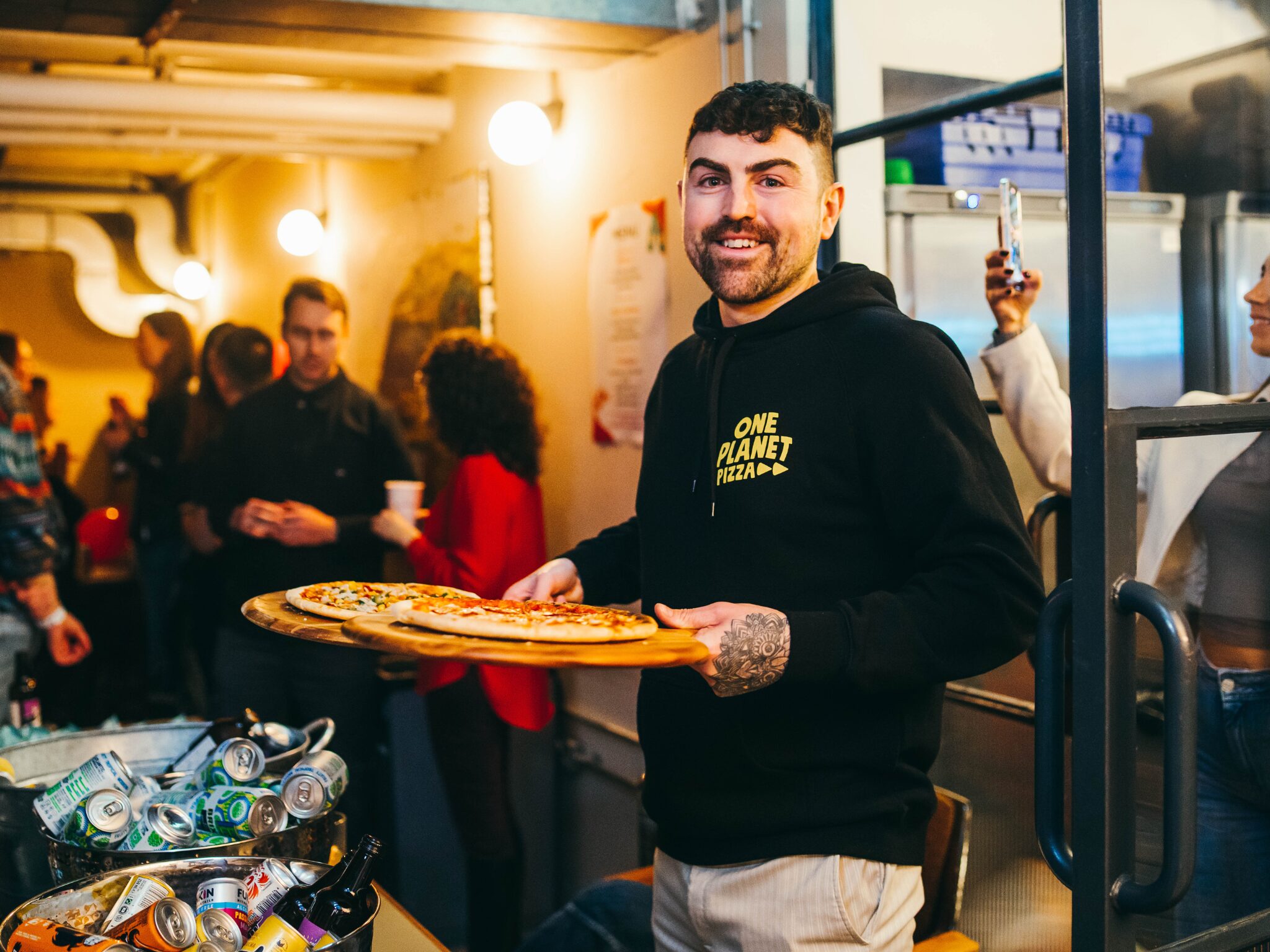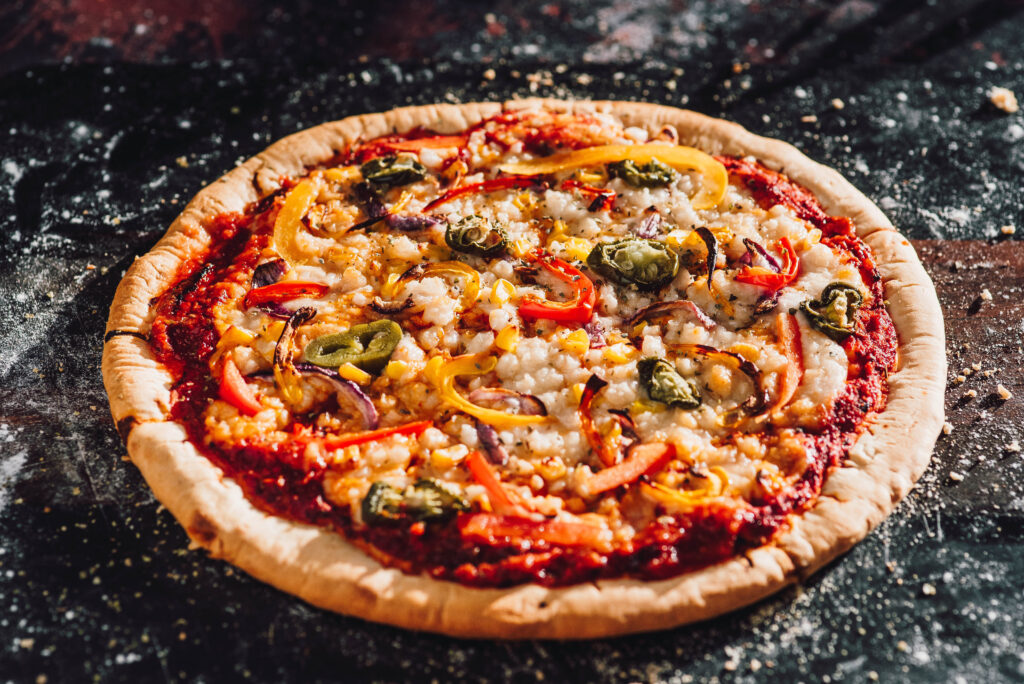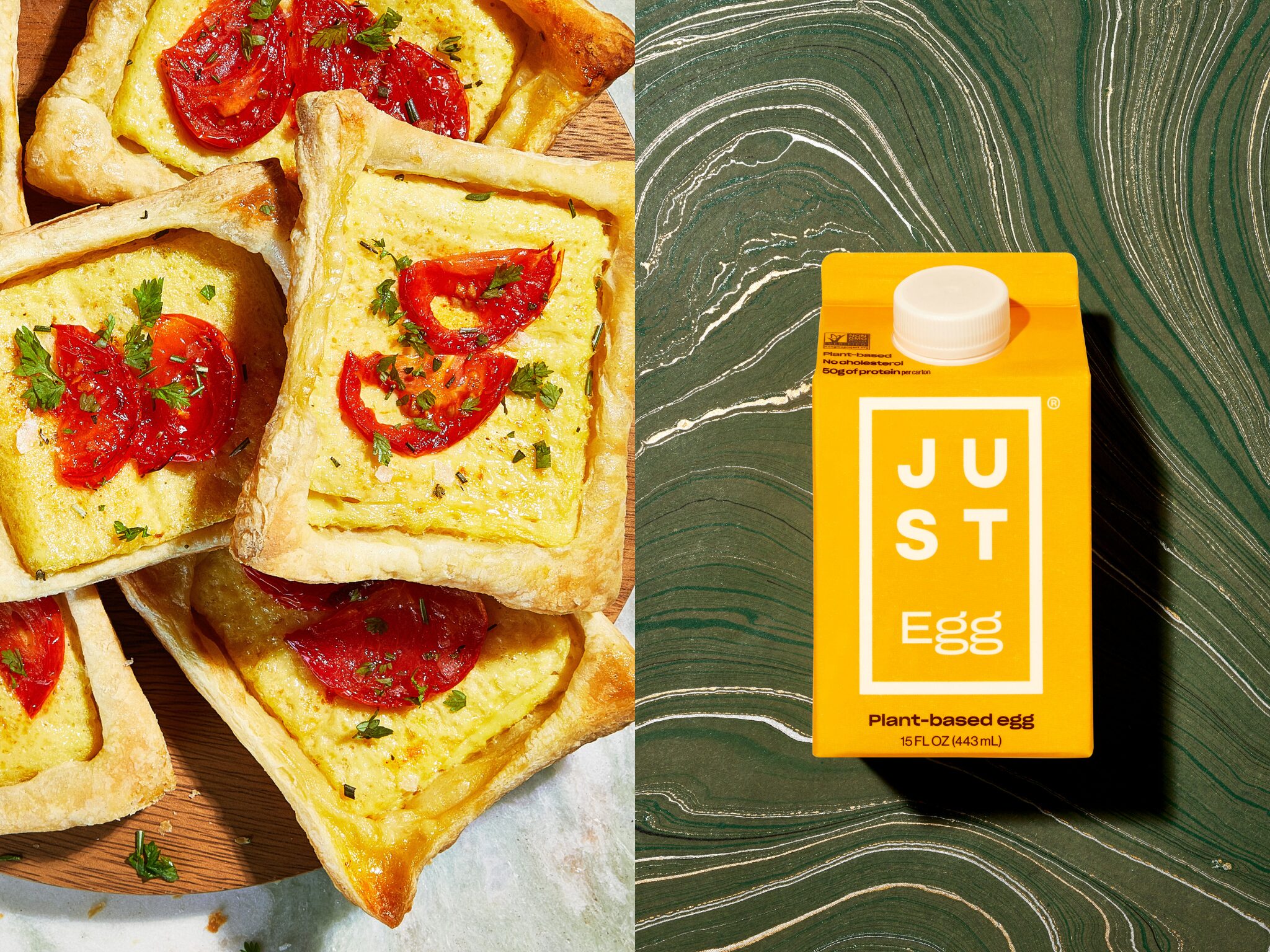
California’s Eat Just has reached a significant milestone, with its plant-based Just Egg completing sales equivalent to 500 million chicken eggs. The development comes weeks after the startup, which owns 99% of the vegan egg market, relaunched its popular mayonnaise lineup.
On the back of a tough year, Eat Just has started 2024 with some positive announcements. First, it brought back its cult-favourite vegan mayo, and now, it has announced that its Just egg line of products has sold the equivalent of half a billion chicken eggs since its debut in 2019.
The lineup has captured 99% of the entire vegan egg market in the US, and it is one of the fastest-growing egg brands – plant-based or otherwise – nationwide.
“We started with a hope that one of the many tens of thousands of plants in nature would be able to scramble like an egg. And a team made up of scientists, engineers and chefs from across the world turned that hope into one of the most innovative and impactful products in the market,” said Eat Just CEO Josh Tetrick.
Just Egg drives company’s growth with major footprint and sustainability credentials
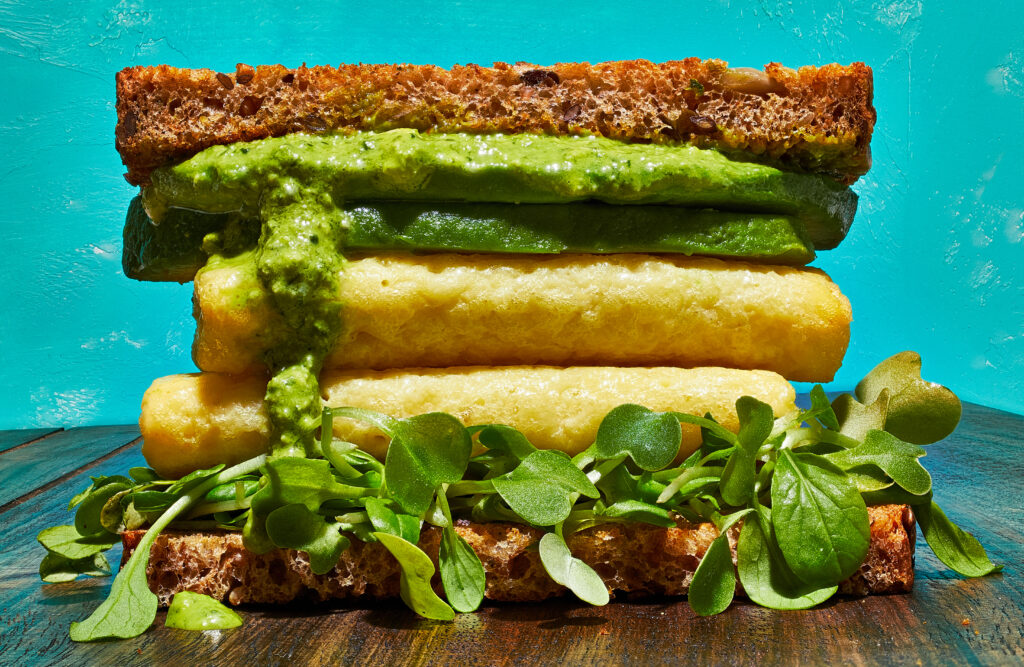
When it was first launched, the mung-bean-based Just Egg came in liquid form. But in 2020, the offering was expanded into a frozen folded format that serves as an alternative toaster eggs. These products are now available in 48,000 retailers, including Whole Foods, Target and Sprouts Farmers Market, as well as over 3,300 eateries and coffee shops in the US and Canada, such as Planta, Barnes & Noble, Caffè Nero, Peet’s Coffee and Philz Coffee.
Last year, the company overhauled the packaging for its pourable egg, switching from a plastic bottle to a paper carton, which it claims is 100% recyclable and would no doubt advance its climate credentials. Using its life-cycle assessment tool CONDOR, Eat Just says its vegan egg uses 98% less water and 83% less land than a chicken egg, while emitting 93% fewer emissions.
Put another way, with the number of eggs it has sold, the company says it has prevented 87 million kgs of CO2e from entering the atmosphere, saved 18.3 billion gallons of water, and averted 26,900 acres of land from being farmed for soy and corn to feed chickens.
Just Egg has been the major growth driver for Eat Just (which is also the parent of cultivated meat company Good Meat), with Tetrick telling Green Queen in November that the vegan eggs make up 99.9% of its current revenue. He noted that Just Egg saw a 173-percentage-point increase in income (before non-operational expenses are taken into account) – aka EBITDA – in the first half of 2023 compared to all of 2022, while witnessing an 80-point growth in gross margin.
“Our business plan is on track to achieve break even in 2024, with half of our current SKUs selling at a positive margin today,” said Tetrick, who was named in the TIME100 Climate list last year.
Profitability highlights 2024 plans for Eat Just
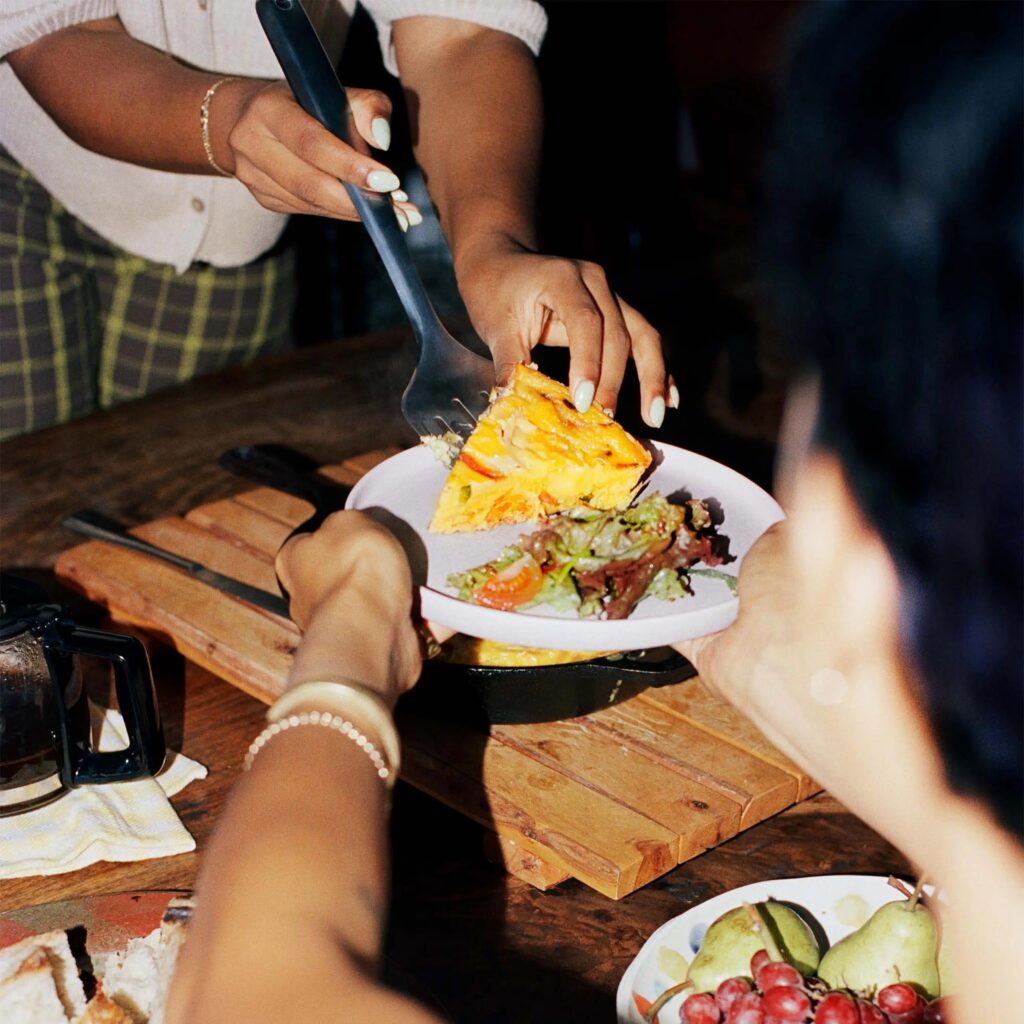
The news comes a month after Eat Just, which has raised over $850M to date, reintroduced its Just Mayo to retail shelves following a four-year hiatus. It was the brand’s latest step towards reaching profitability after a challenging 2023, when it emerged the company had been under financial stress and facing a cash crunch. Good Meat has been involved in a number of lawsuits, and last month filed counterclaims against one of its suppliers.
“Challenges, doubts, and unforeseen hurdles have not stopped Eat Just from continuing to drive innovation in plant-based foods to give consumers better choices and more ways to change the food system for the better every time they sit down to a meal,” a company spokesperson told Green Queen after the Mayo launch.
They reiterated that financial sustainability and breaking even remained the main focus. “It’s the most important objective of the company and the team is focused on increasing the probability of achieving it,” the representative said, adding that the company’s goal for 2024 was “to sell healthier, sustainable products to millions of consumers in a way that enables the company to sustain itself in the long term”.
While Just Egg is a market leader in its space – which includes companies like Follow Your Heart, Simply Eggless and Bob’s Red Mill – the vegan egg sector itself just makes up 0.5% of the total US egg market, as of 2022. In terms of units, while plant-based eggs grew by sevenfold between 2019-22 to reach 10 million sales, animal-based egg sales were around 2.3 billion.
Moreover, the number of American households buying plant-based eggs was just 2% in 2022 – but the sector has outpaced dollar sales growth for animal-derived eggs, growing by 348% versus 67% for the latter from 2019-22, albeit with a much smaller base. It highlights the progress – and potential – of plant-based eggs, and the scale of the industry these companies are trying to disrupt.
Tetrick, whose company is planning to launch more products this year, put it best: “We’re 500 million steps closer to a more sustainable food system, but we’ve got a long way to go.”
The post In Five Years, Plant-Based Pioneer Just Egg Has Sold Half a Billion Worth of Eggs appeared first on Green Queen.
This post was originally published on Green Queen.
